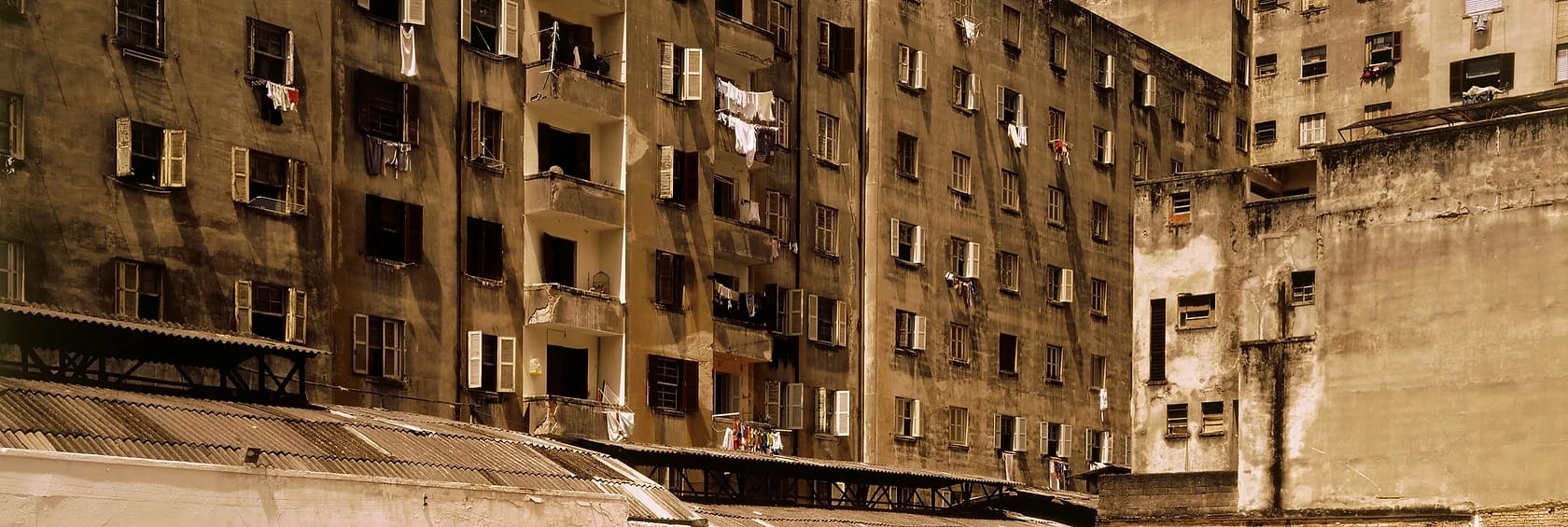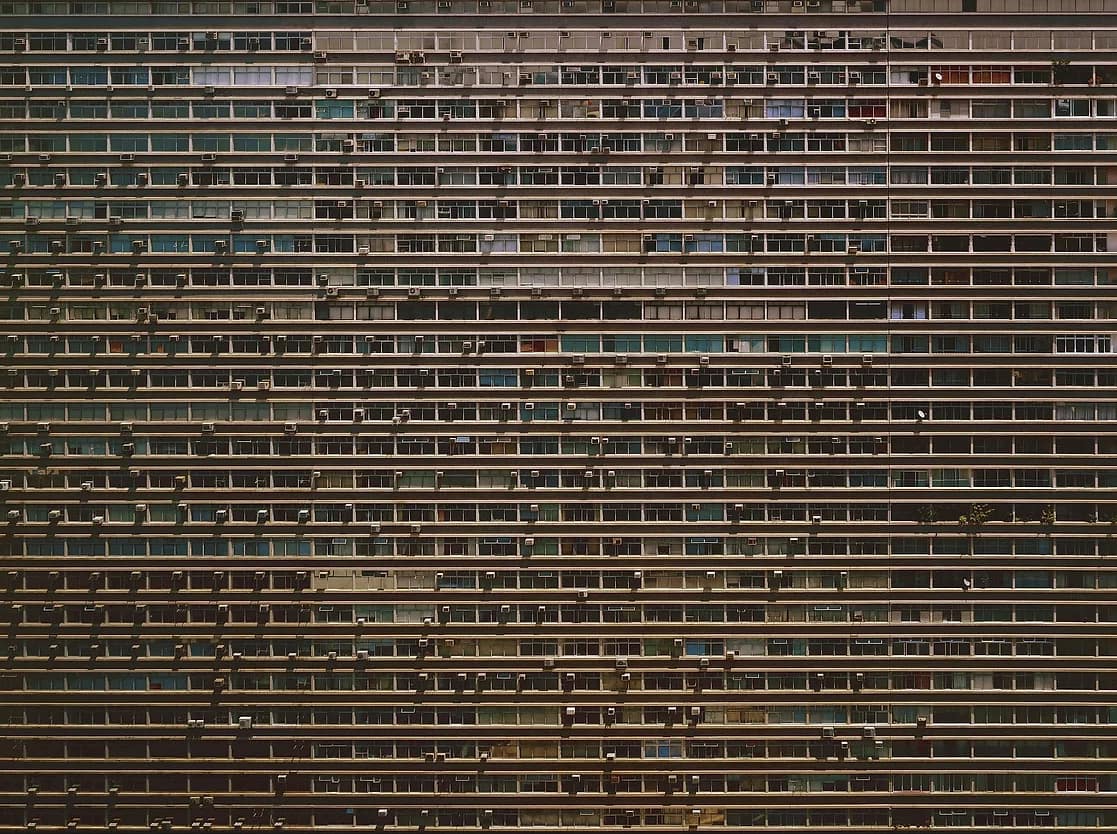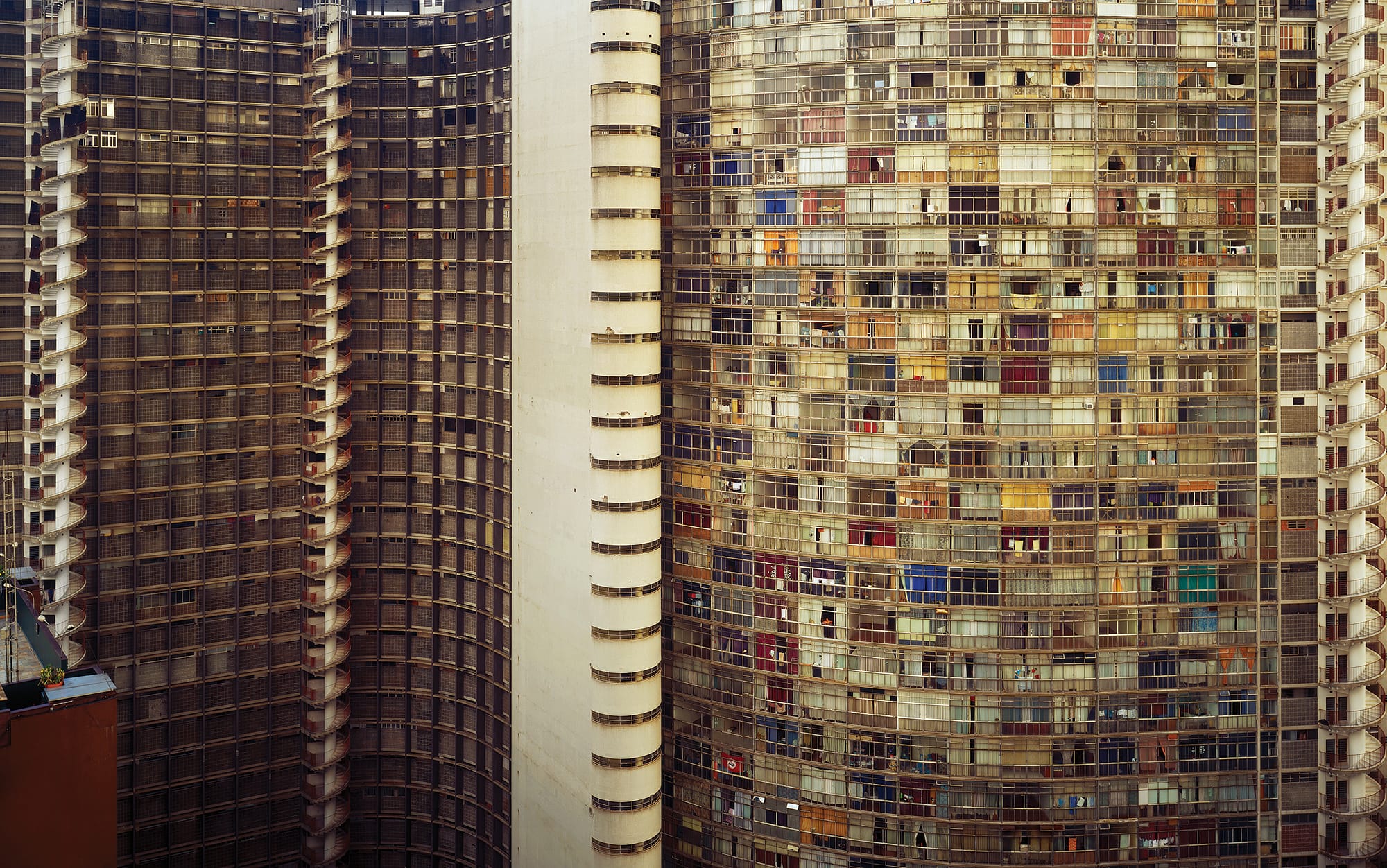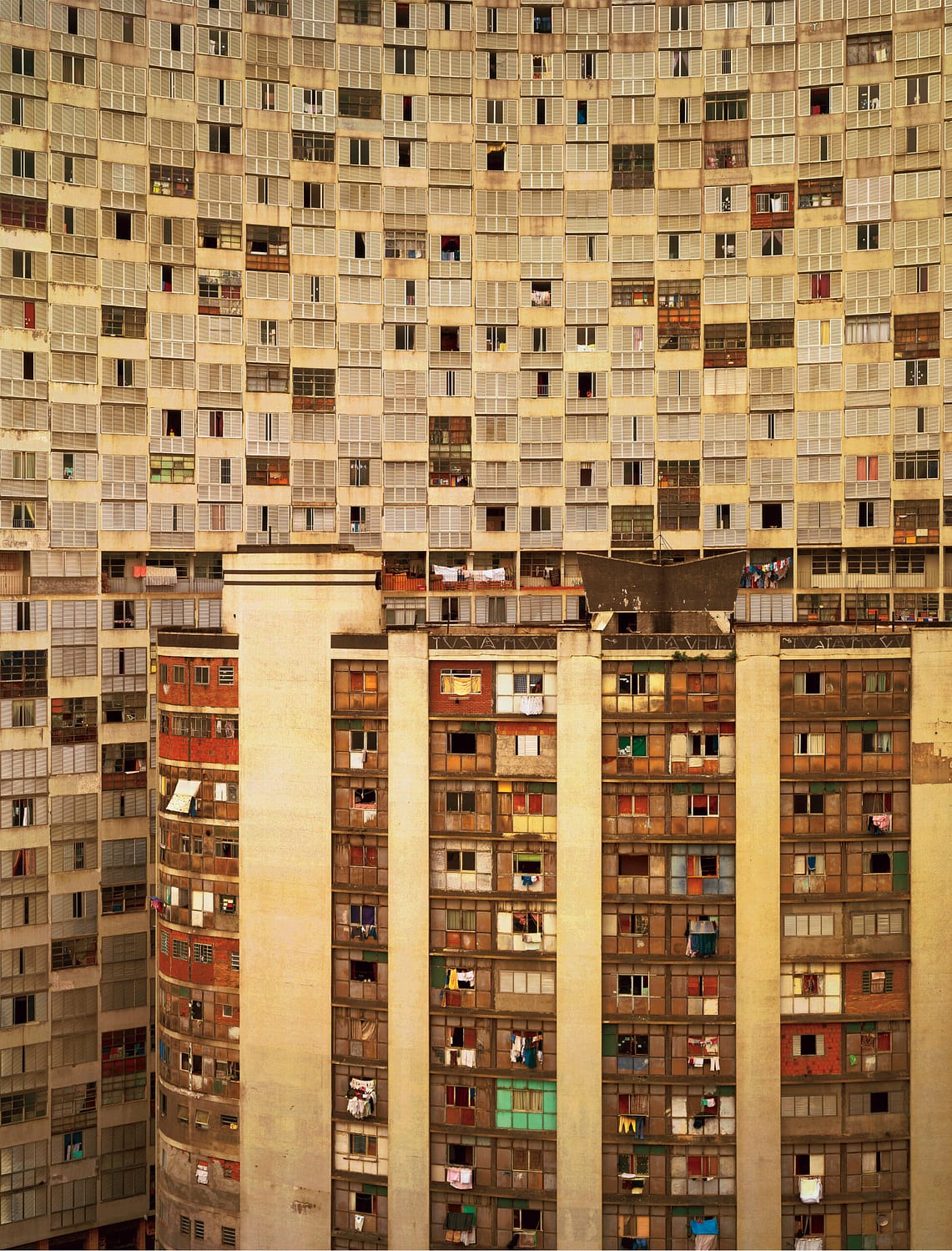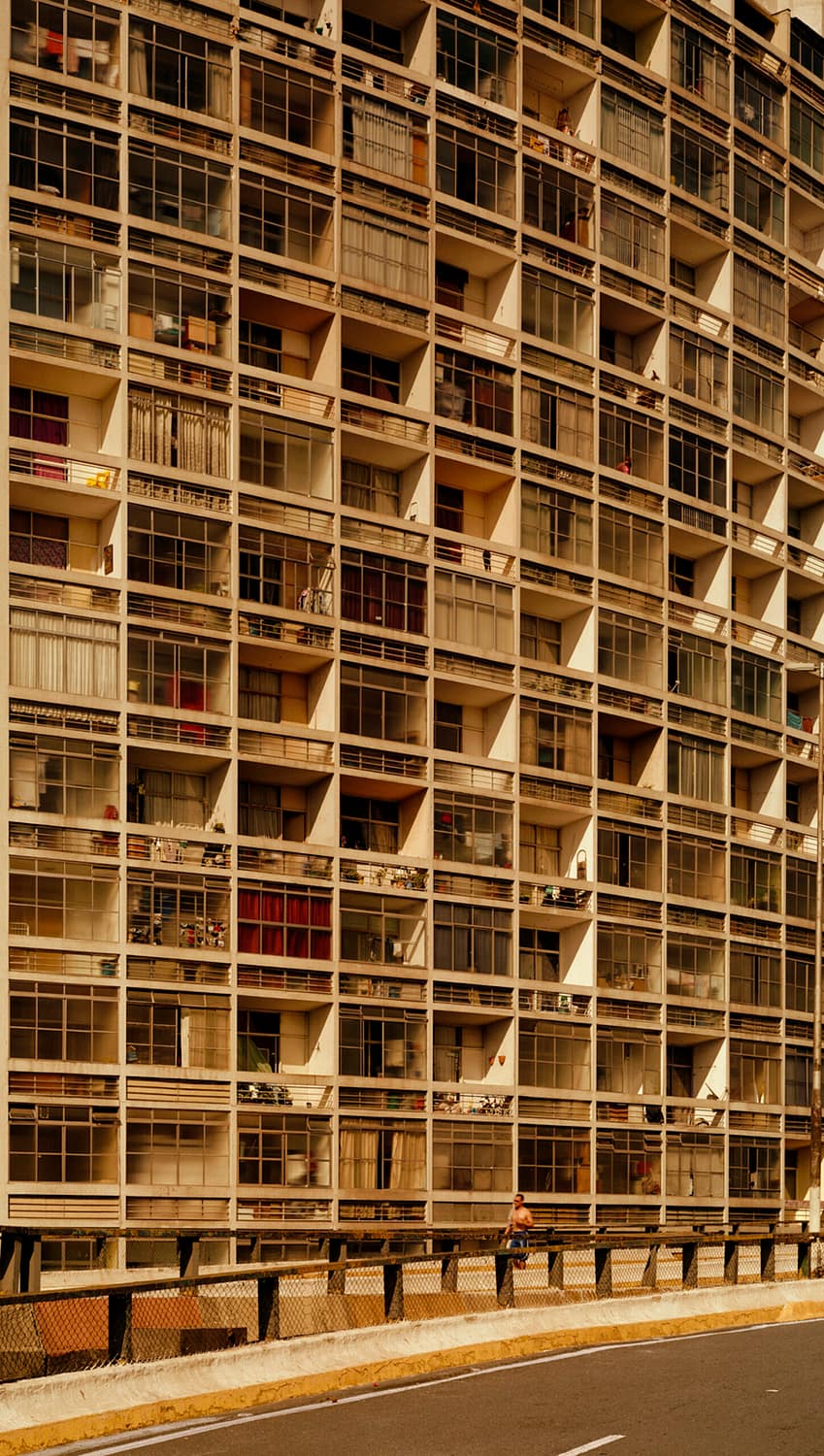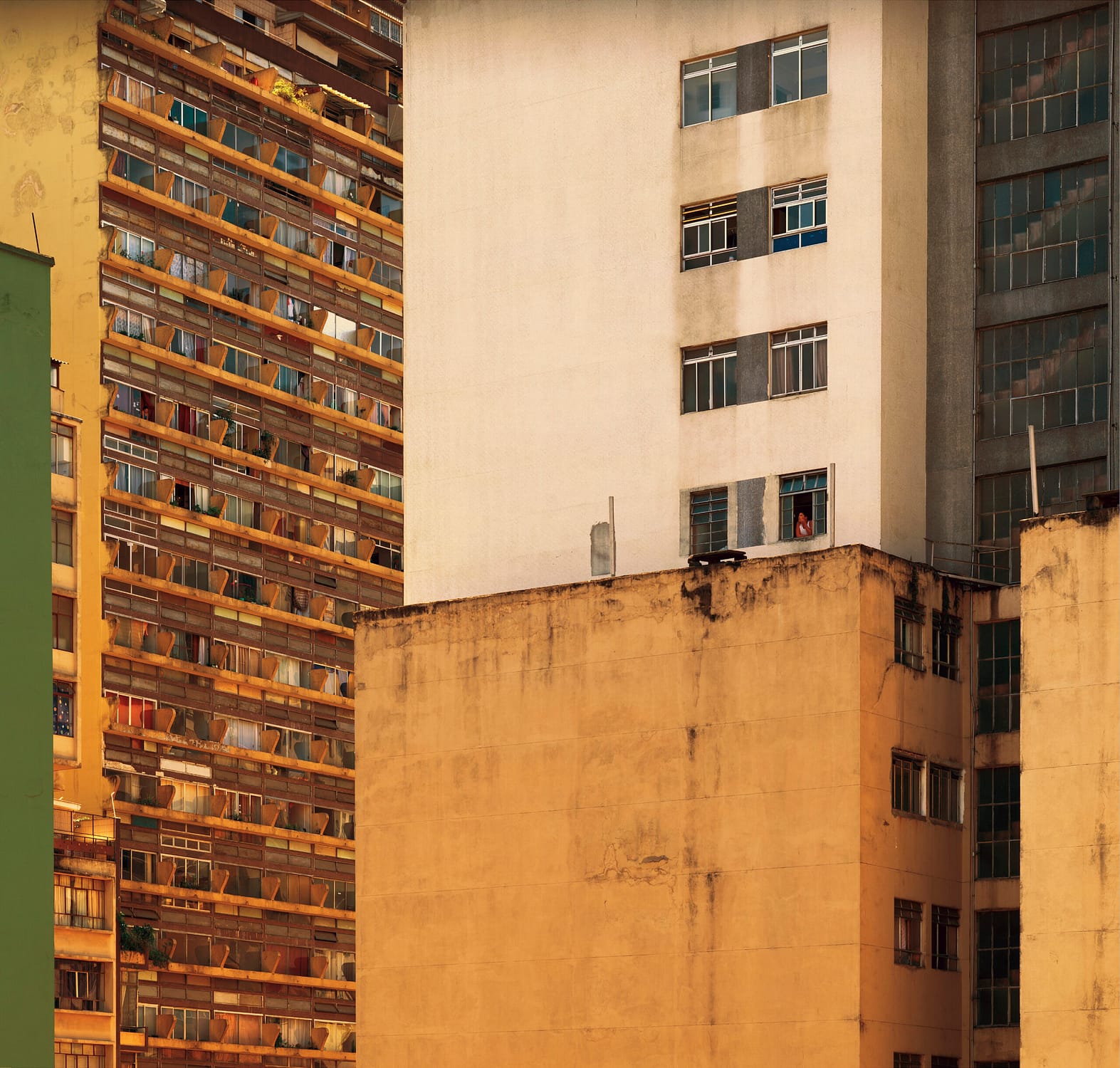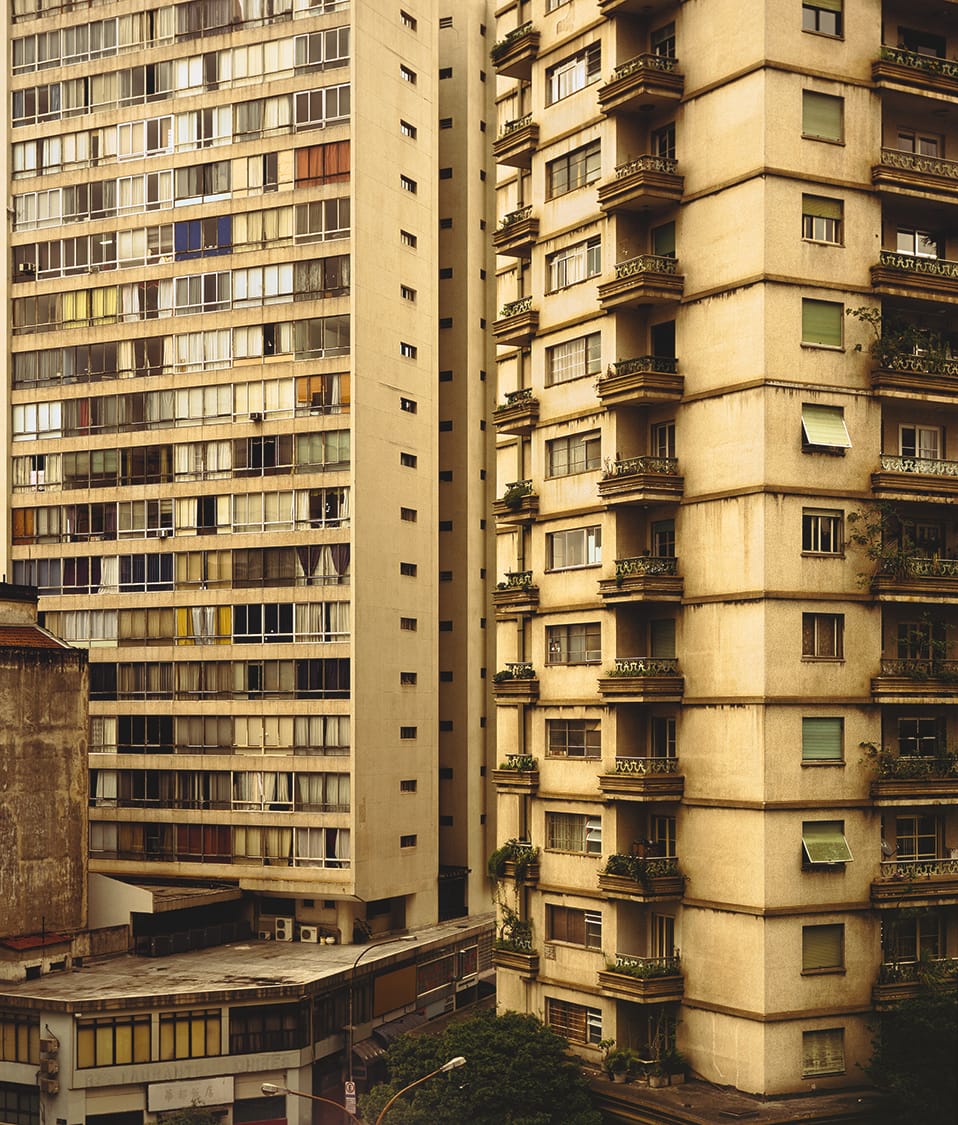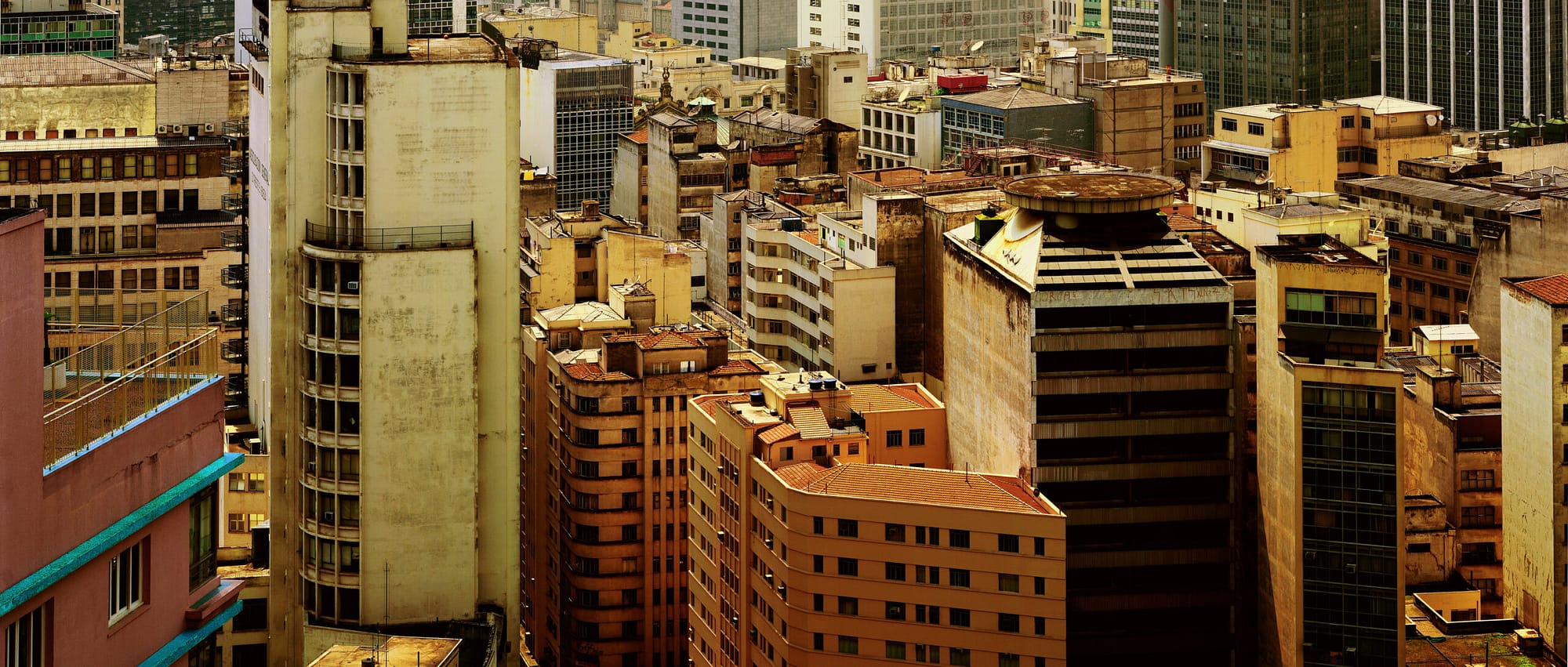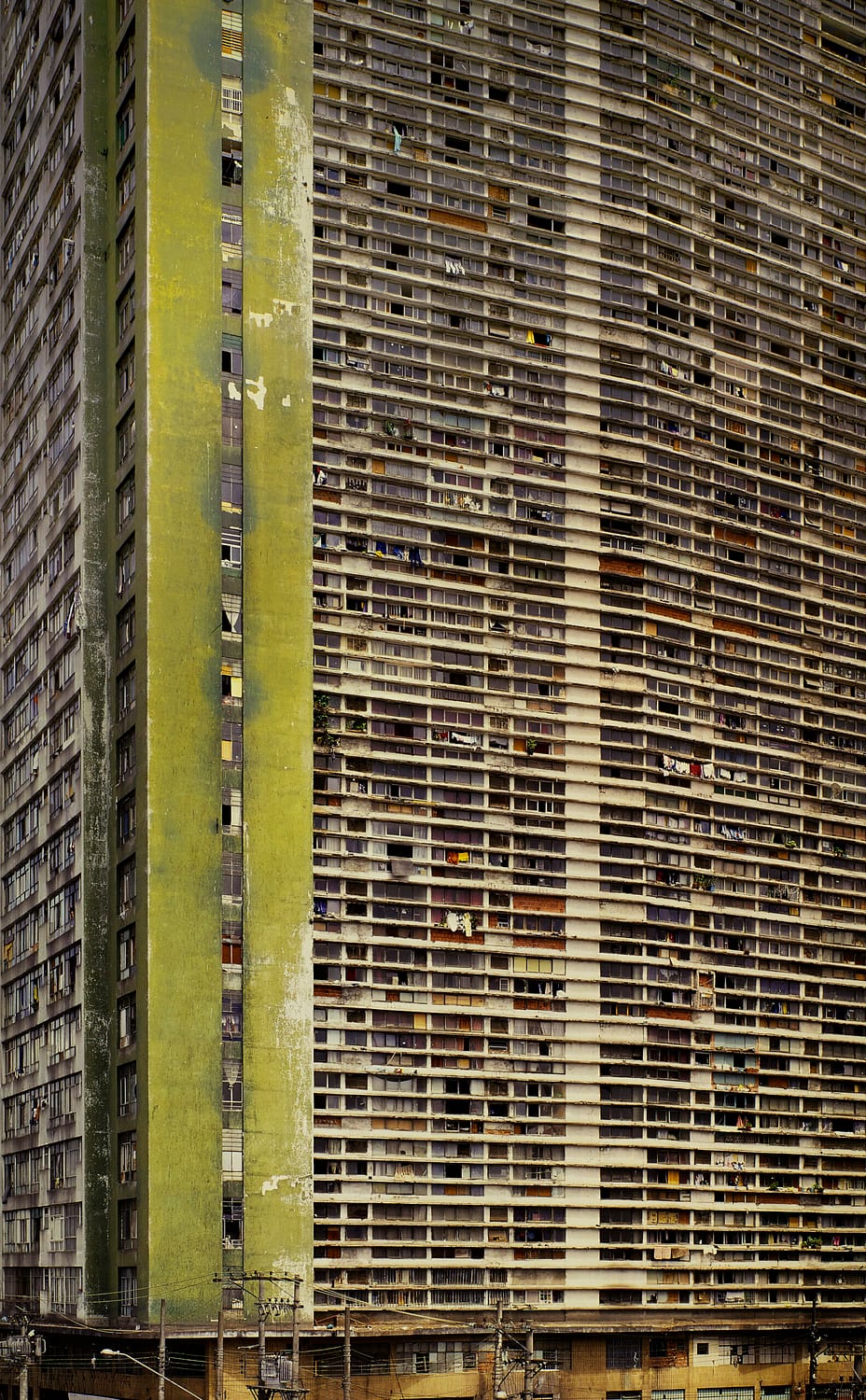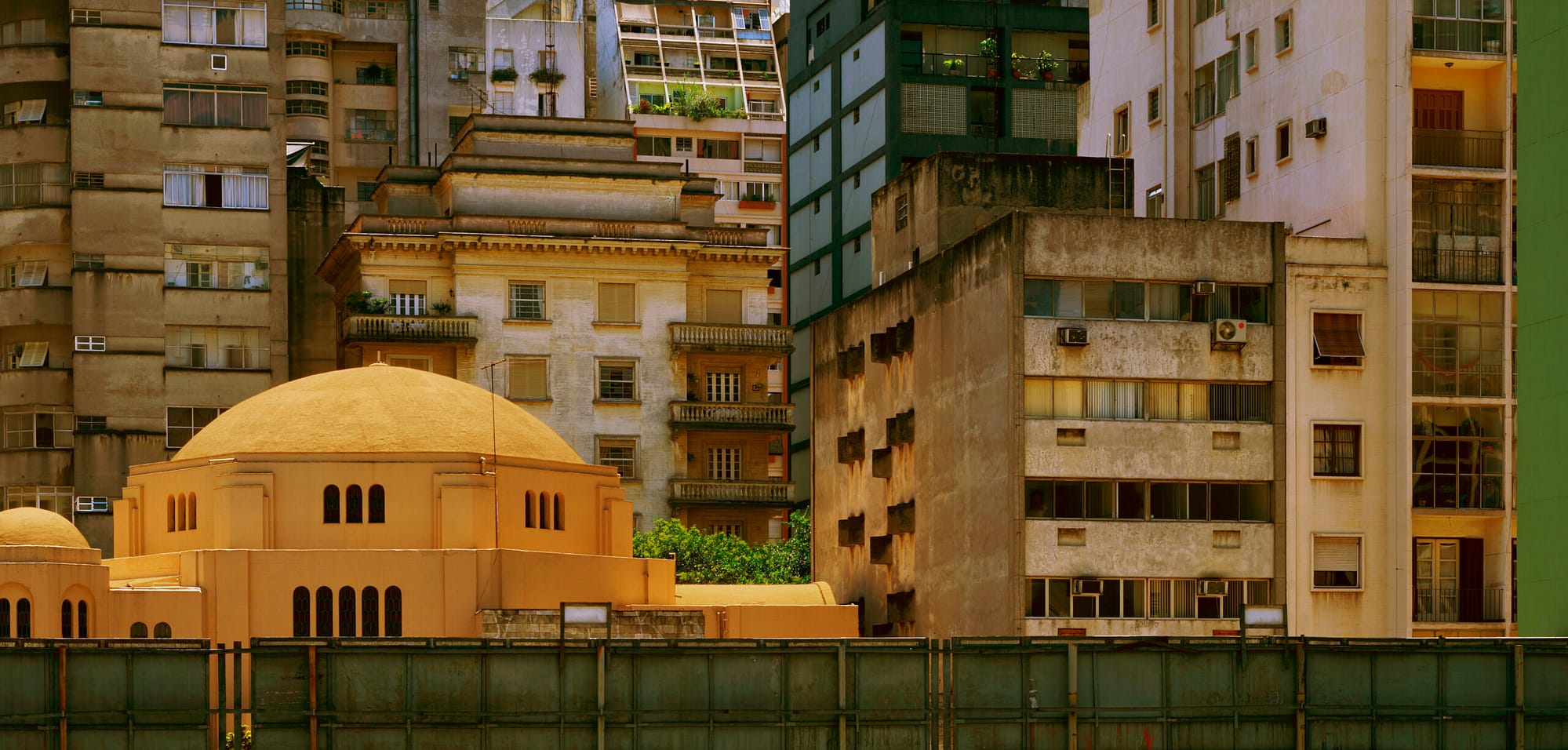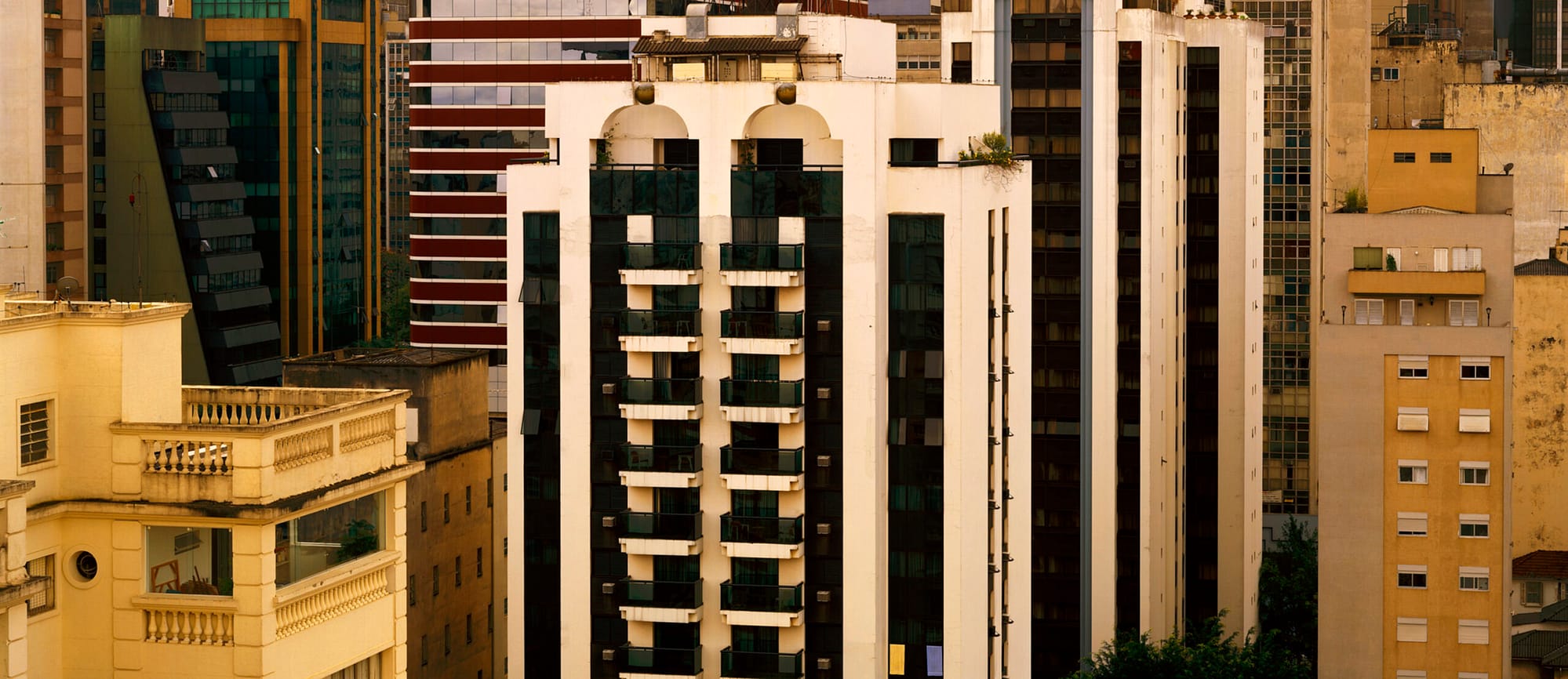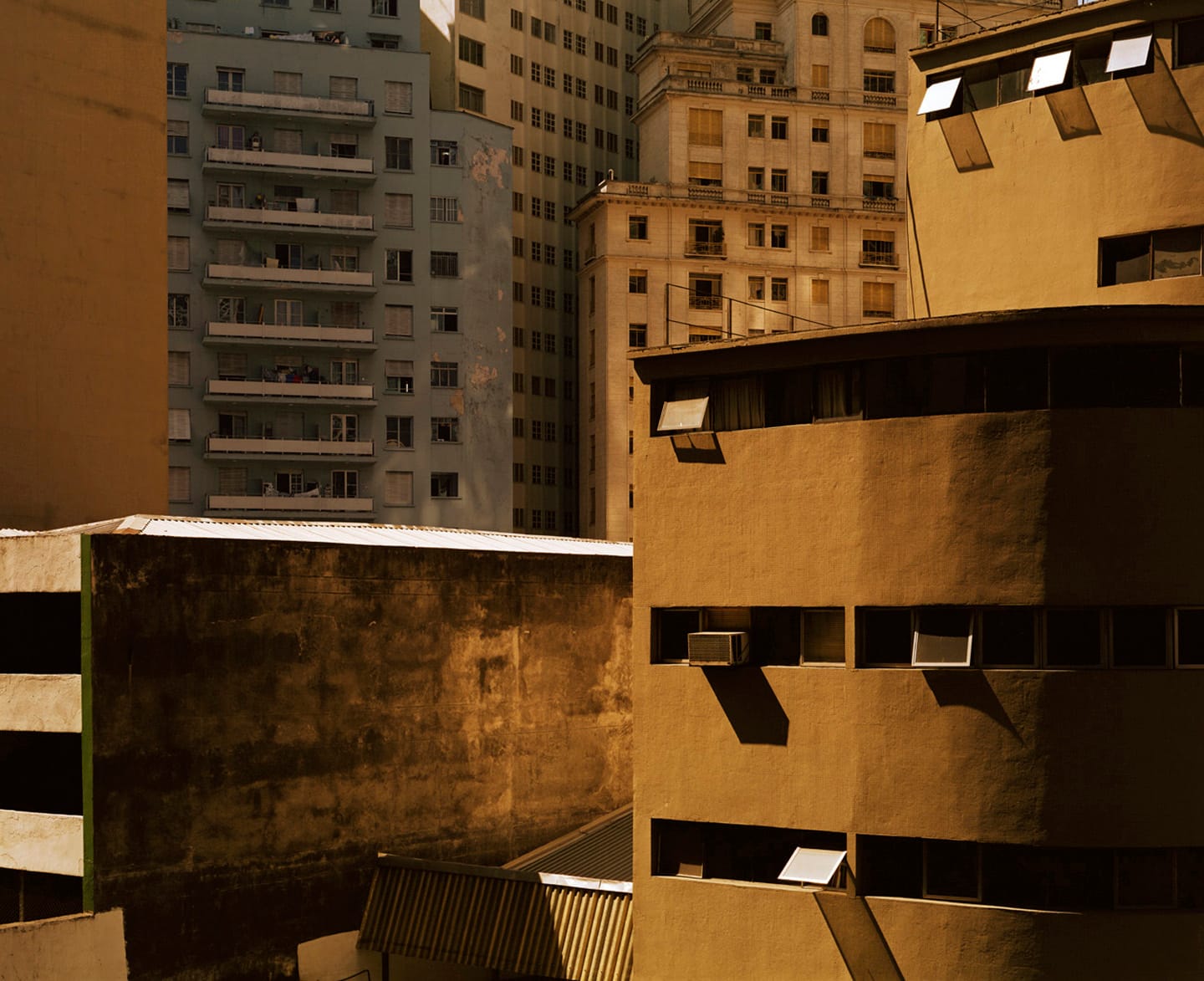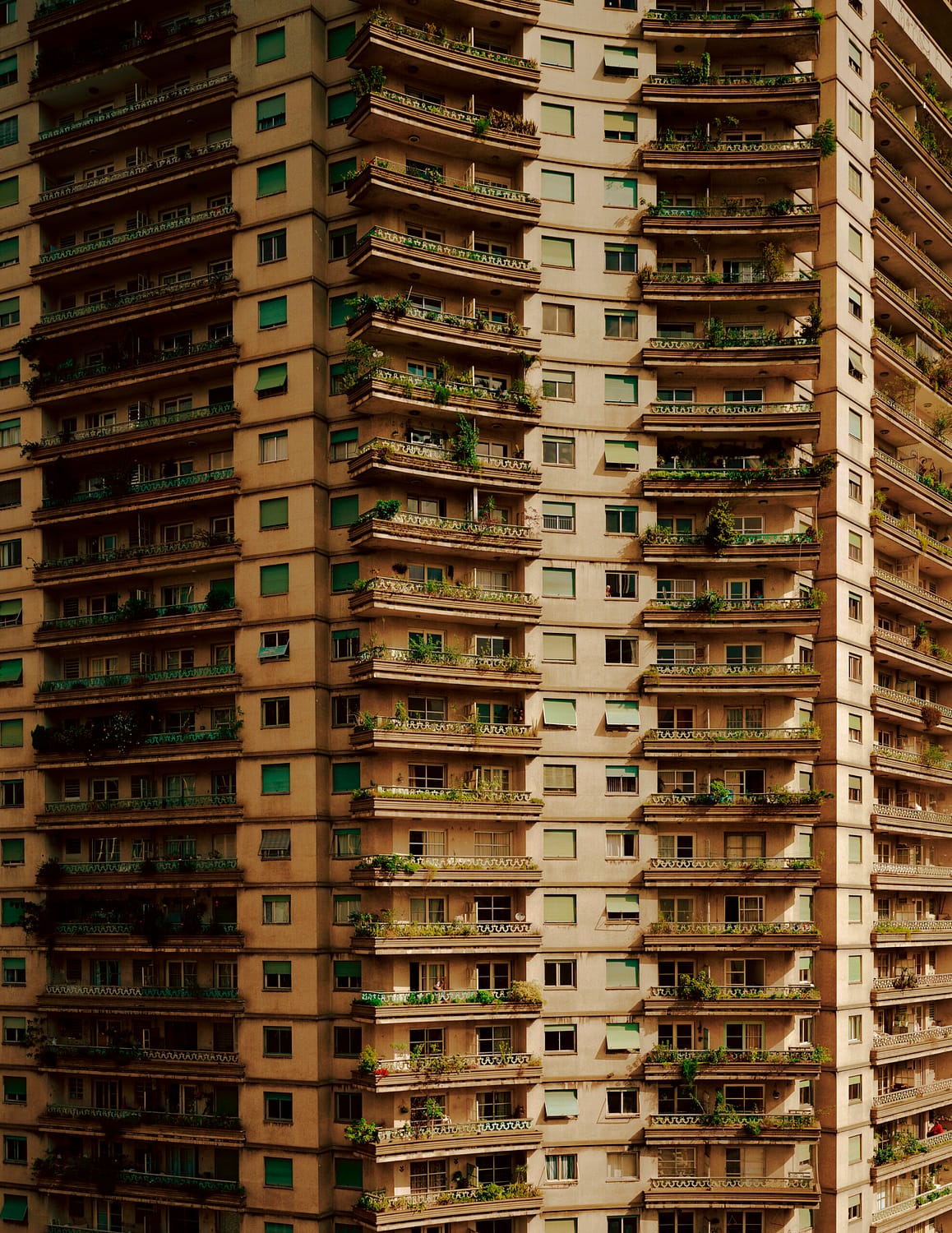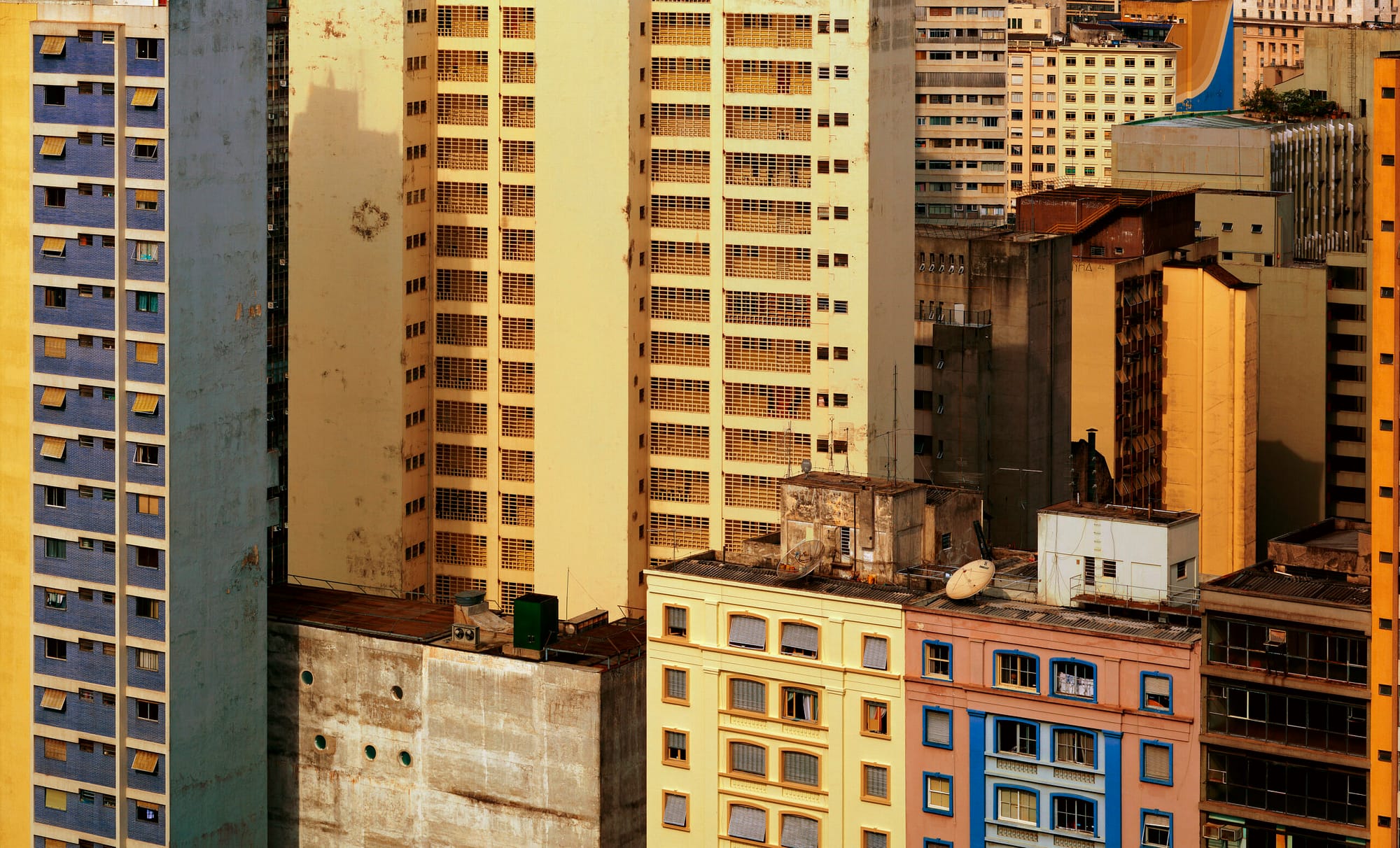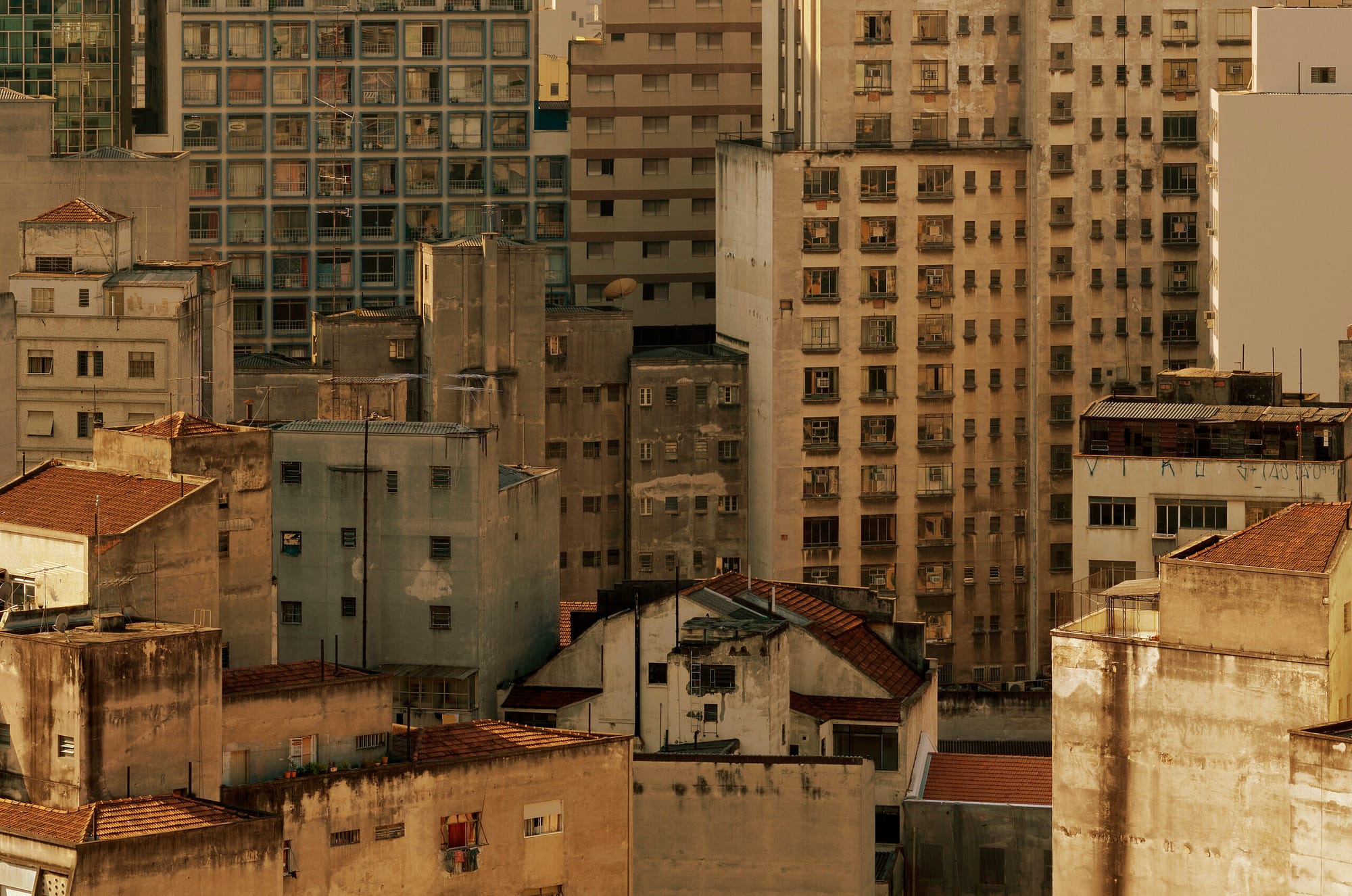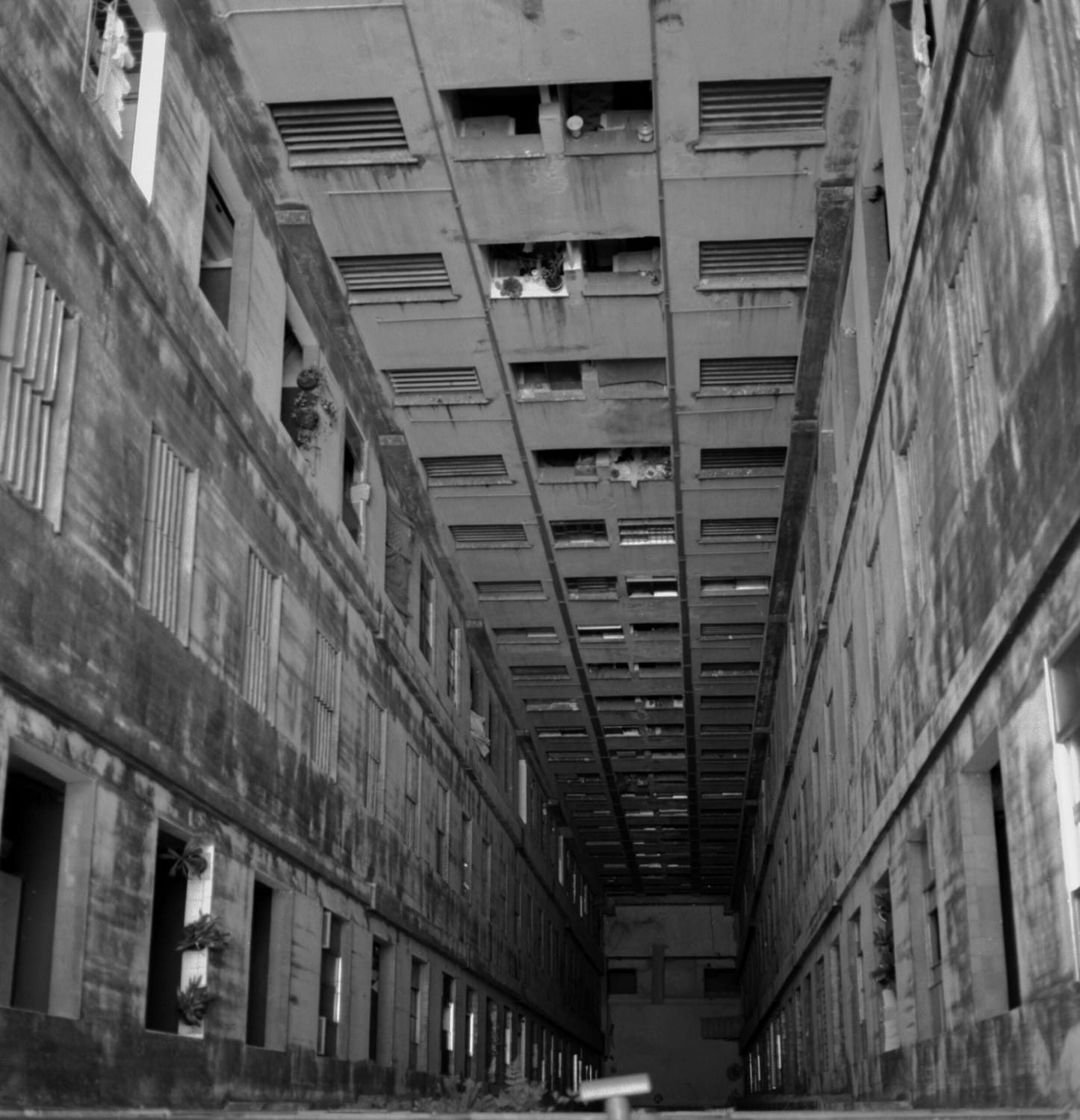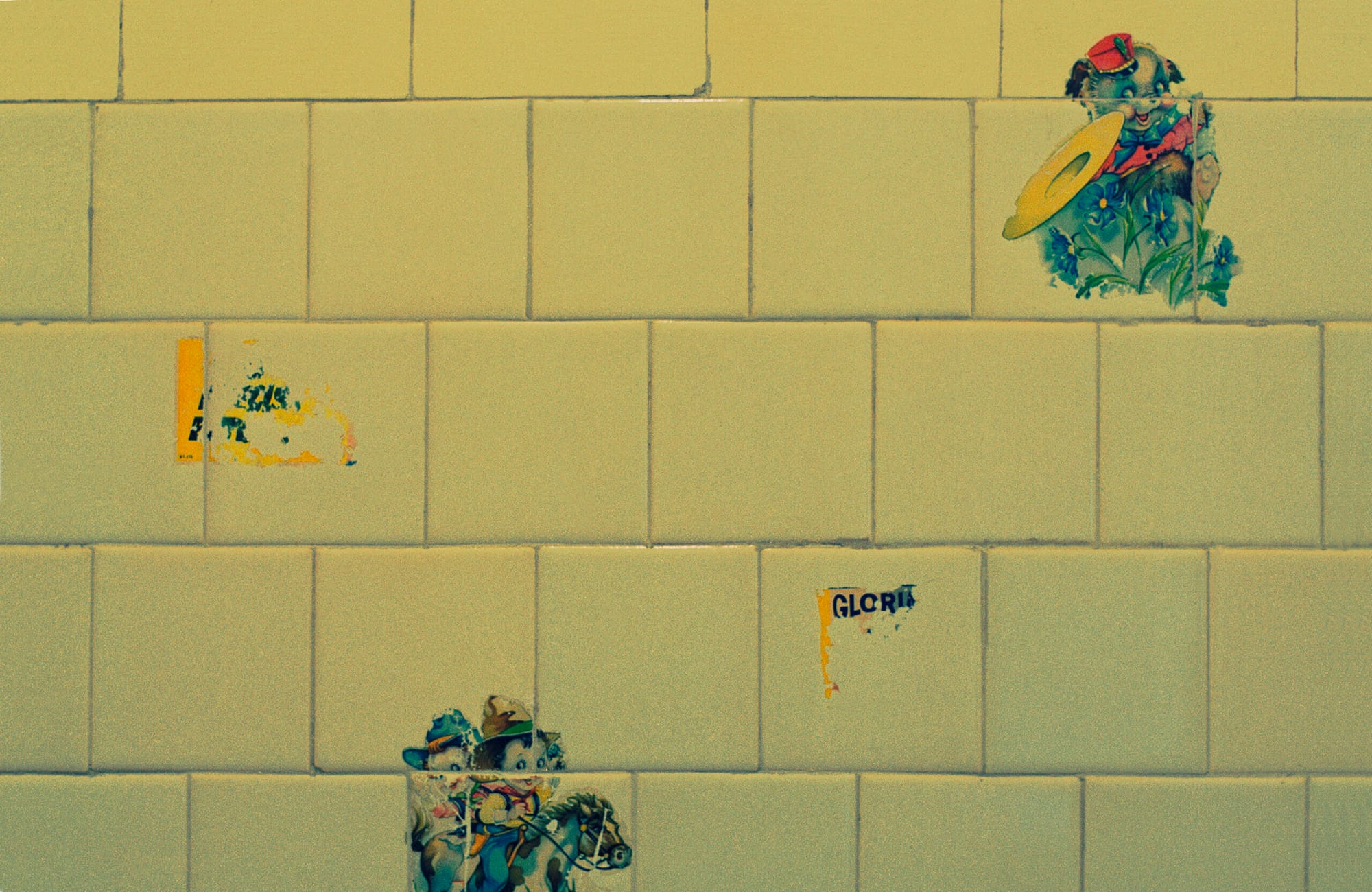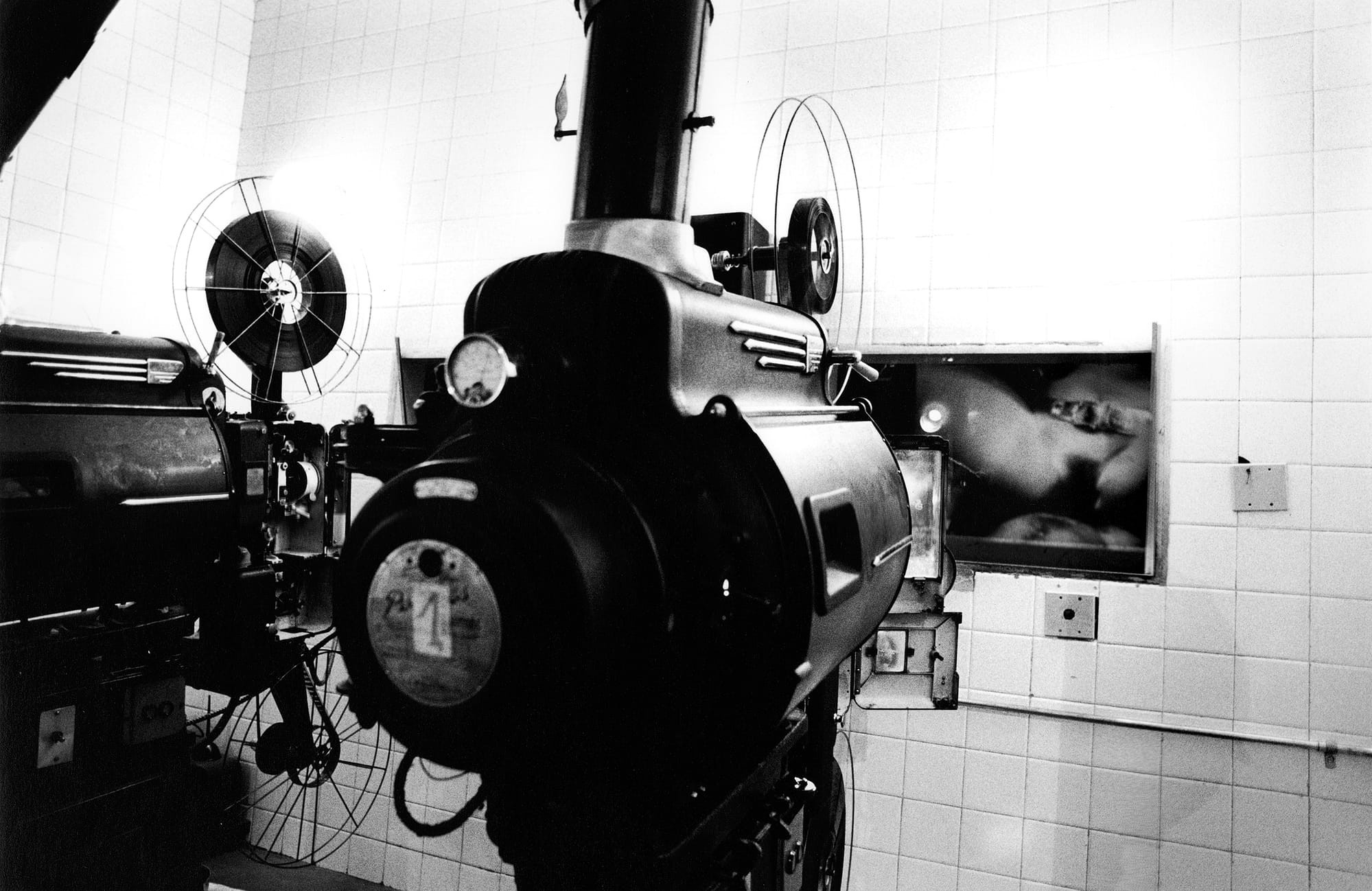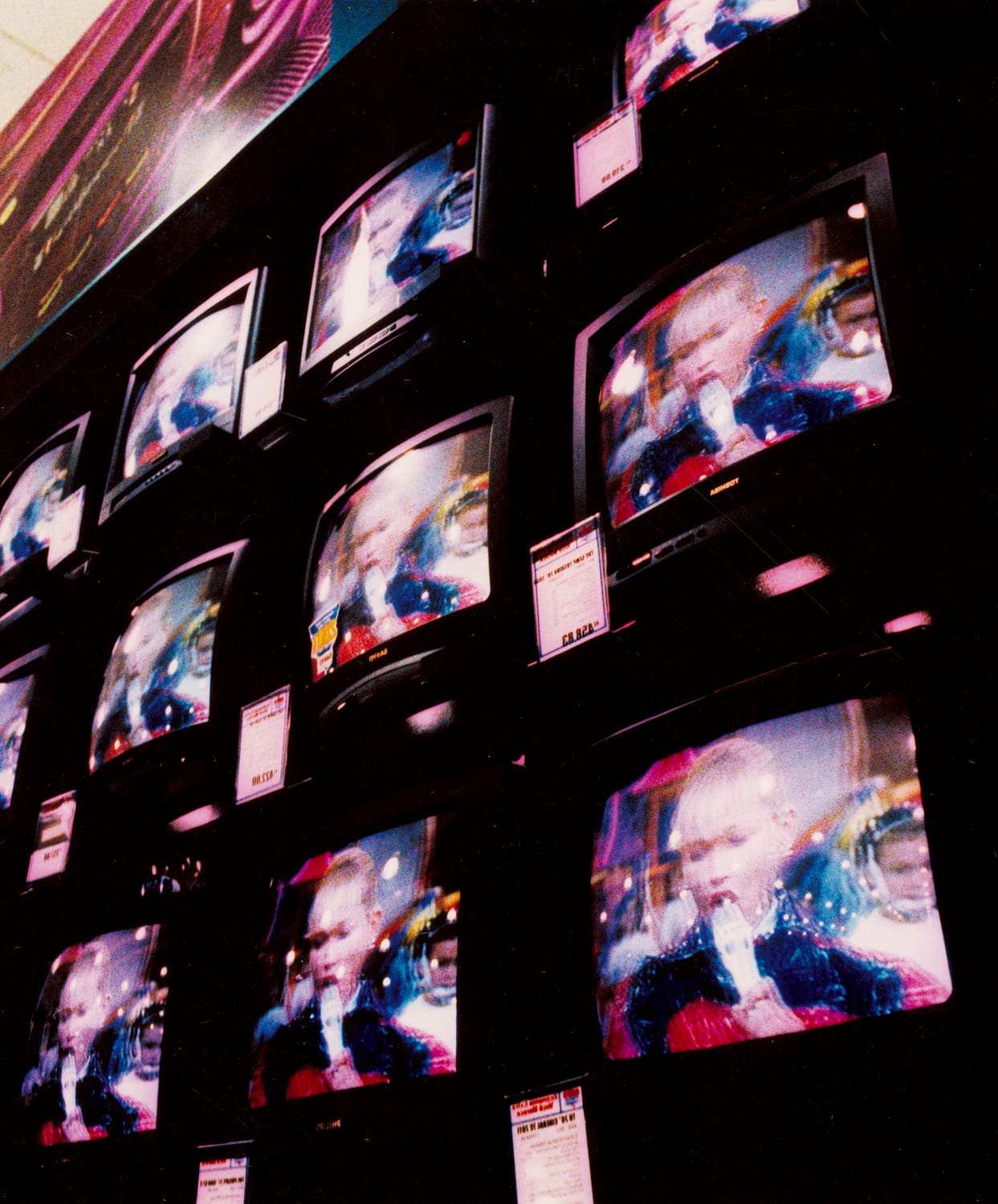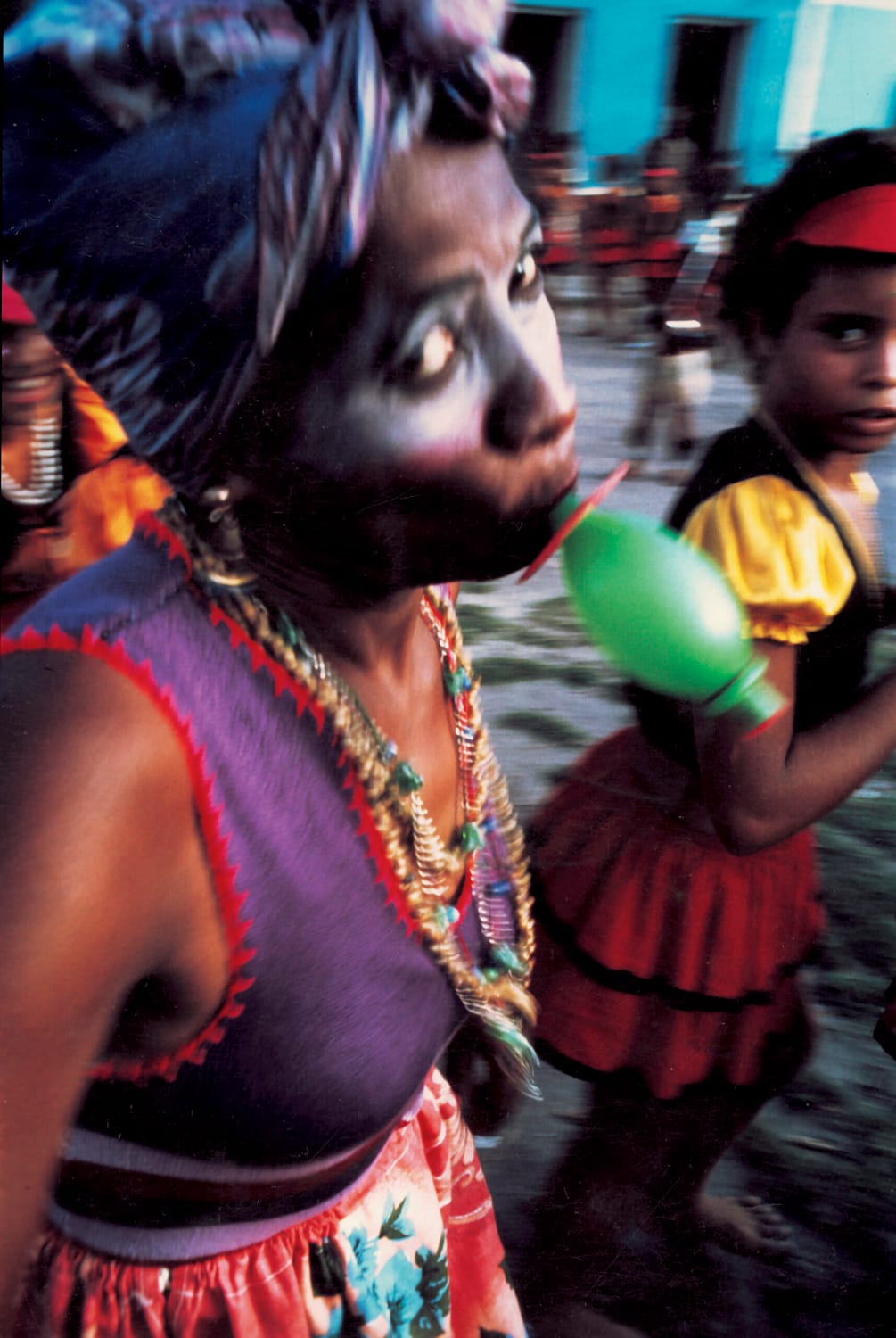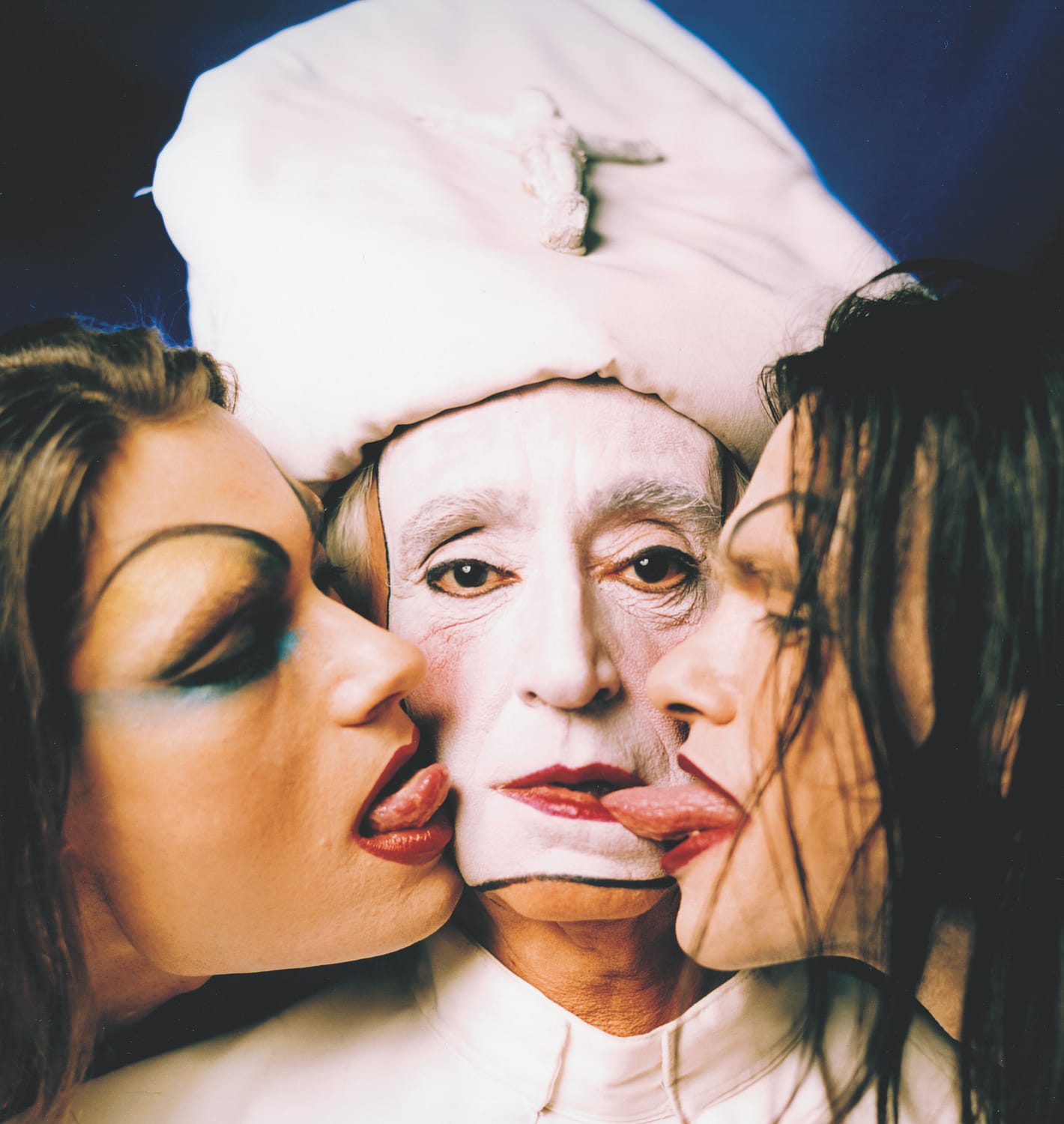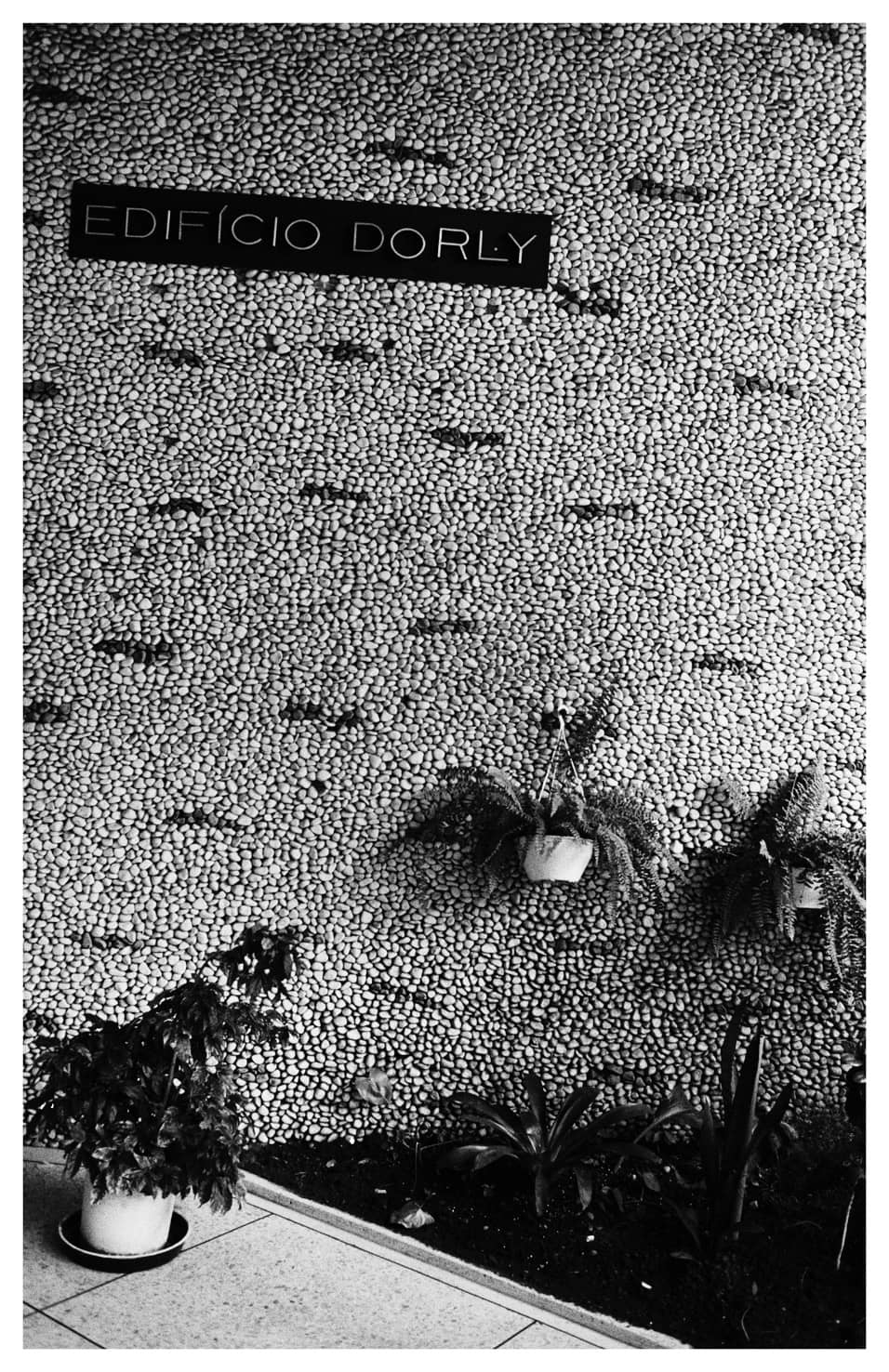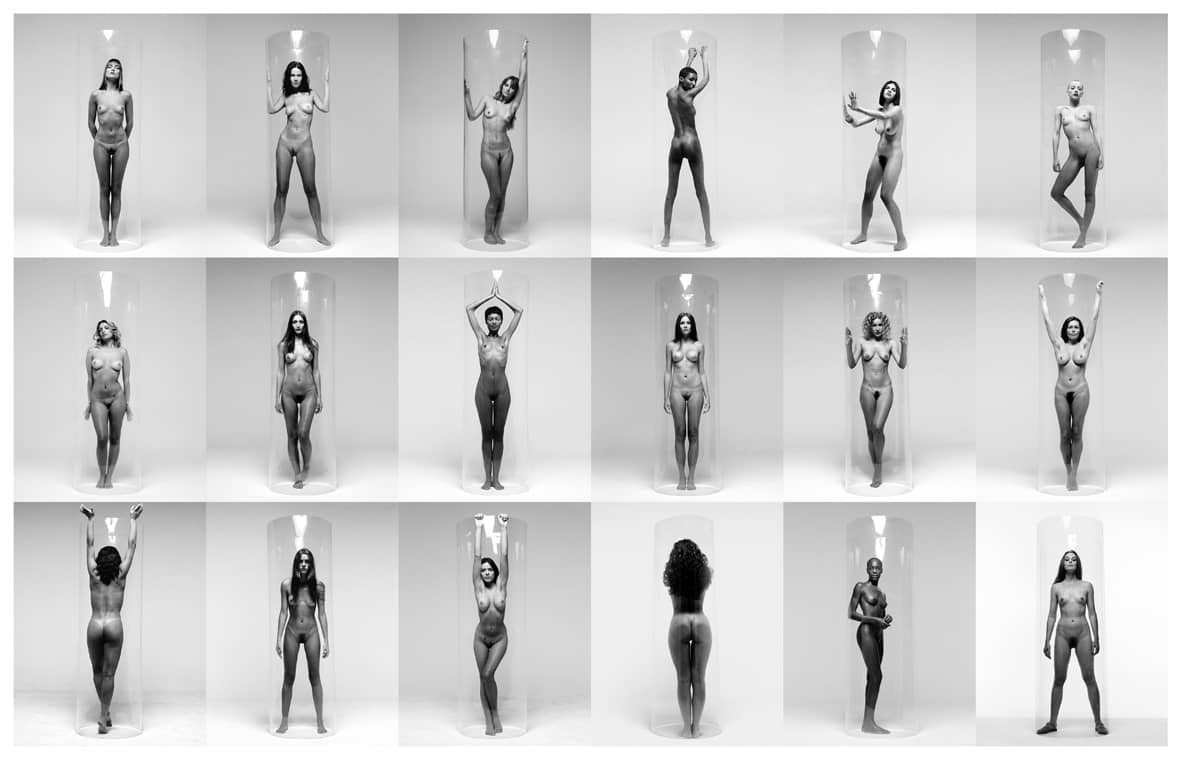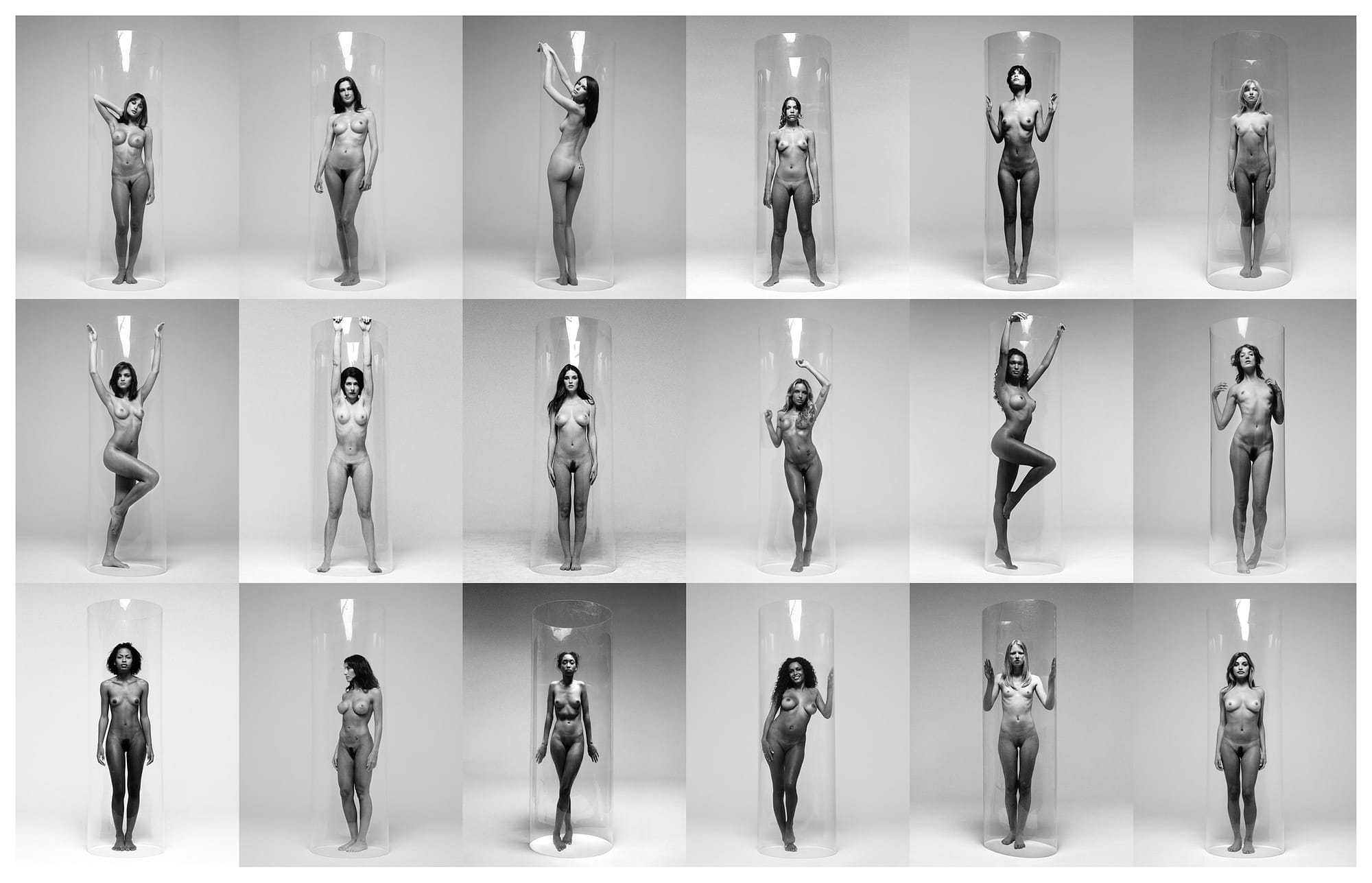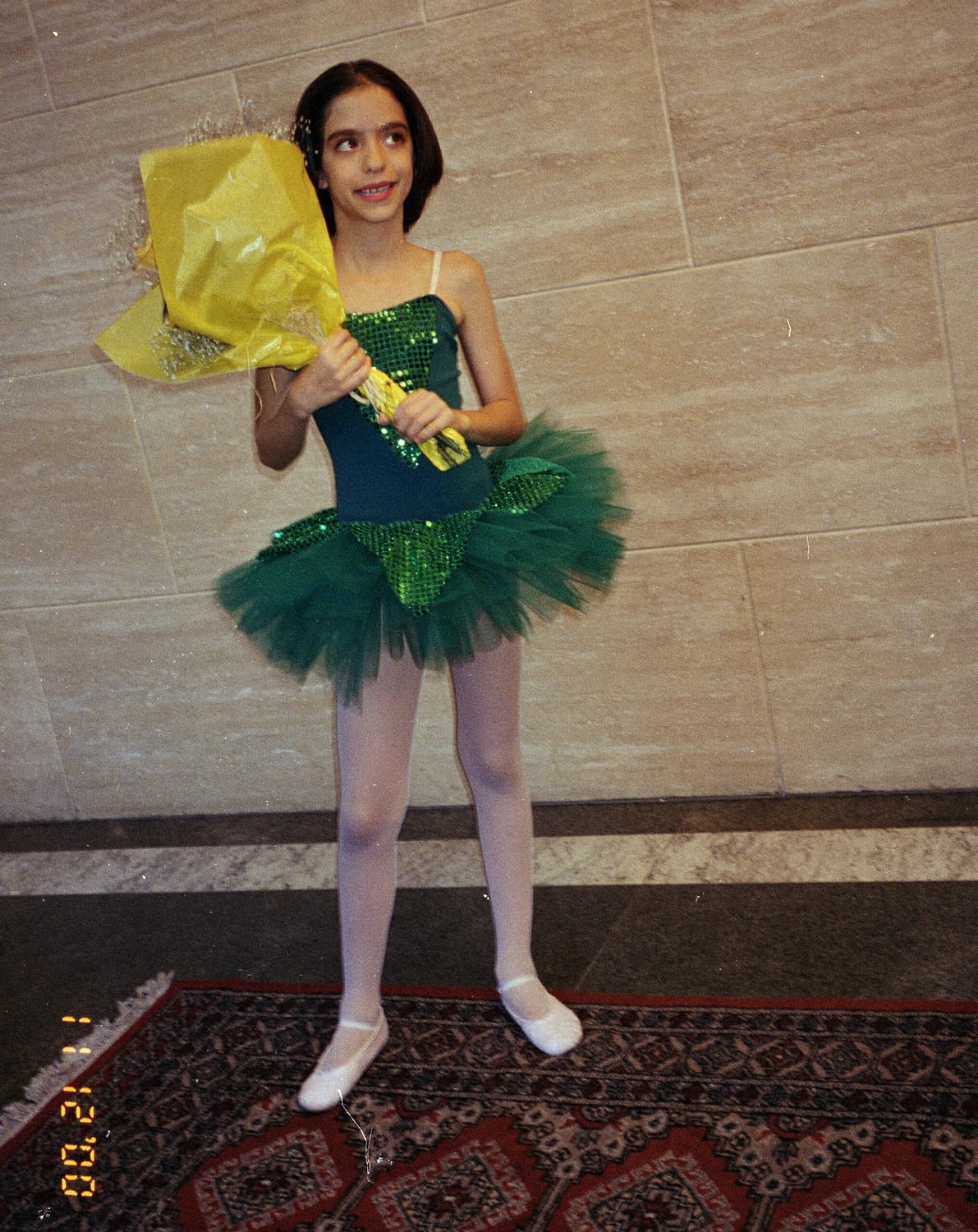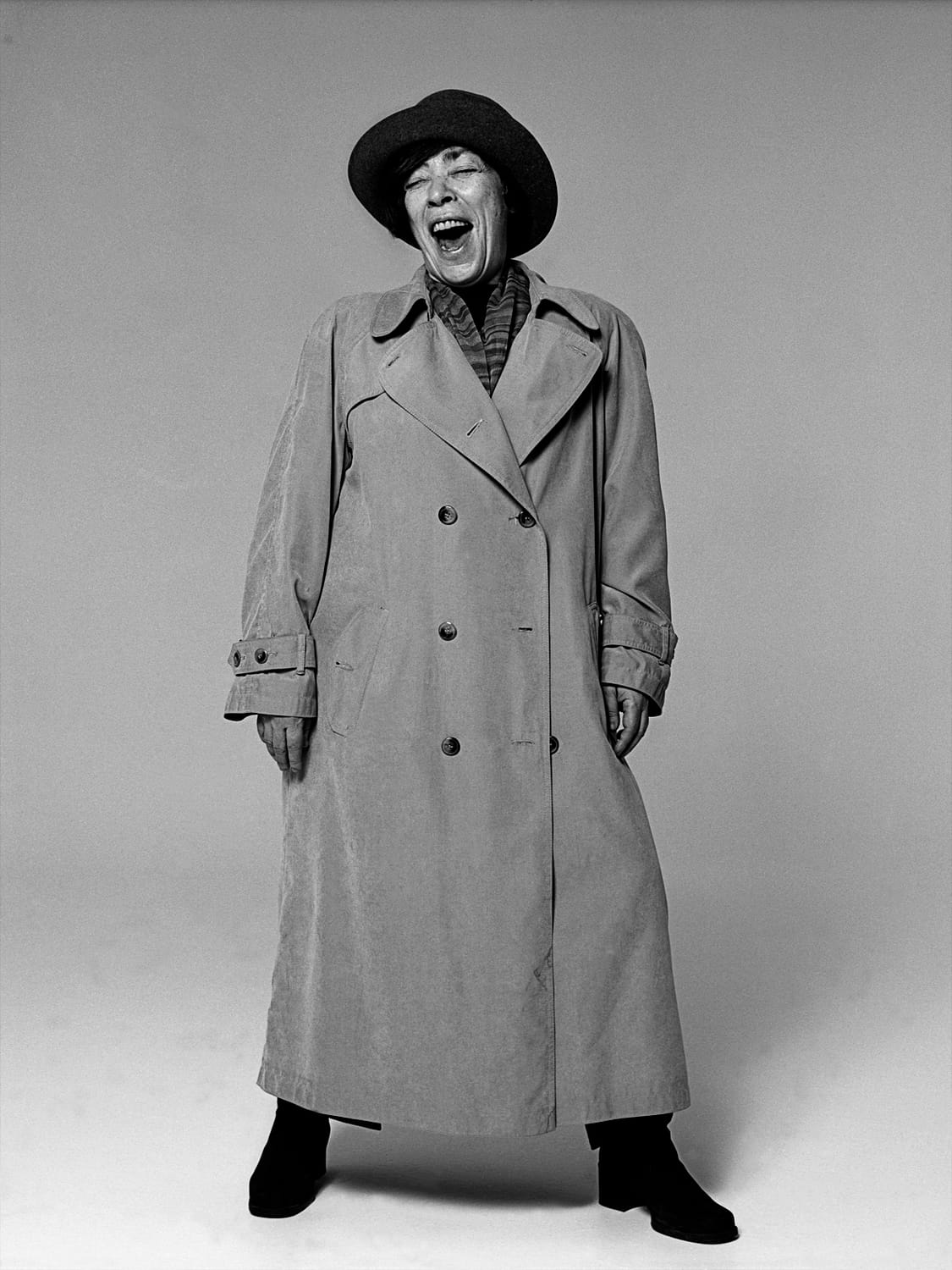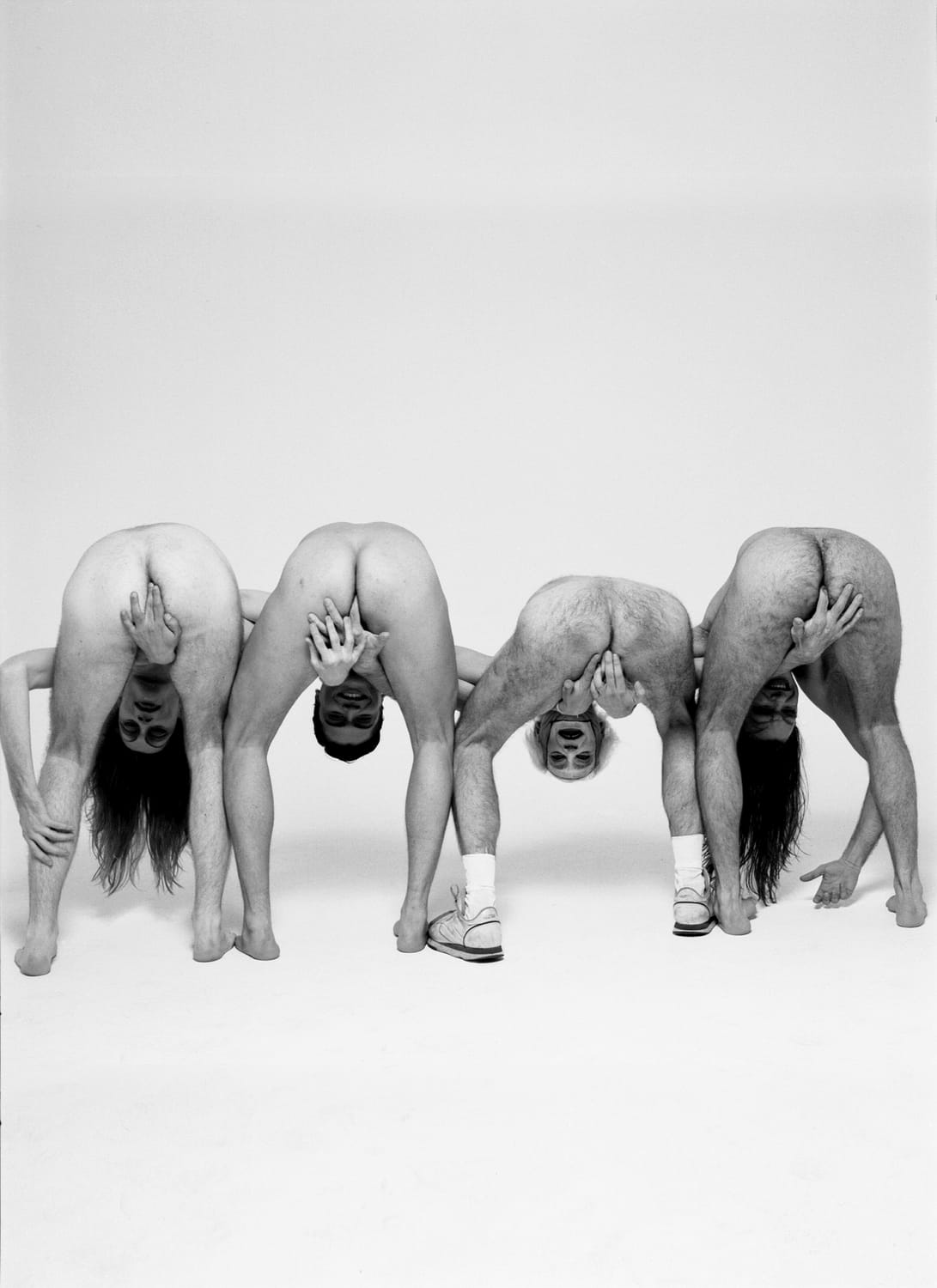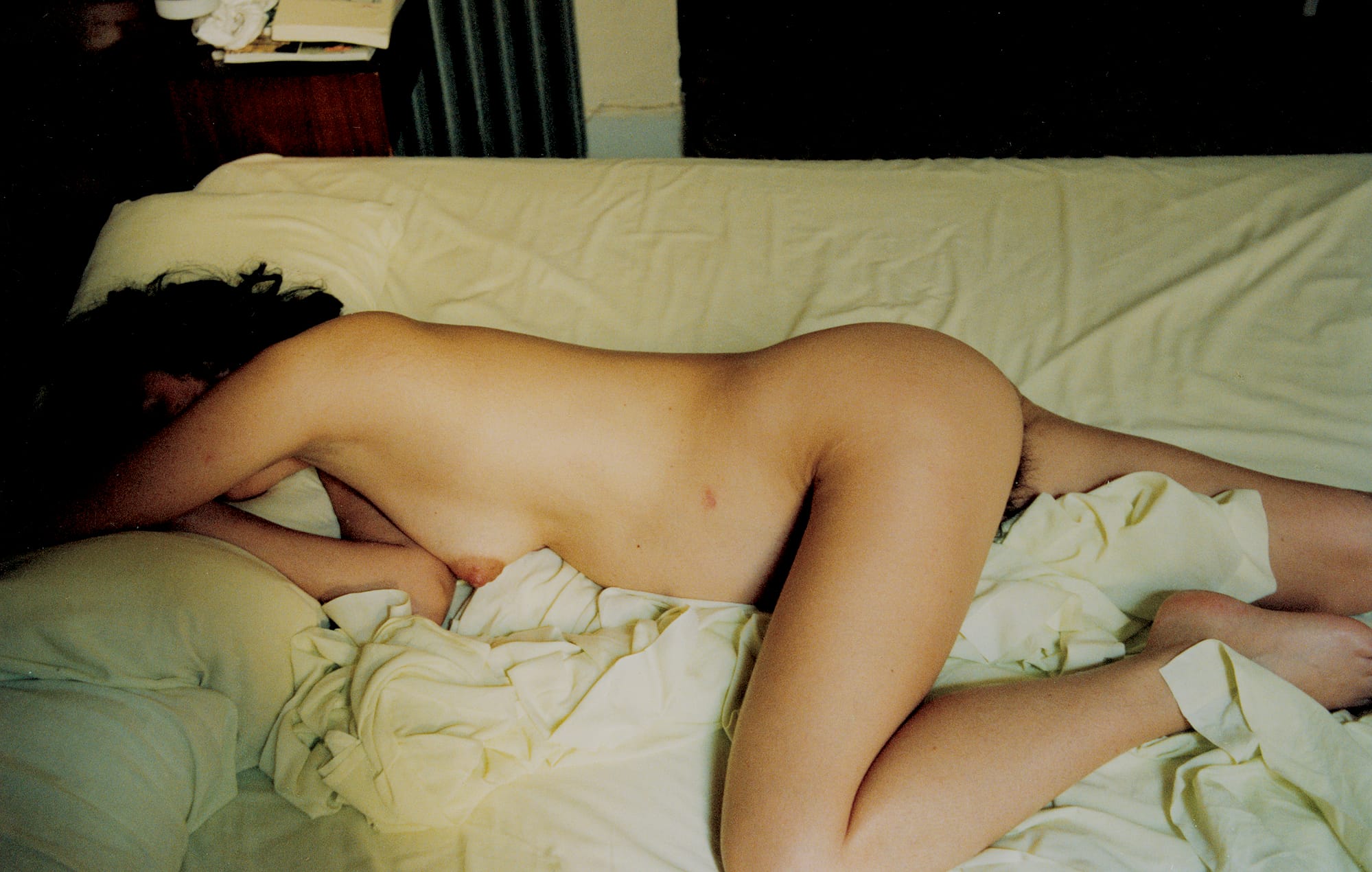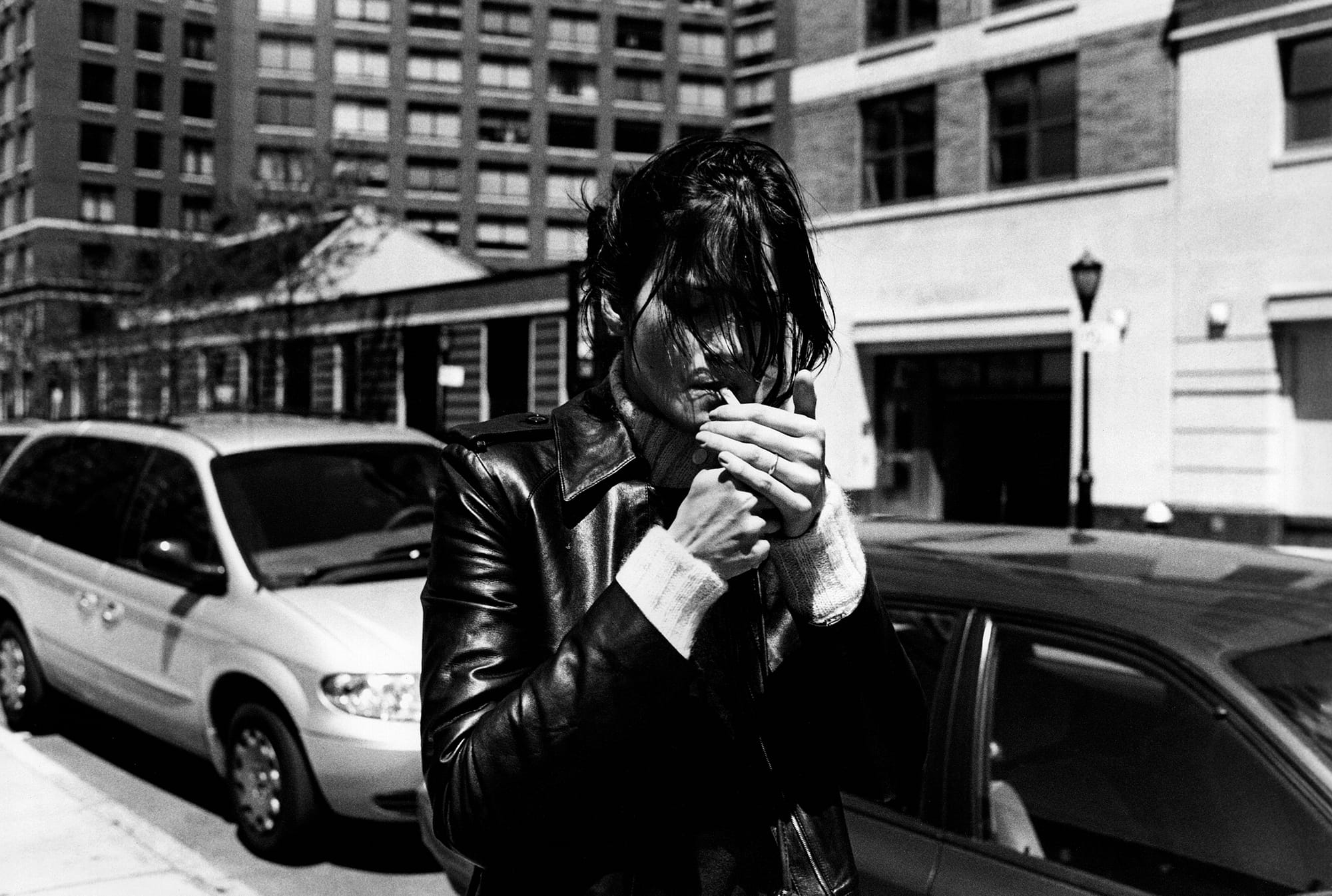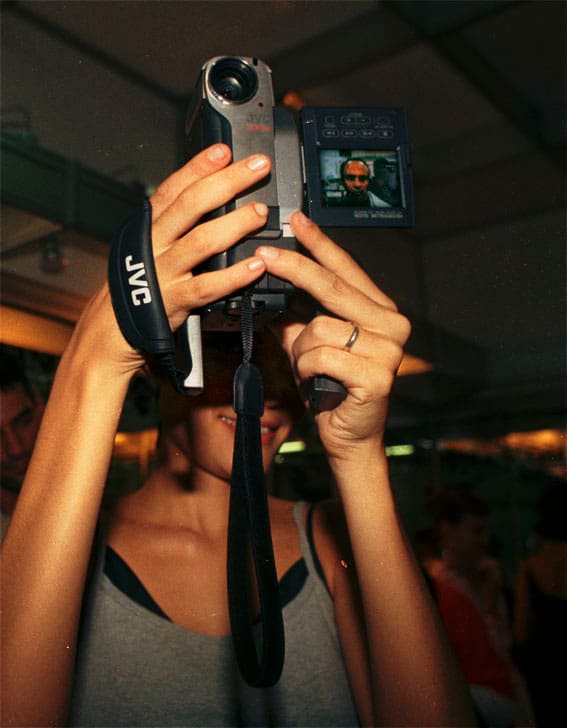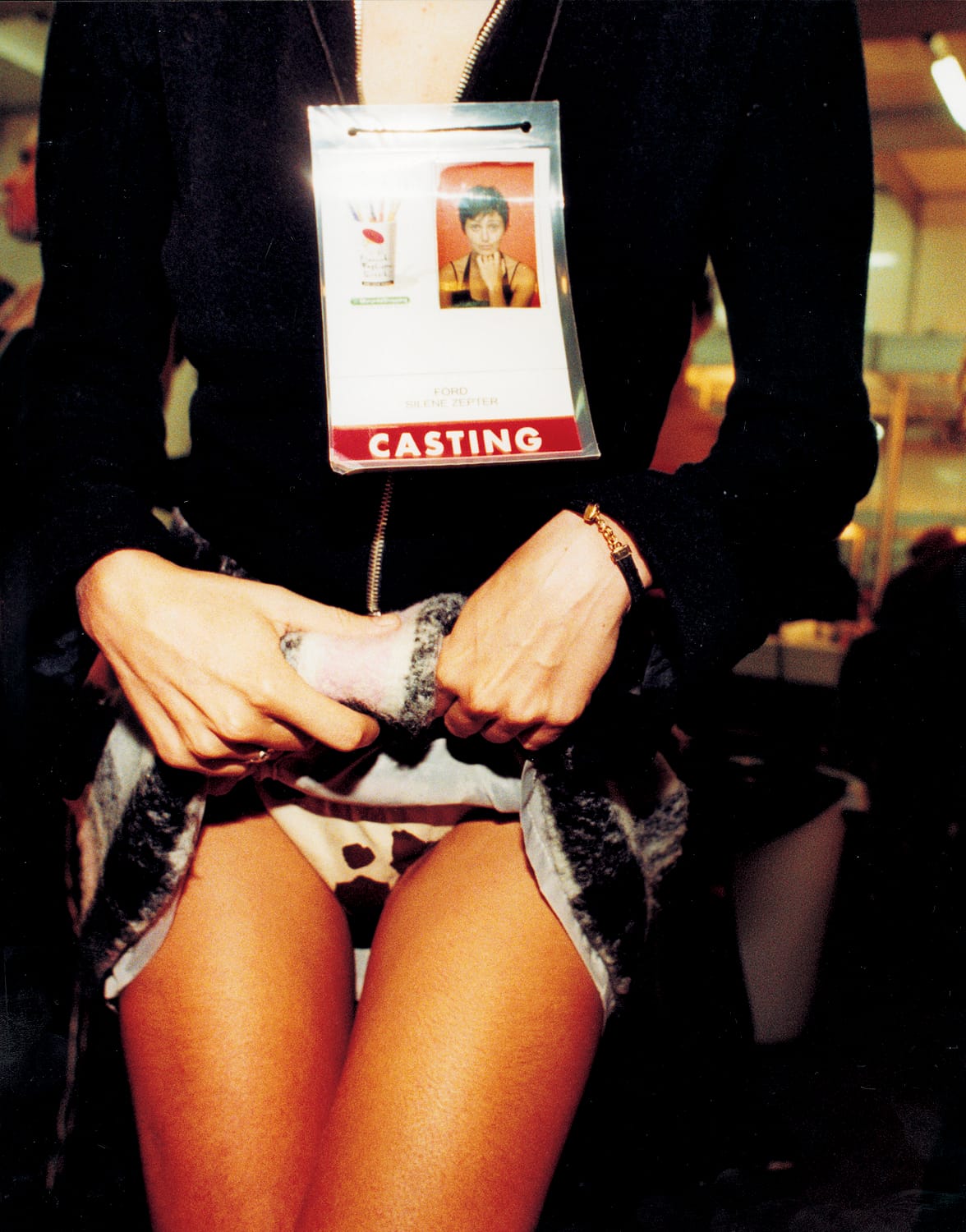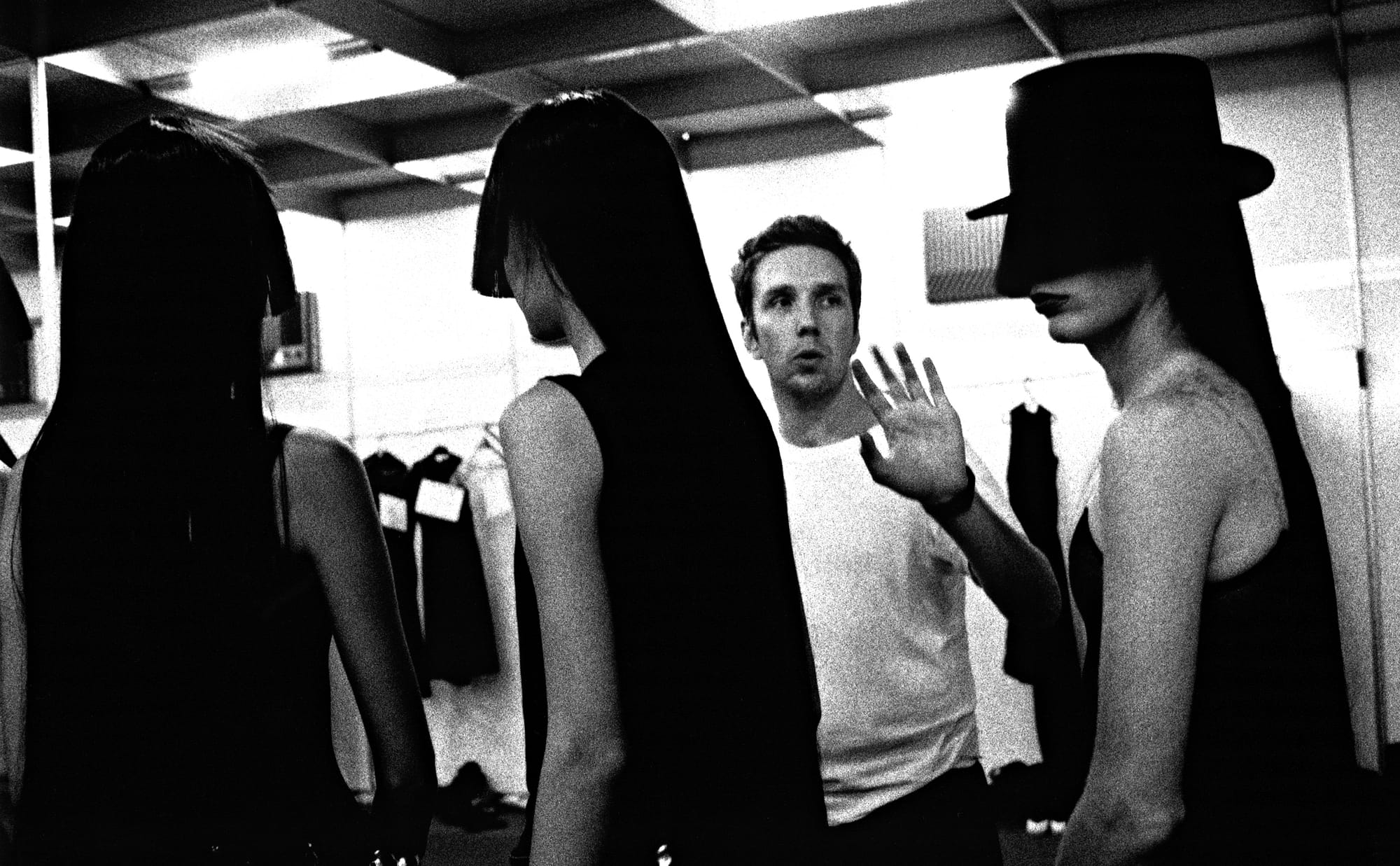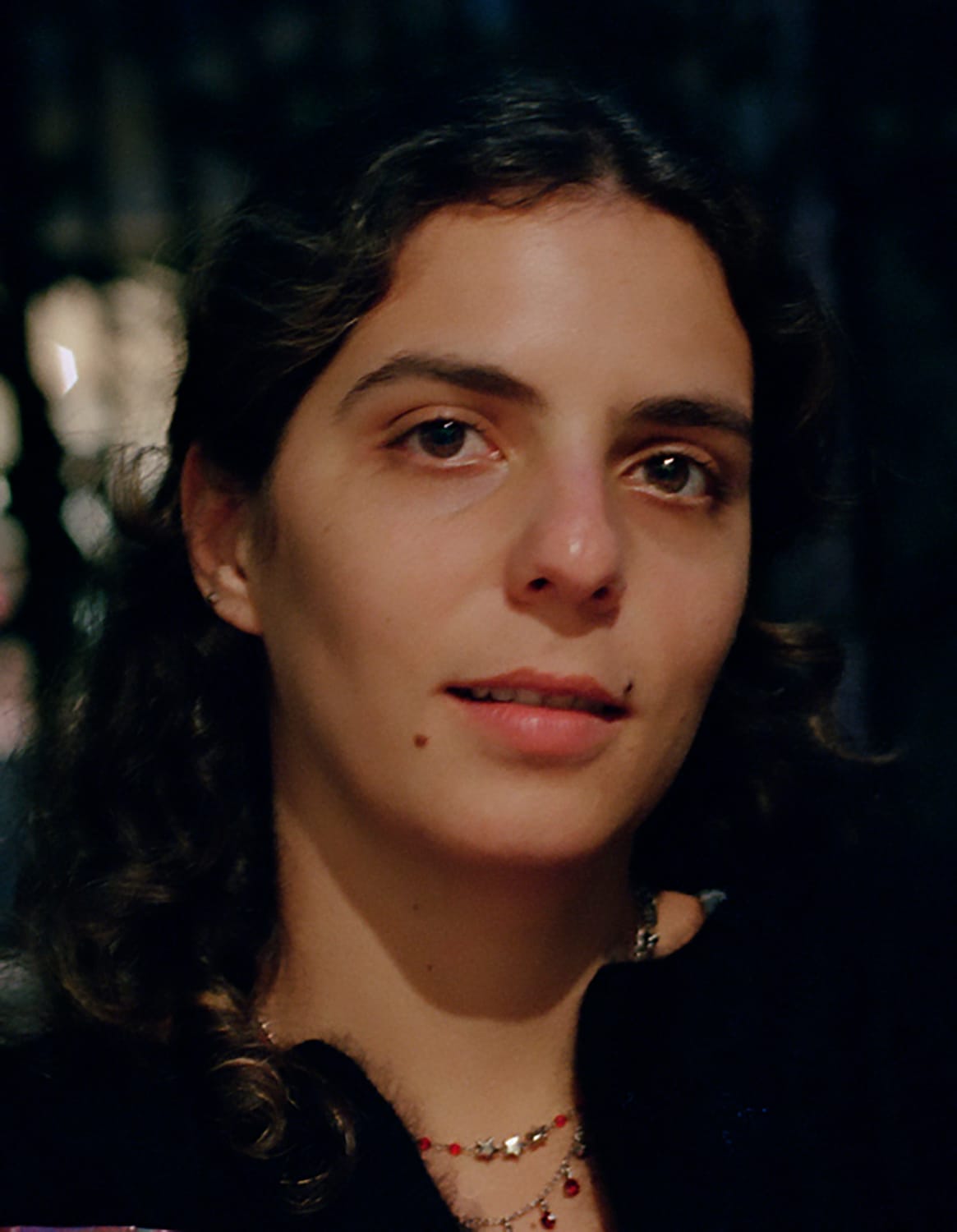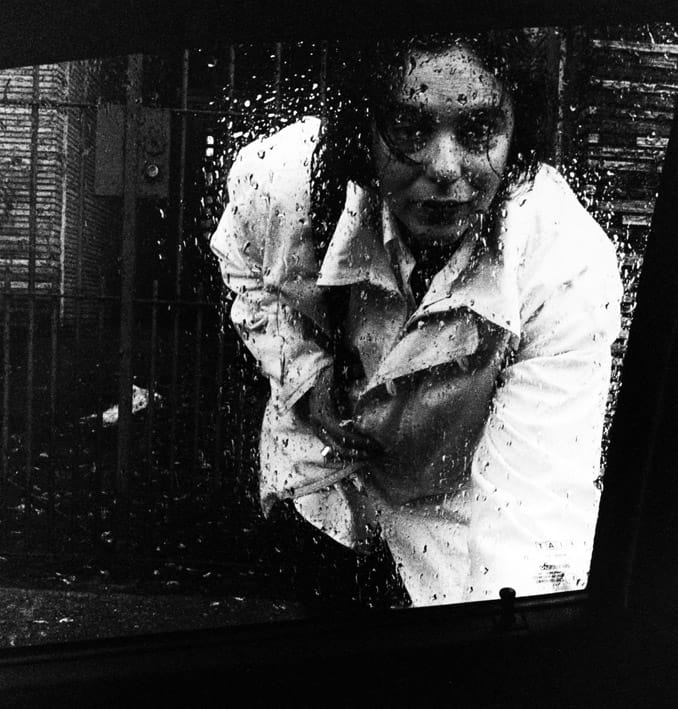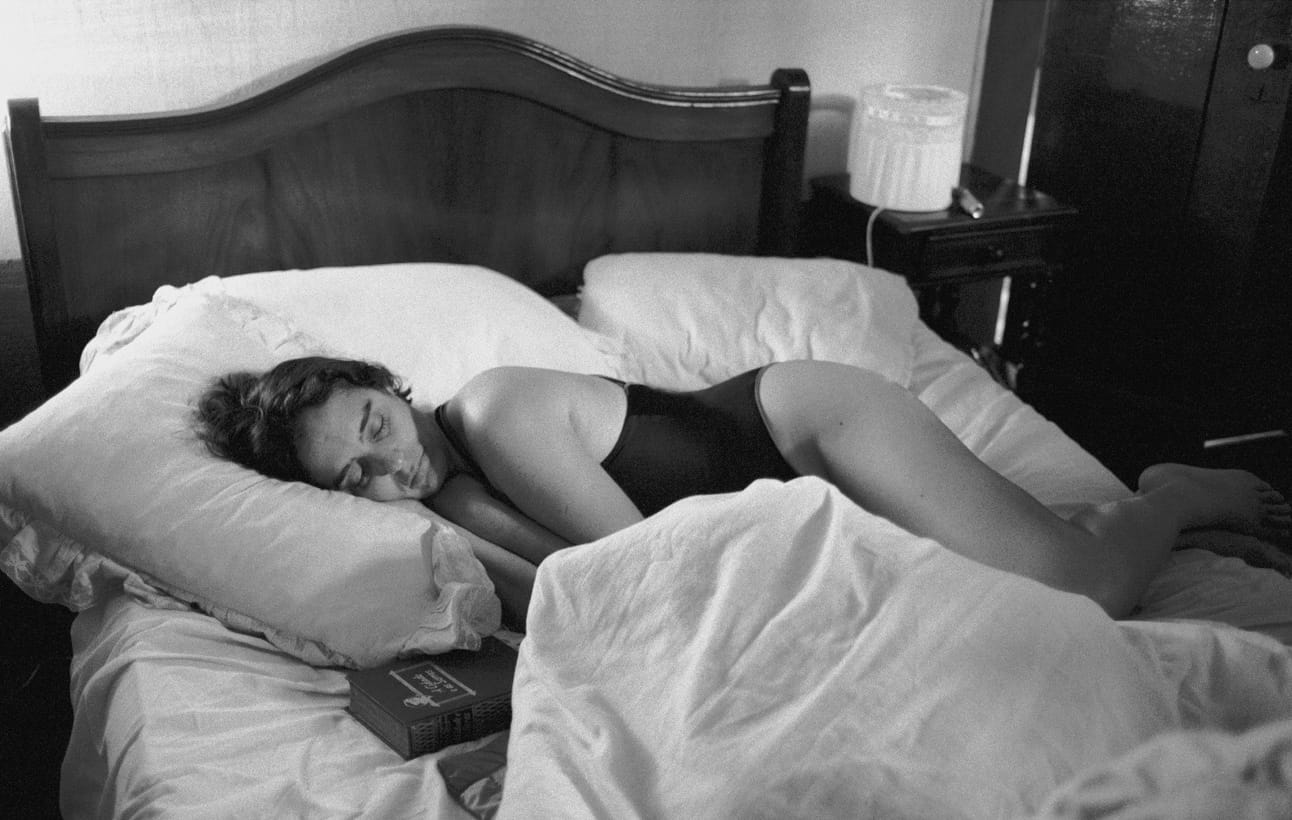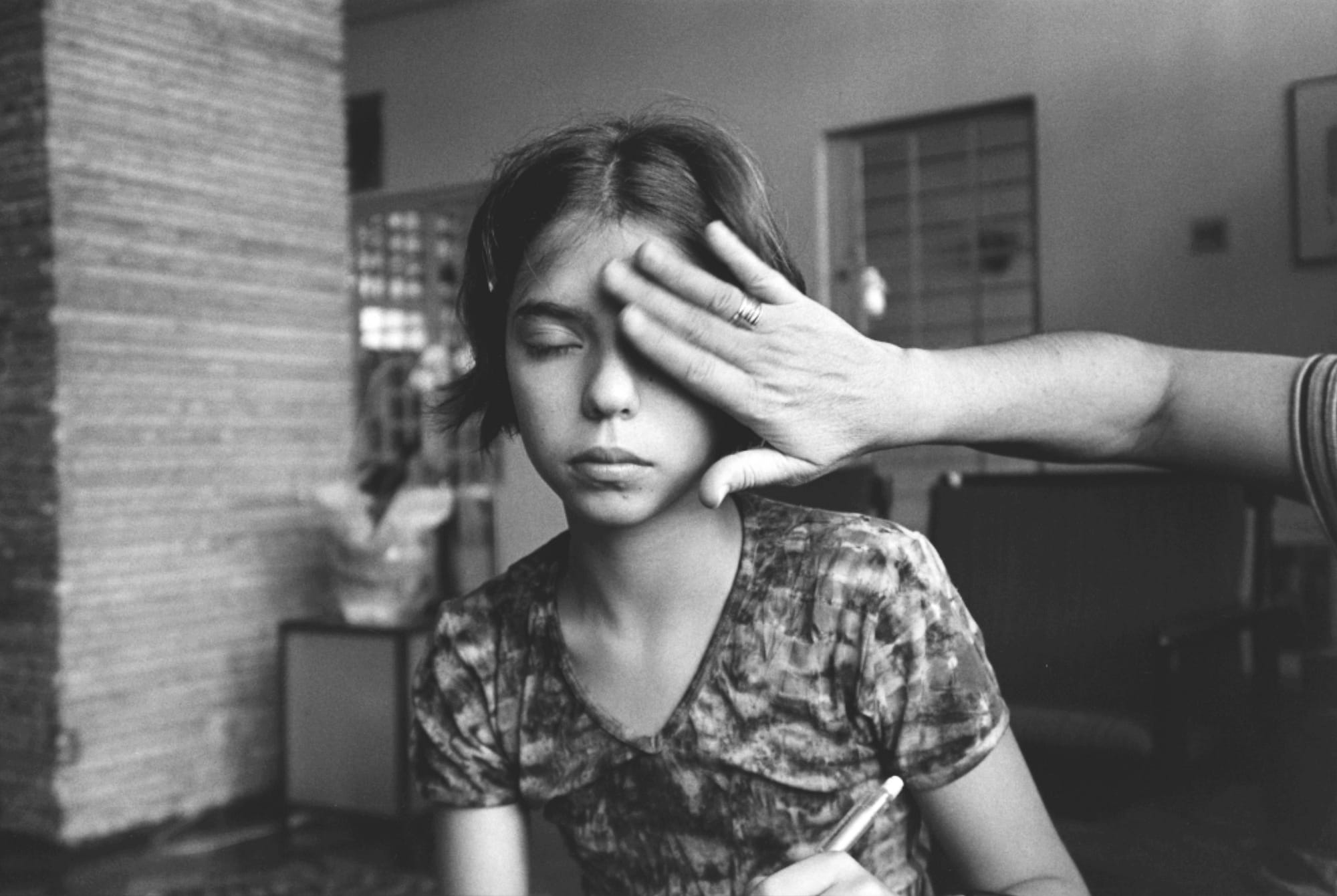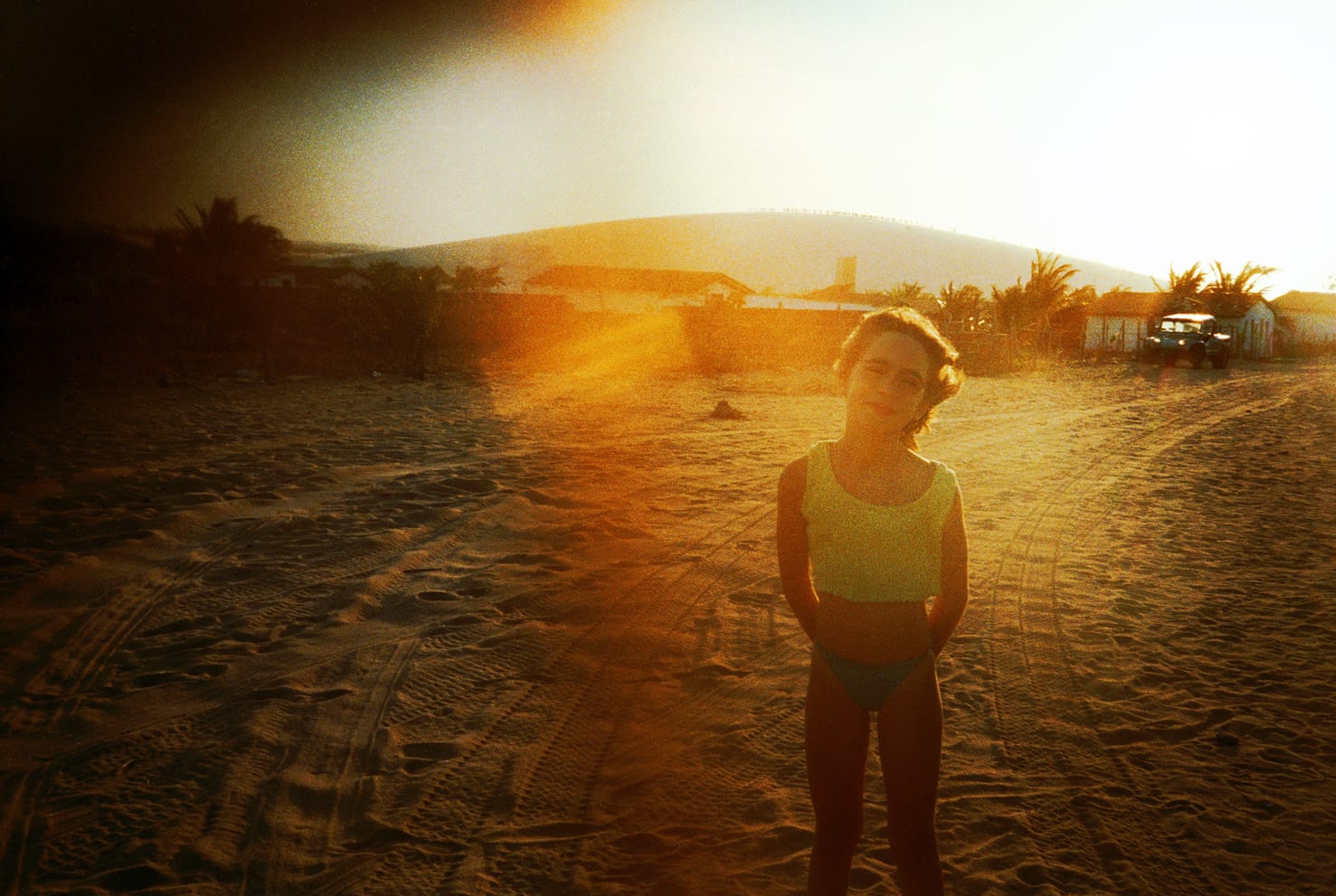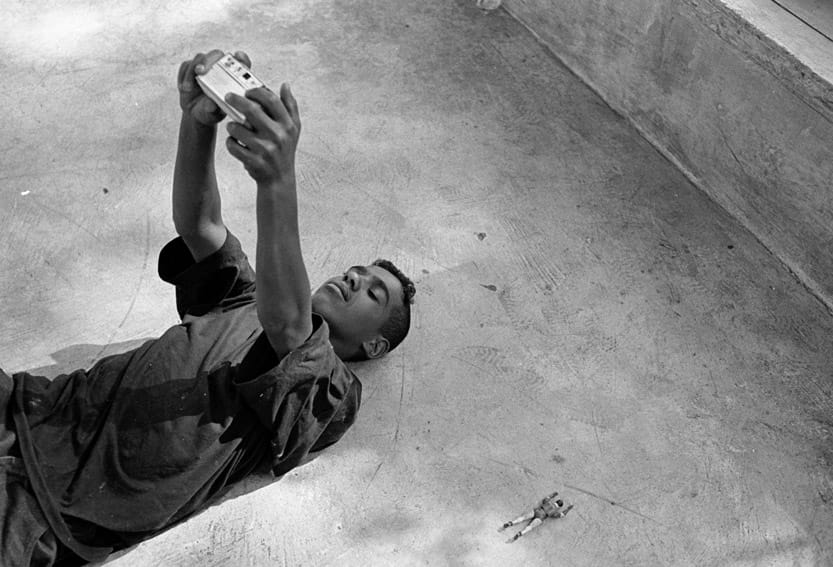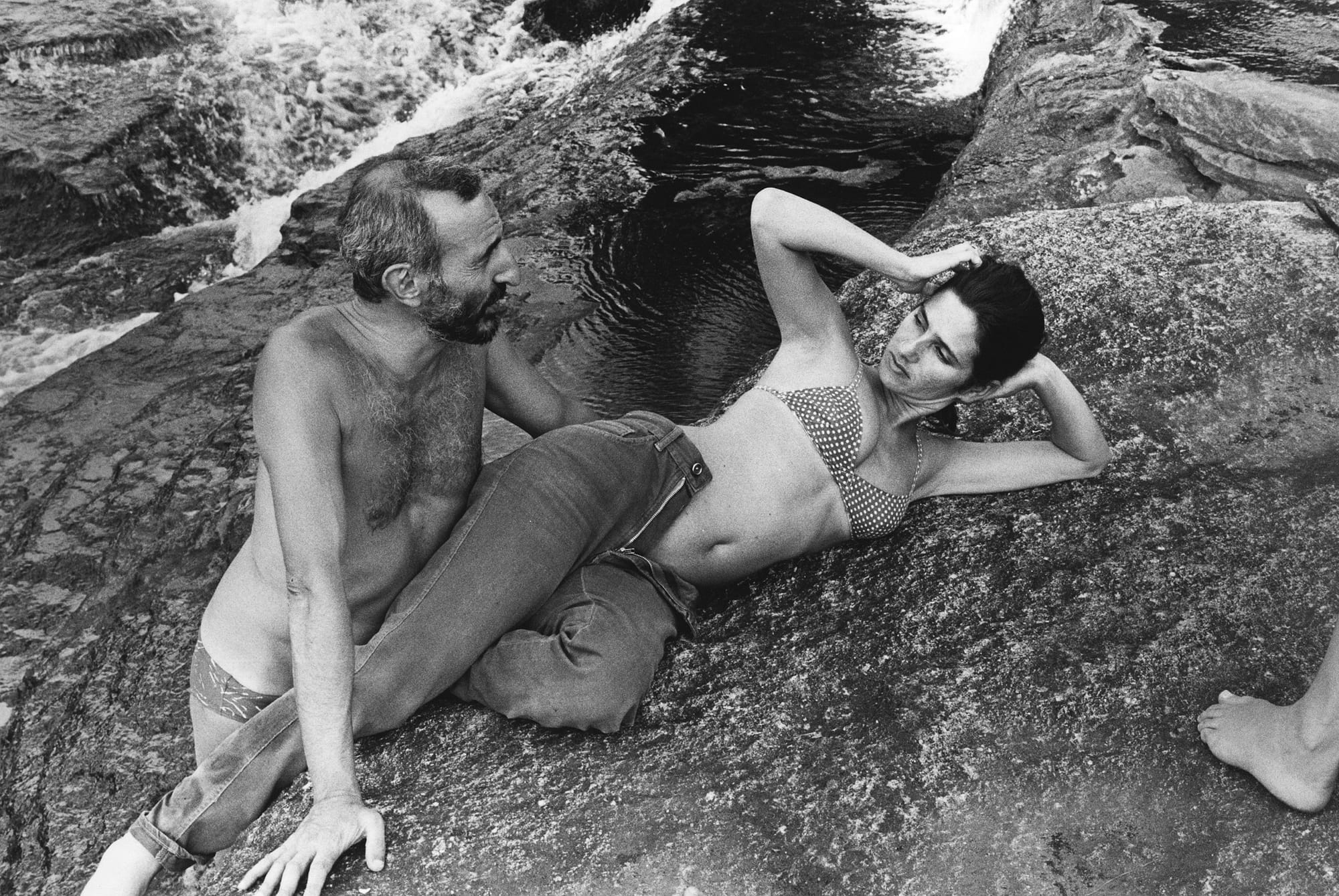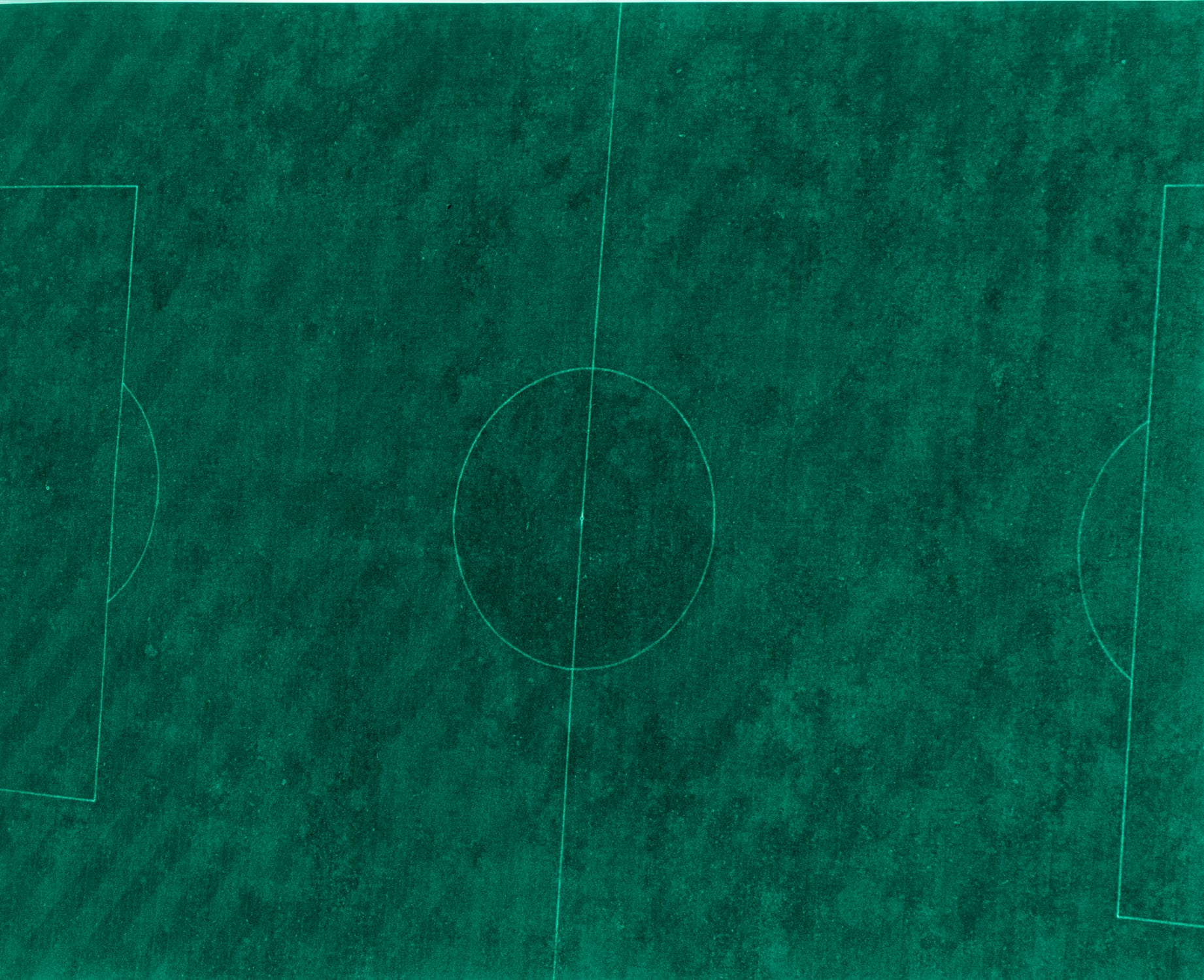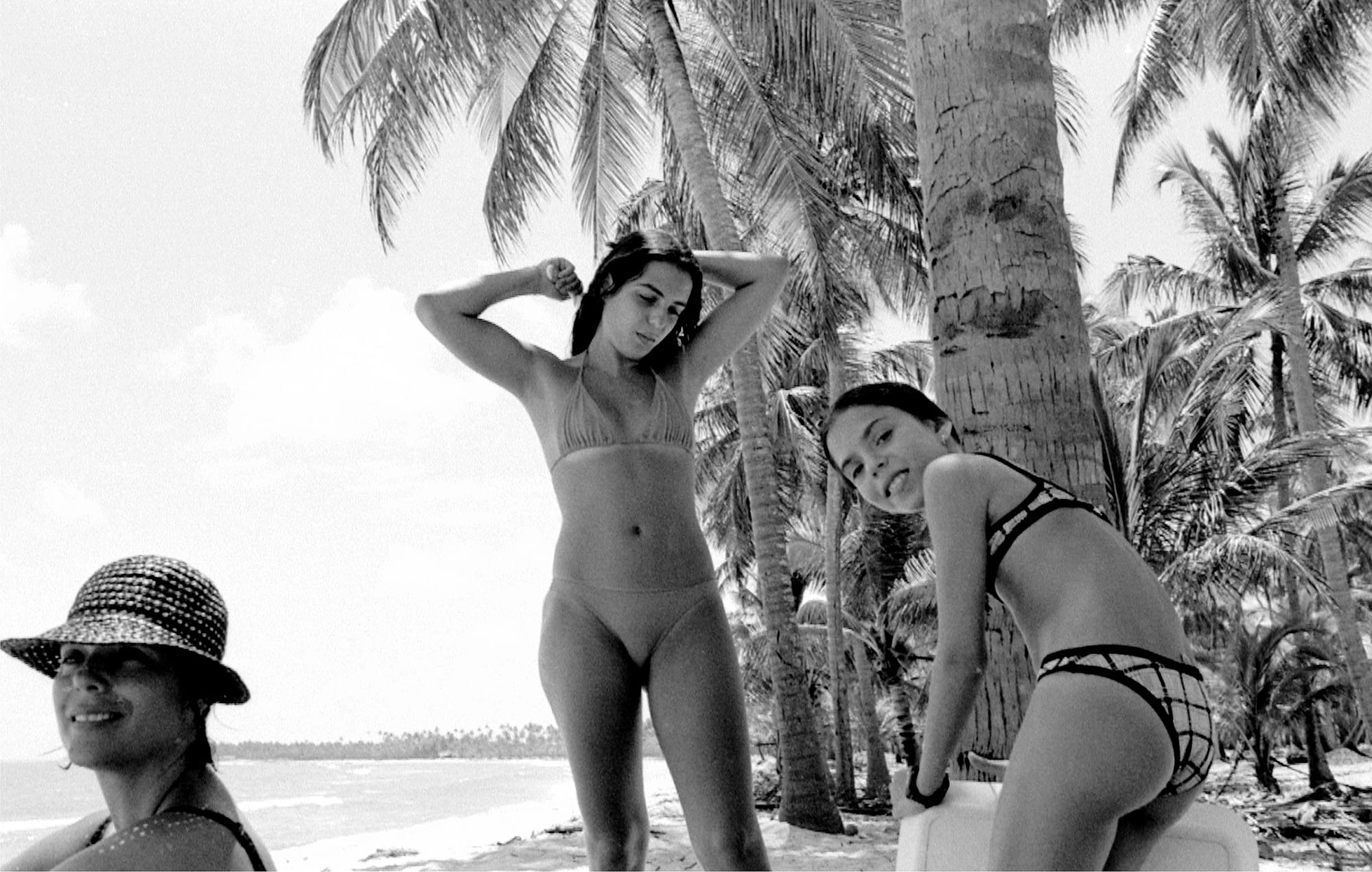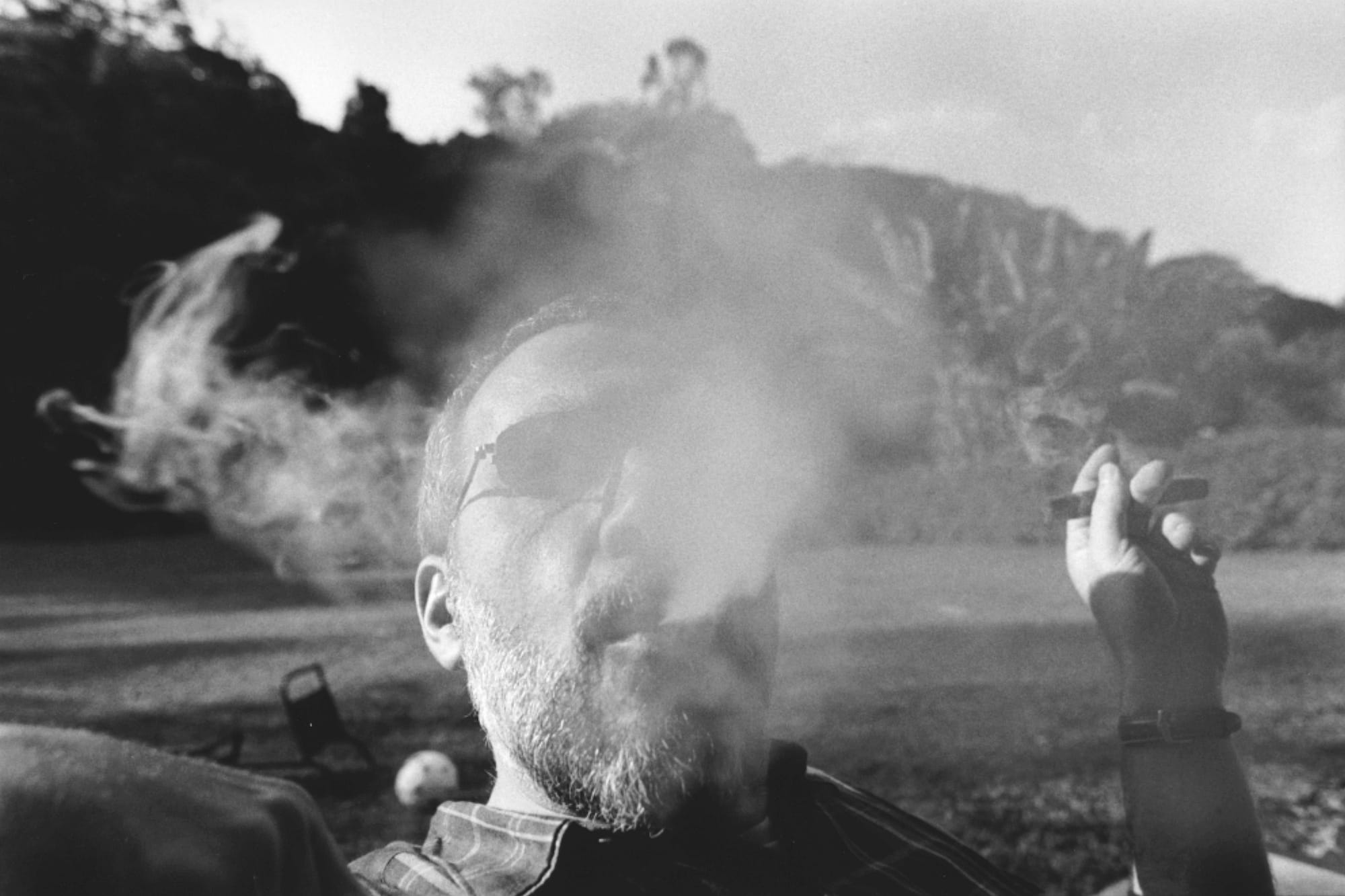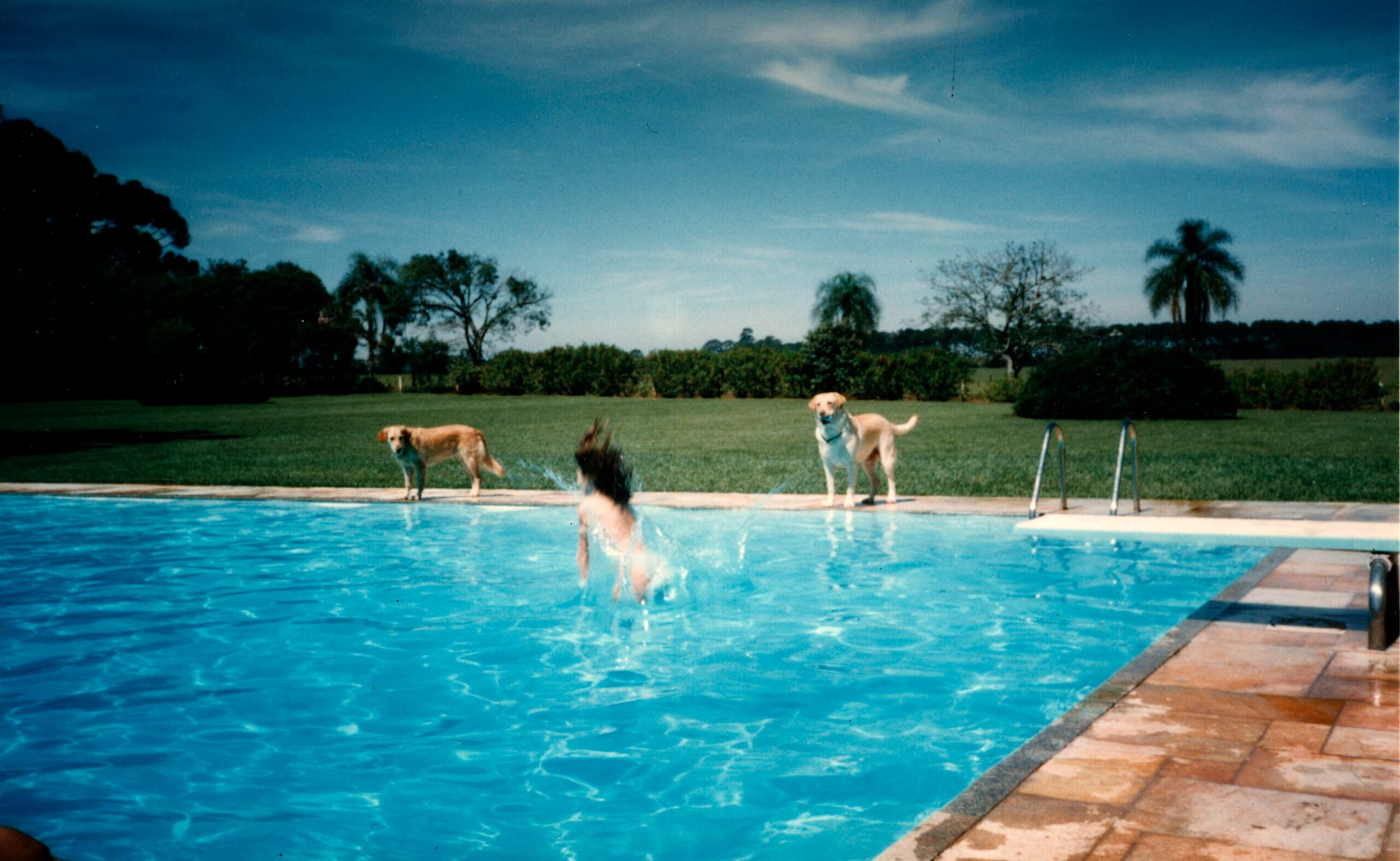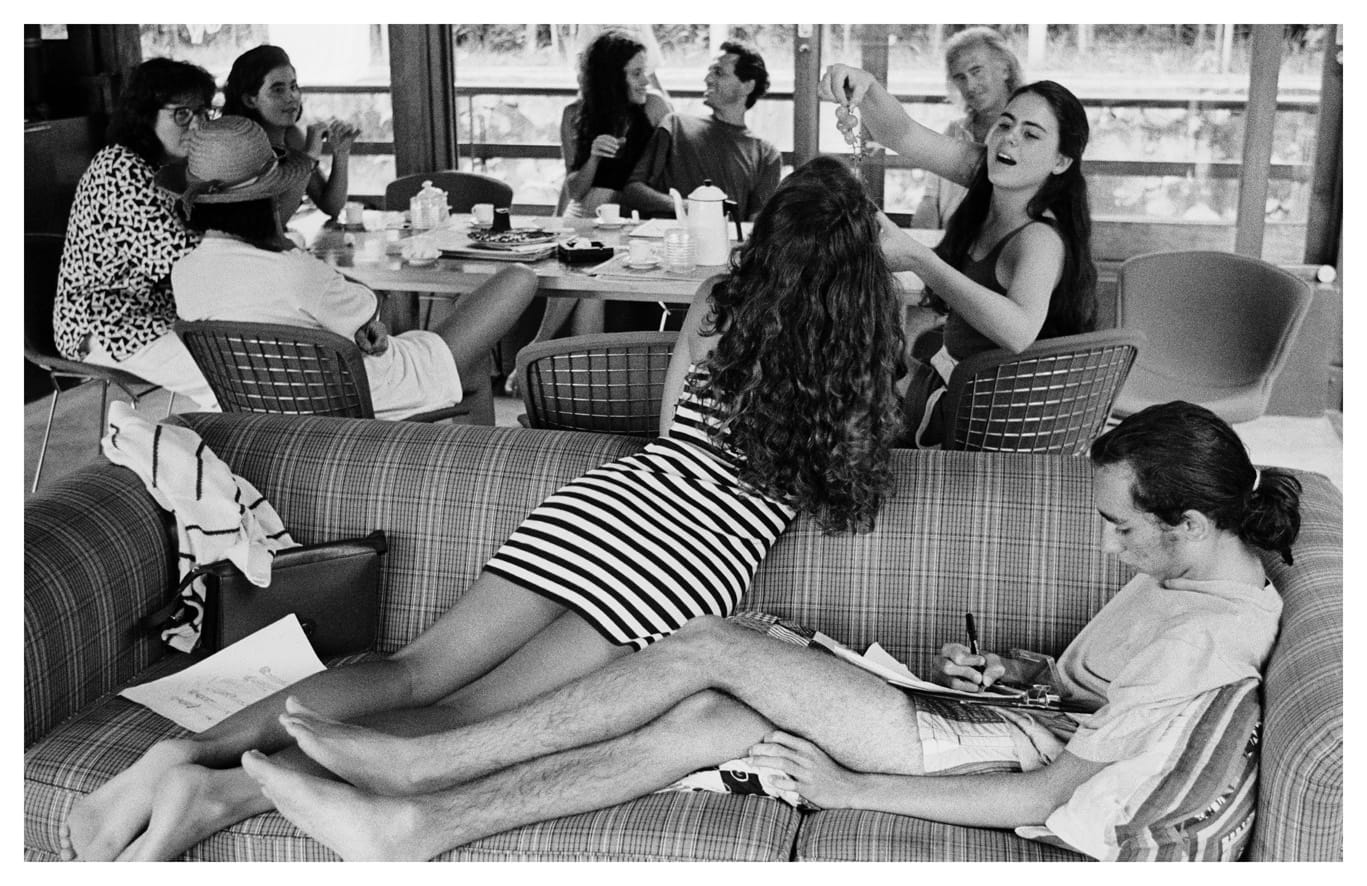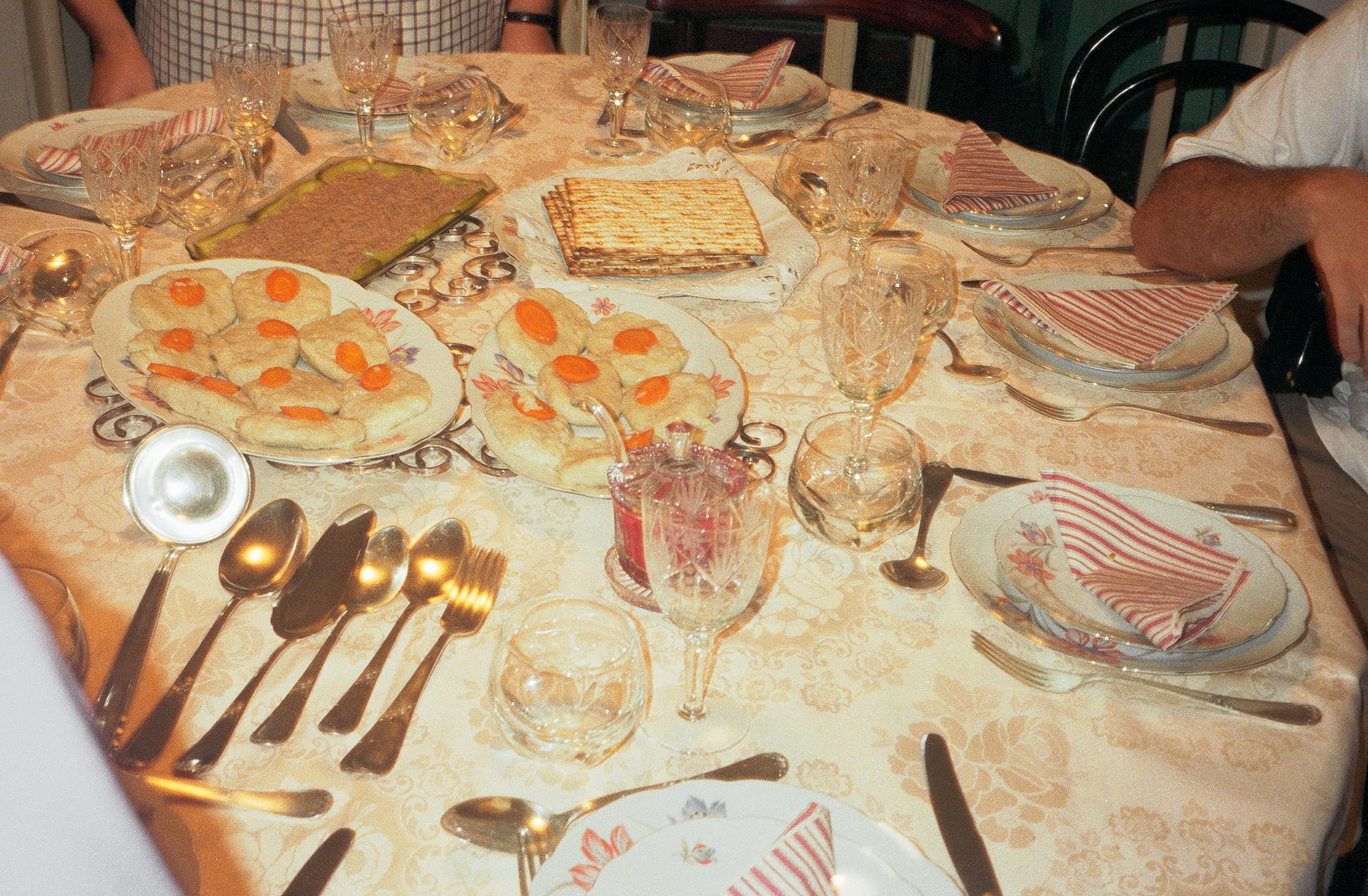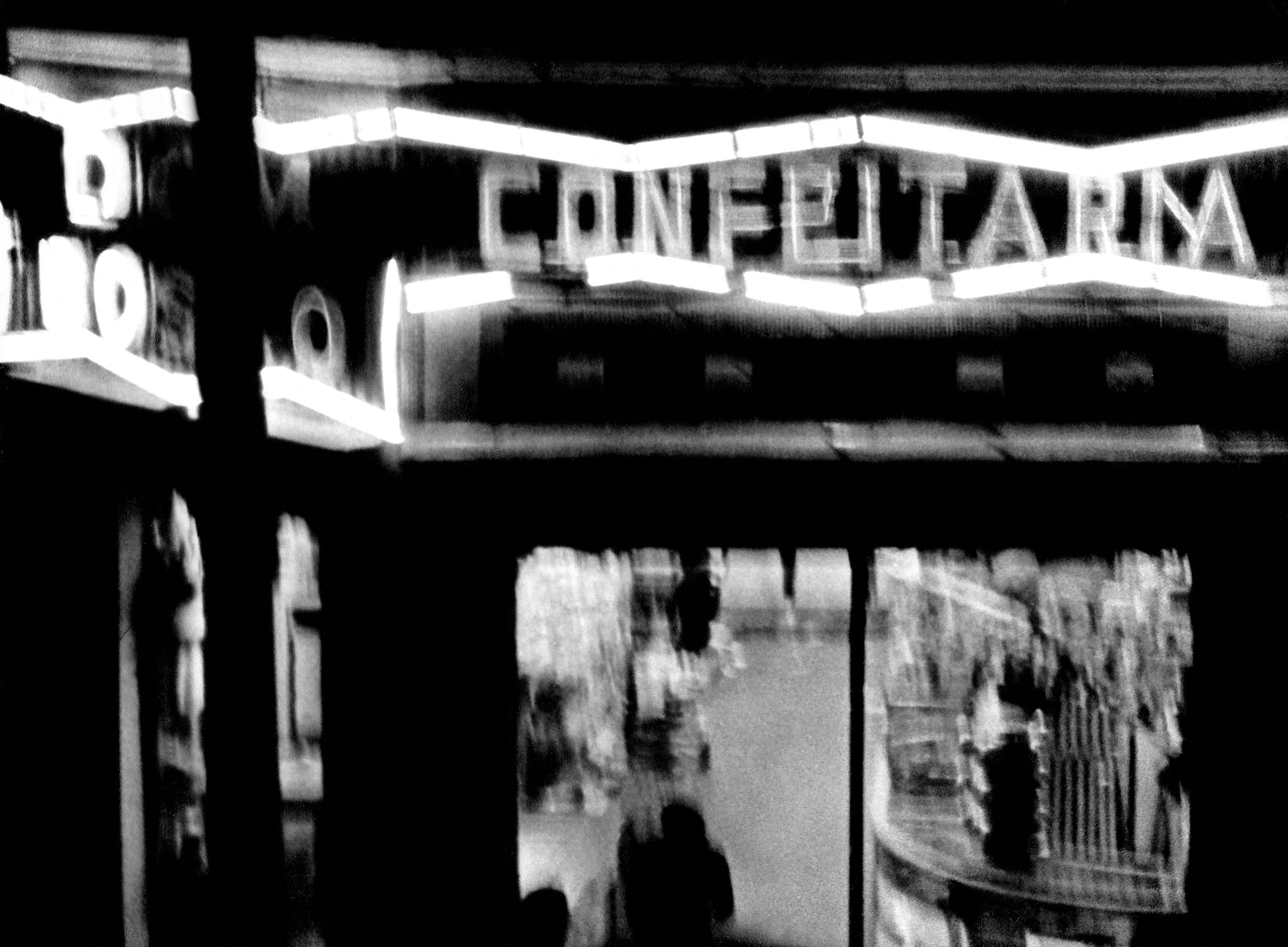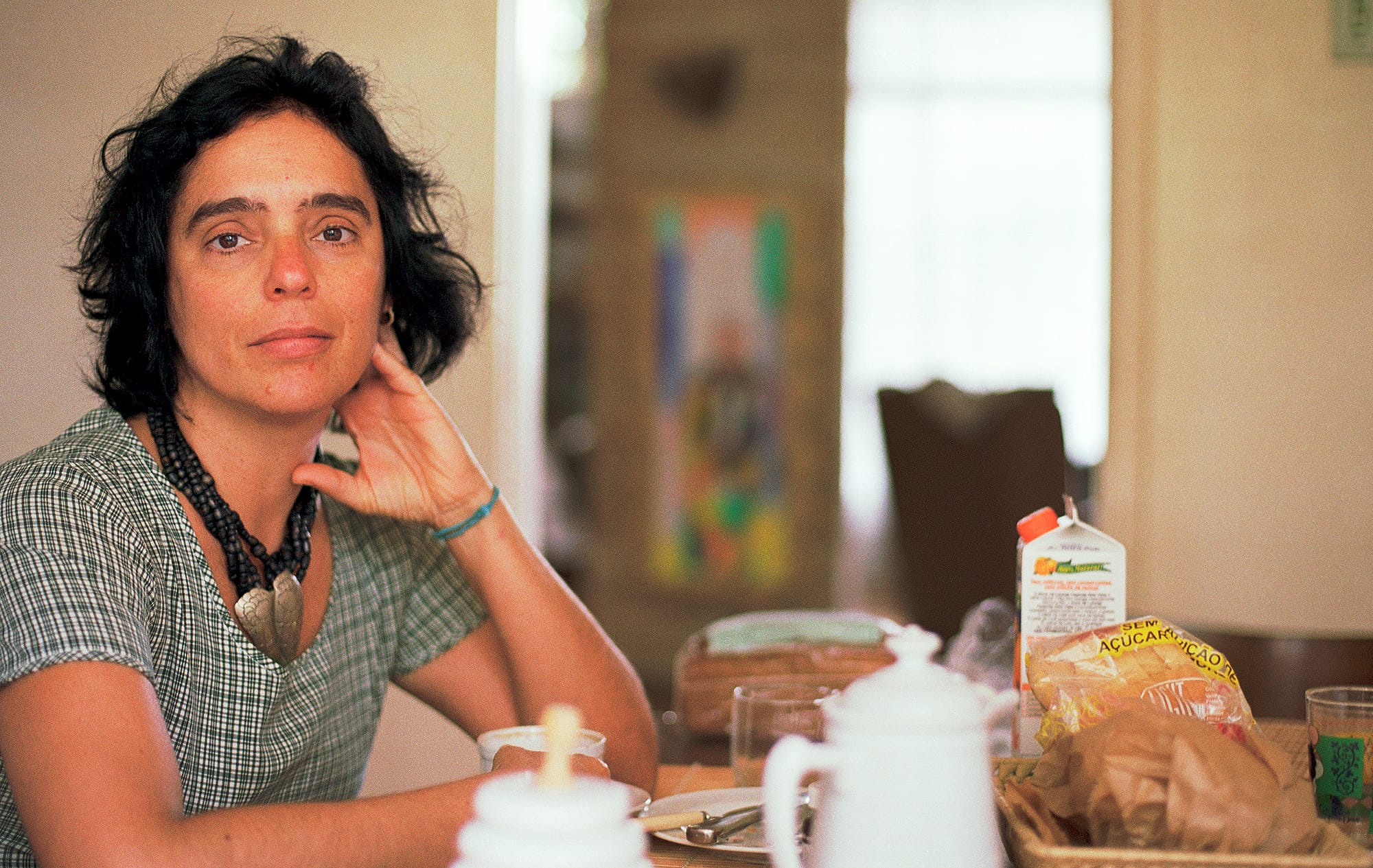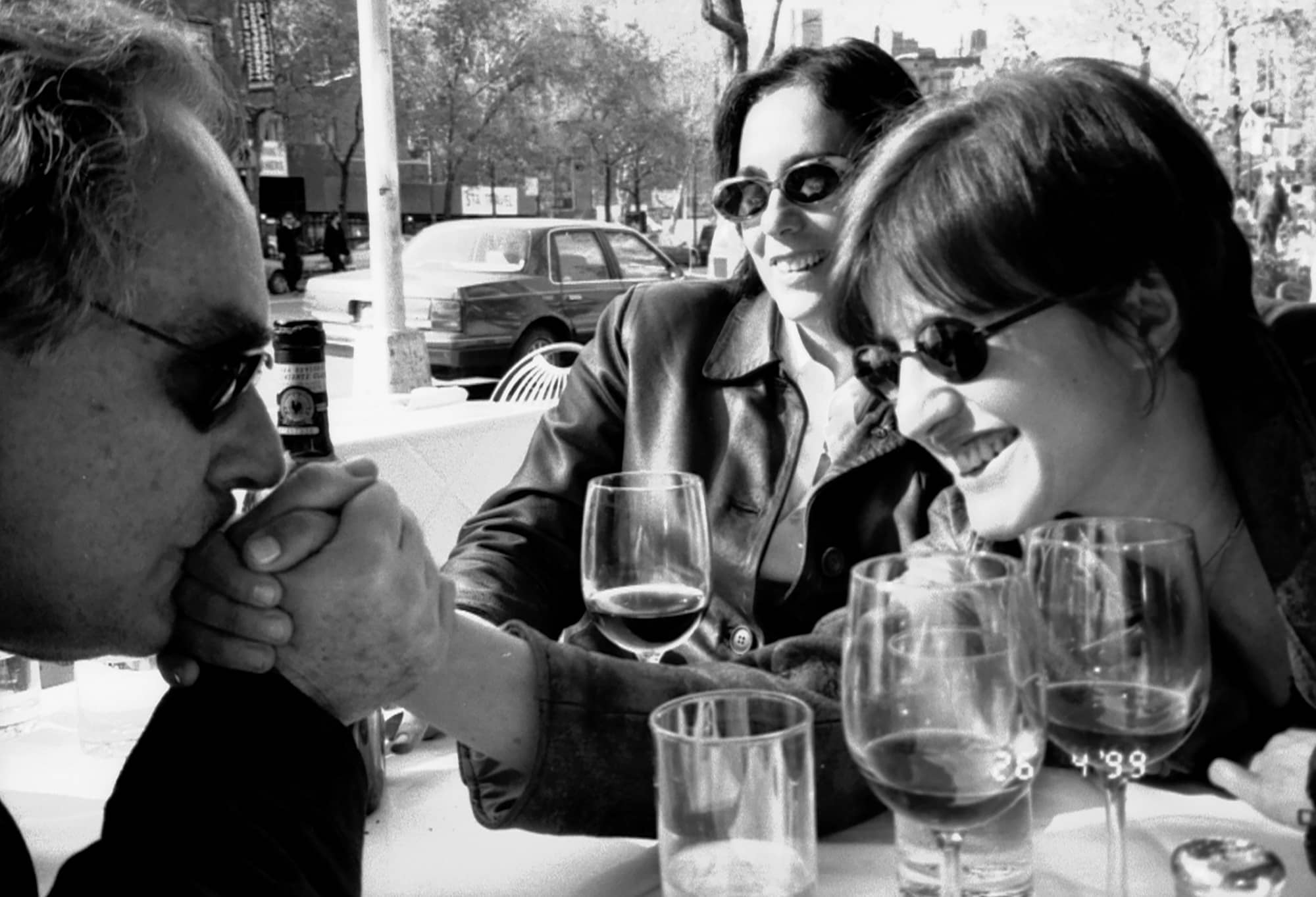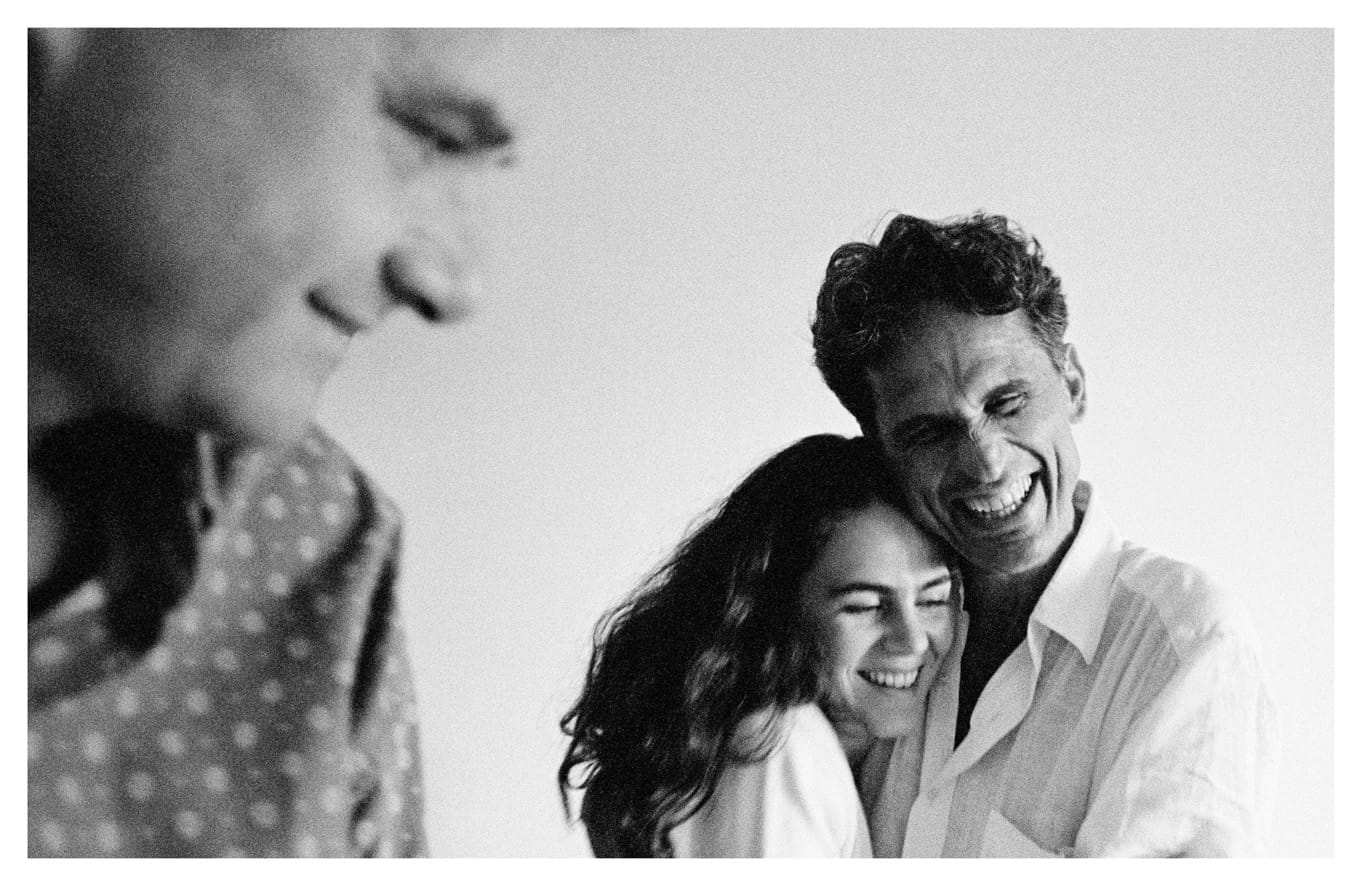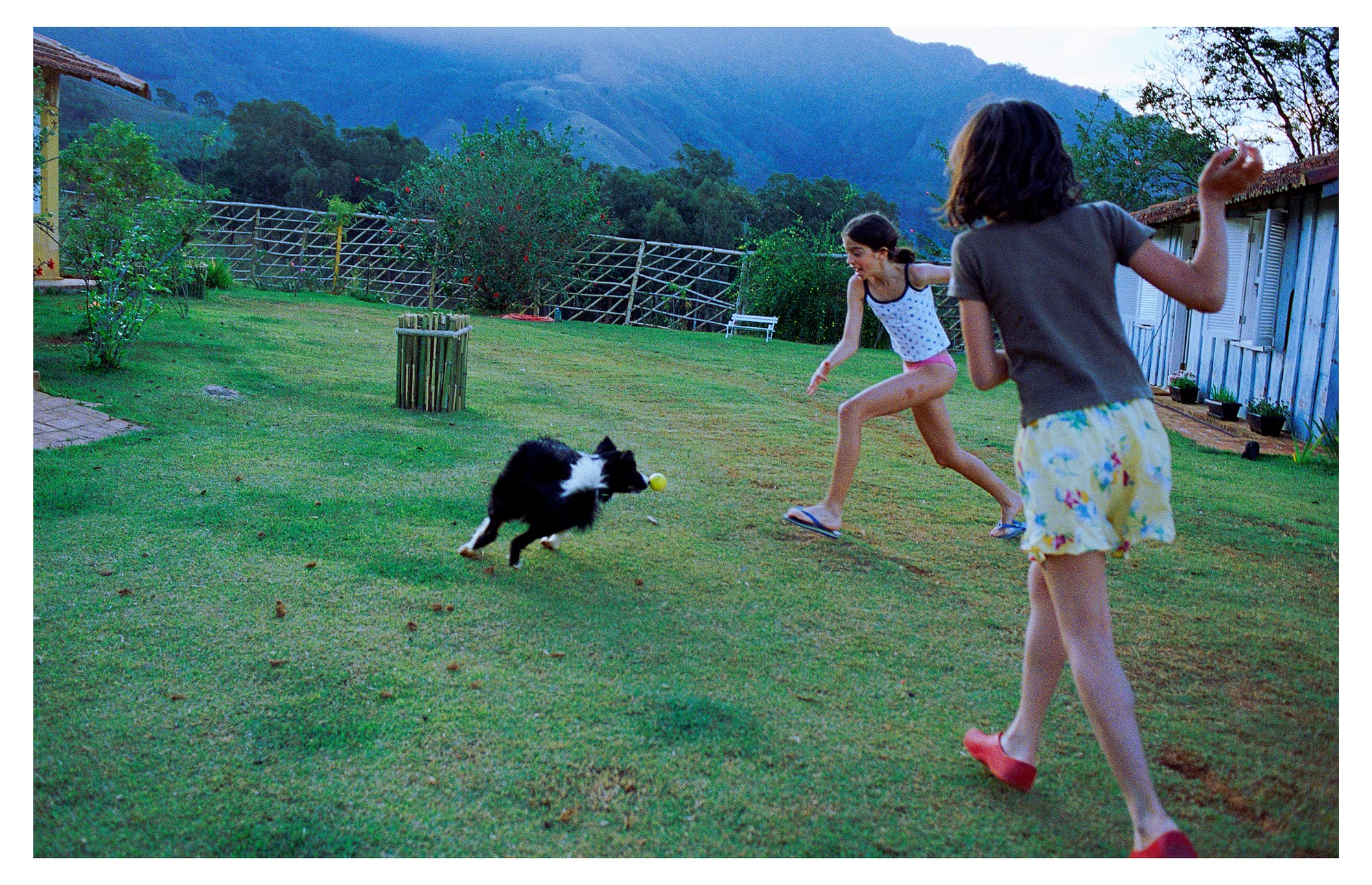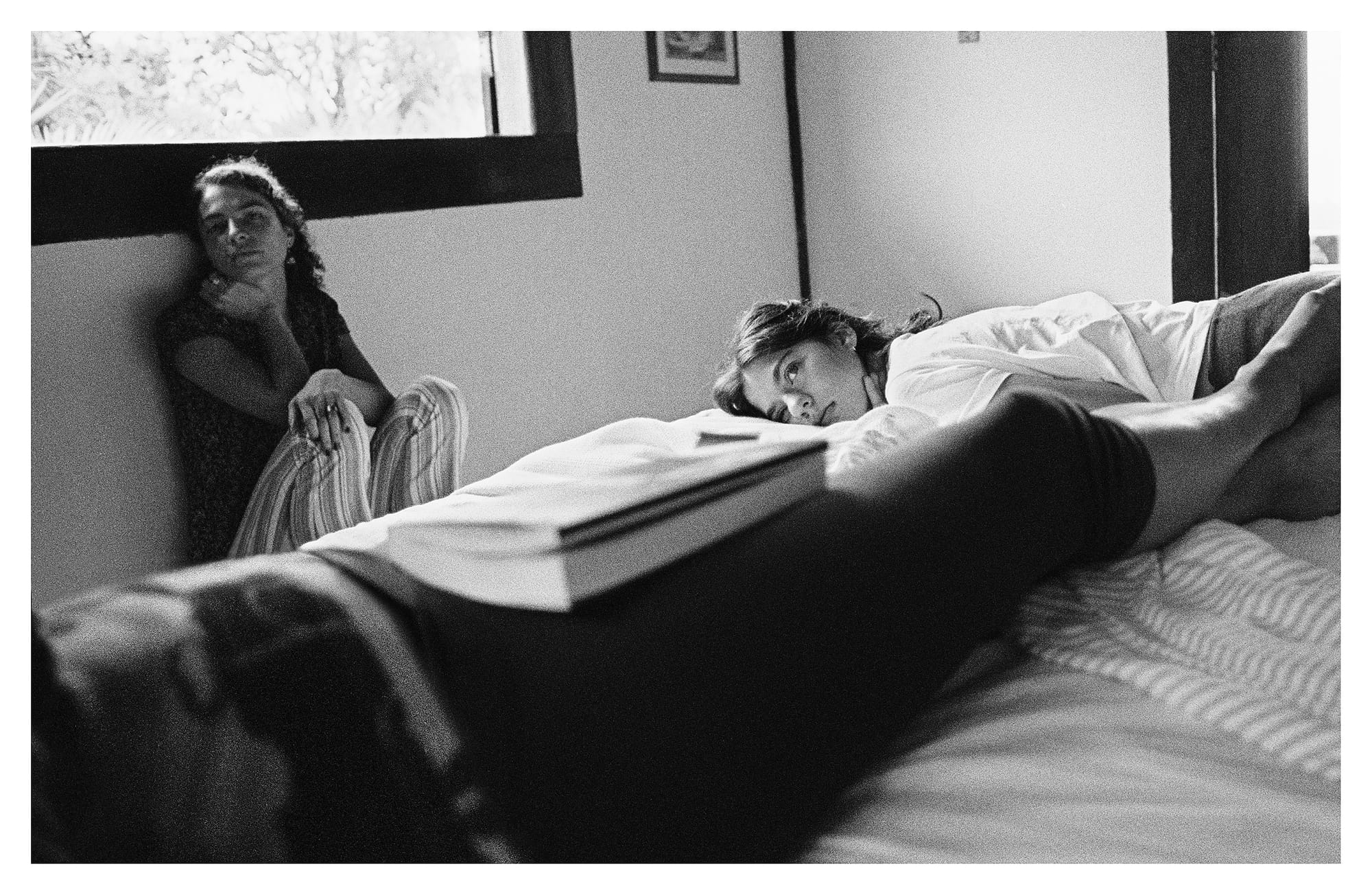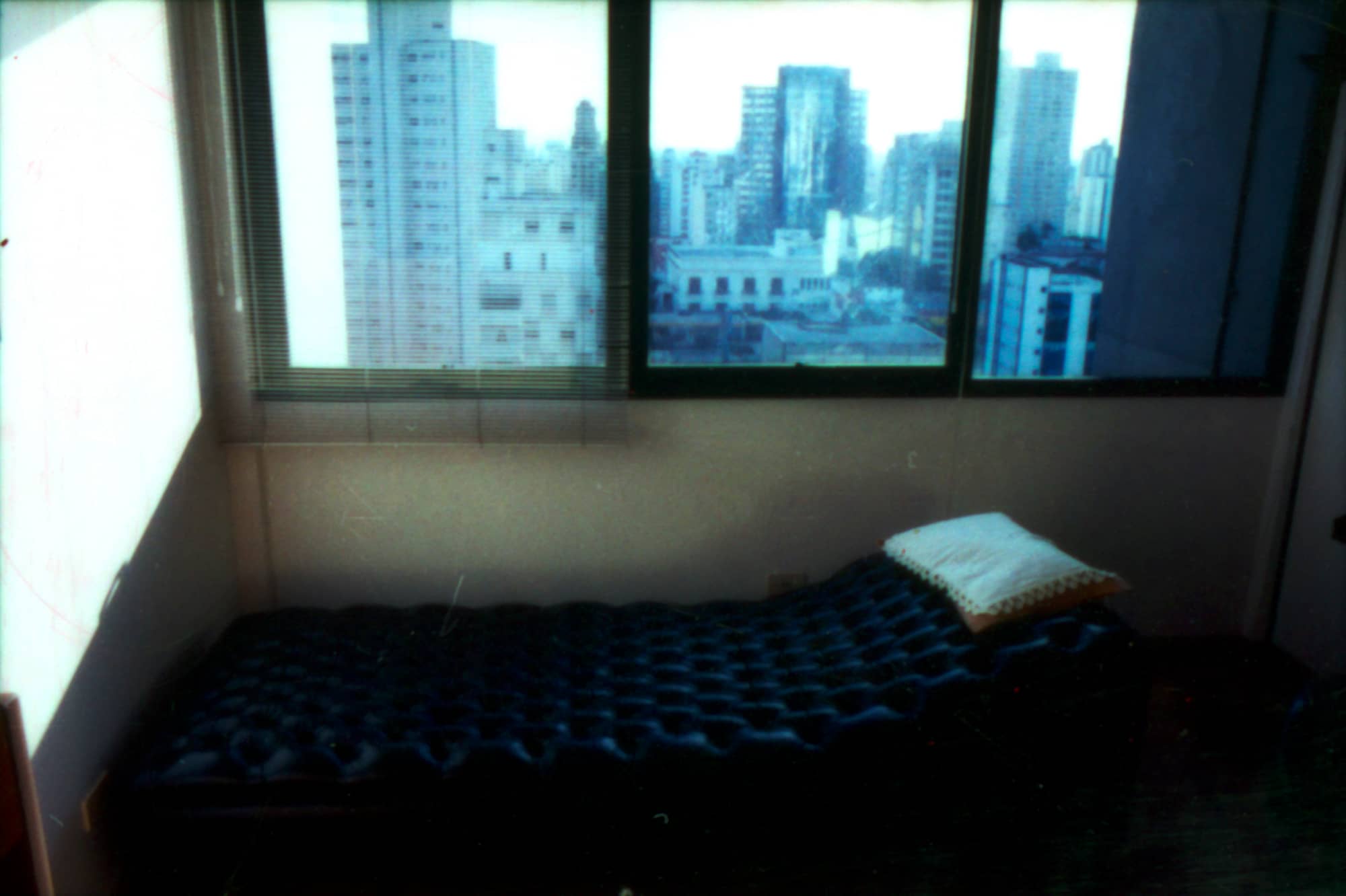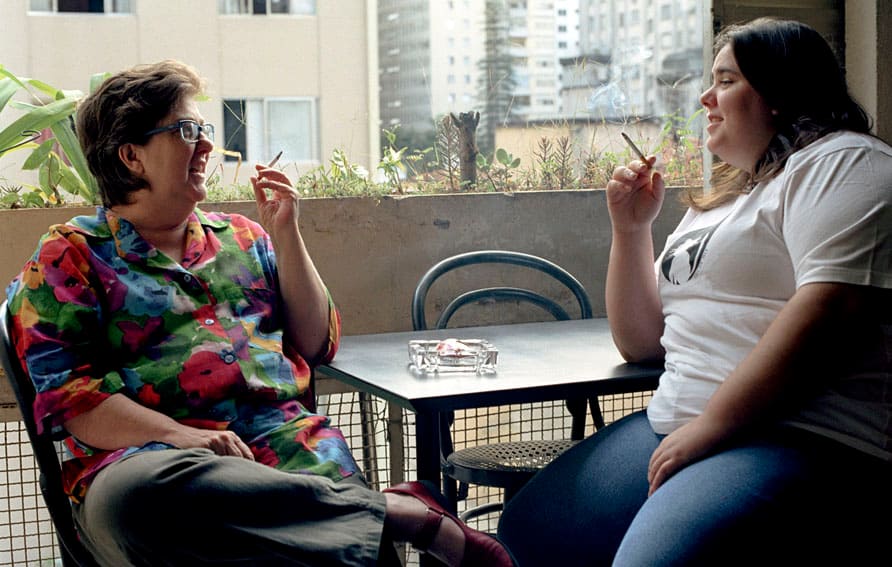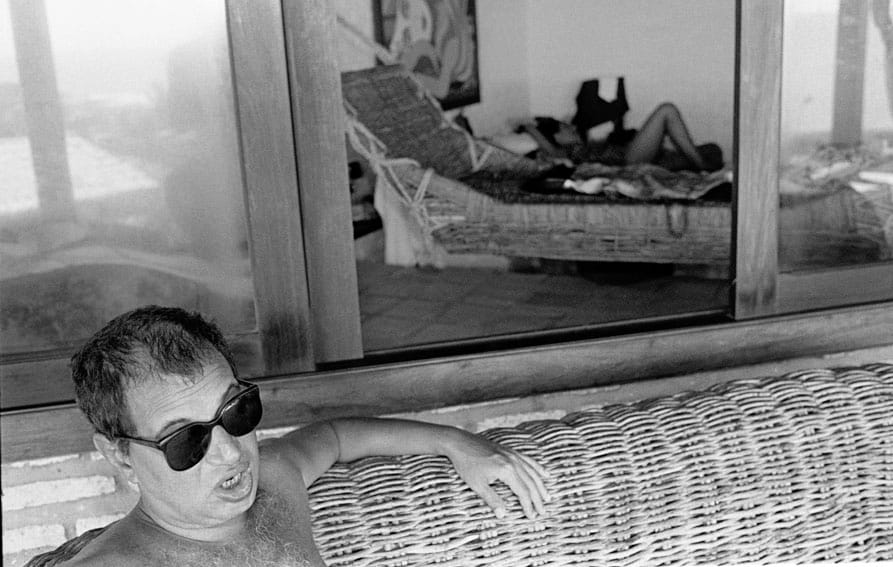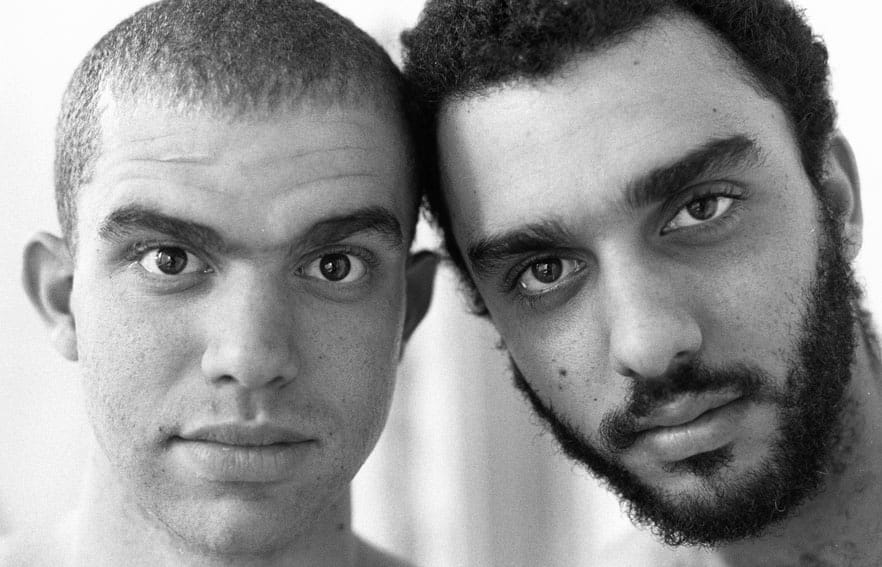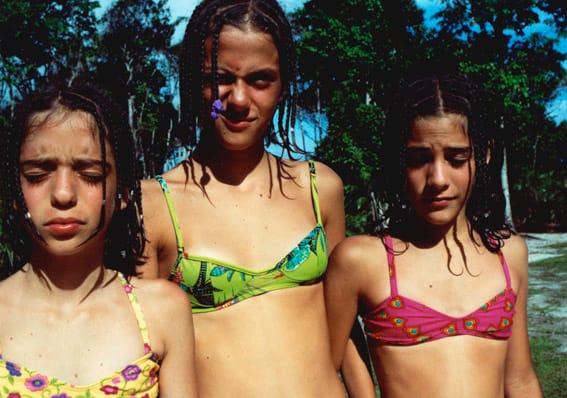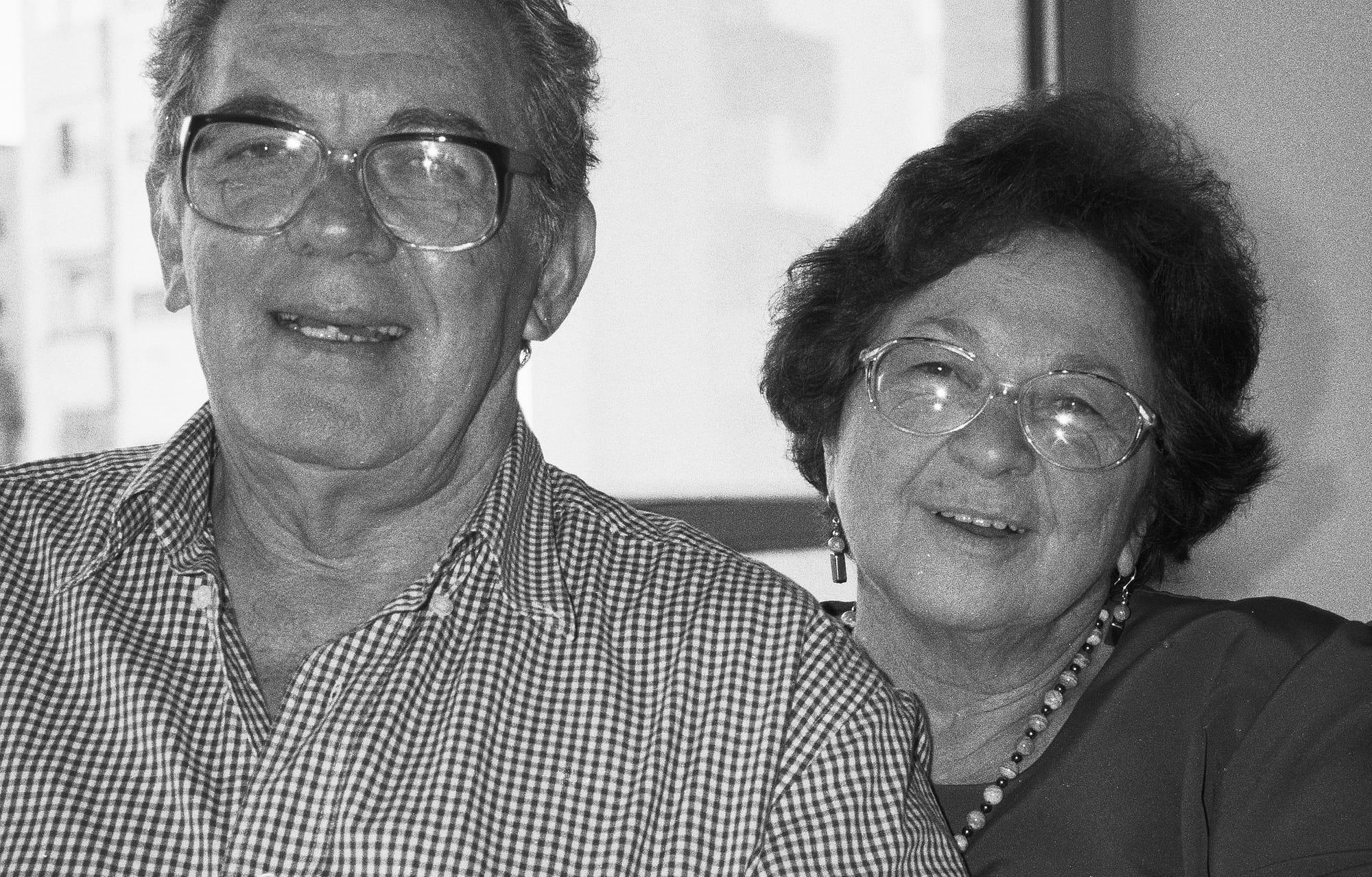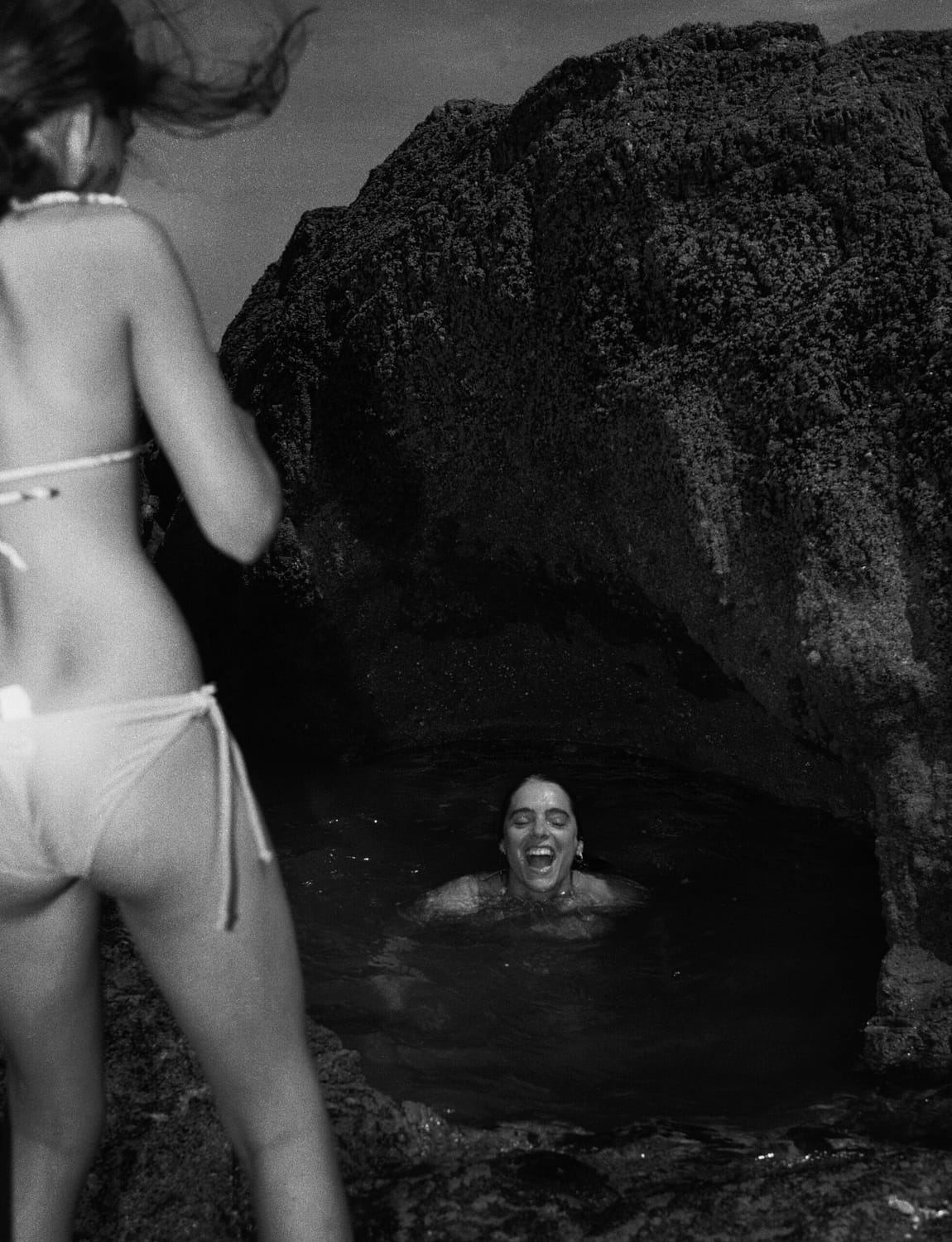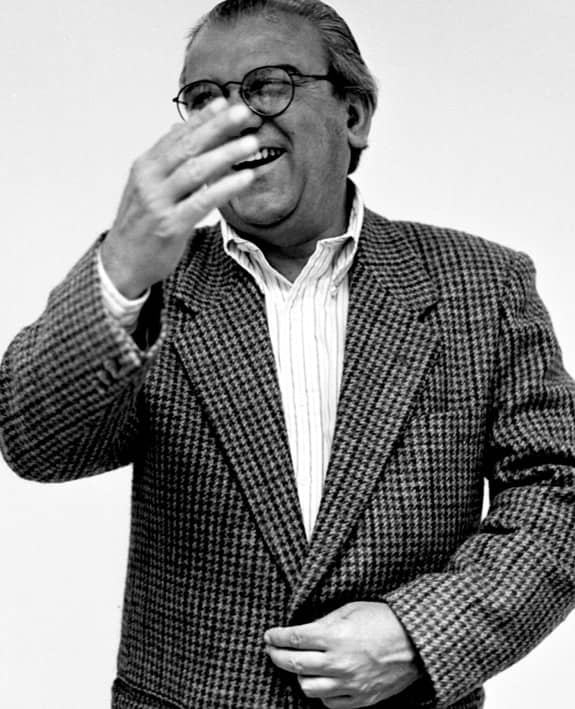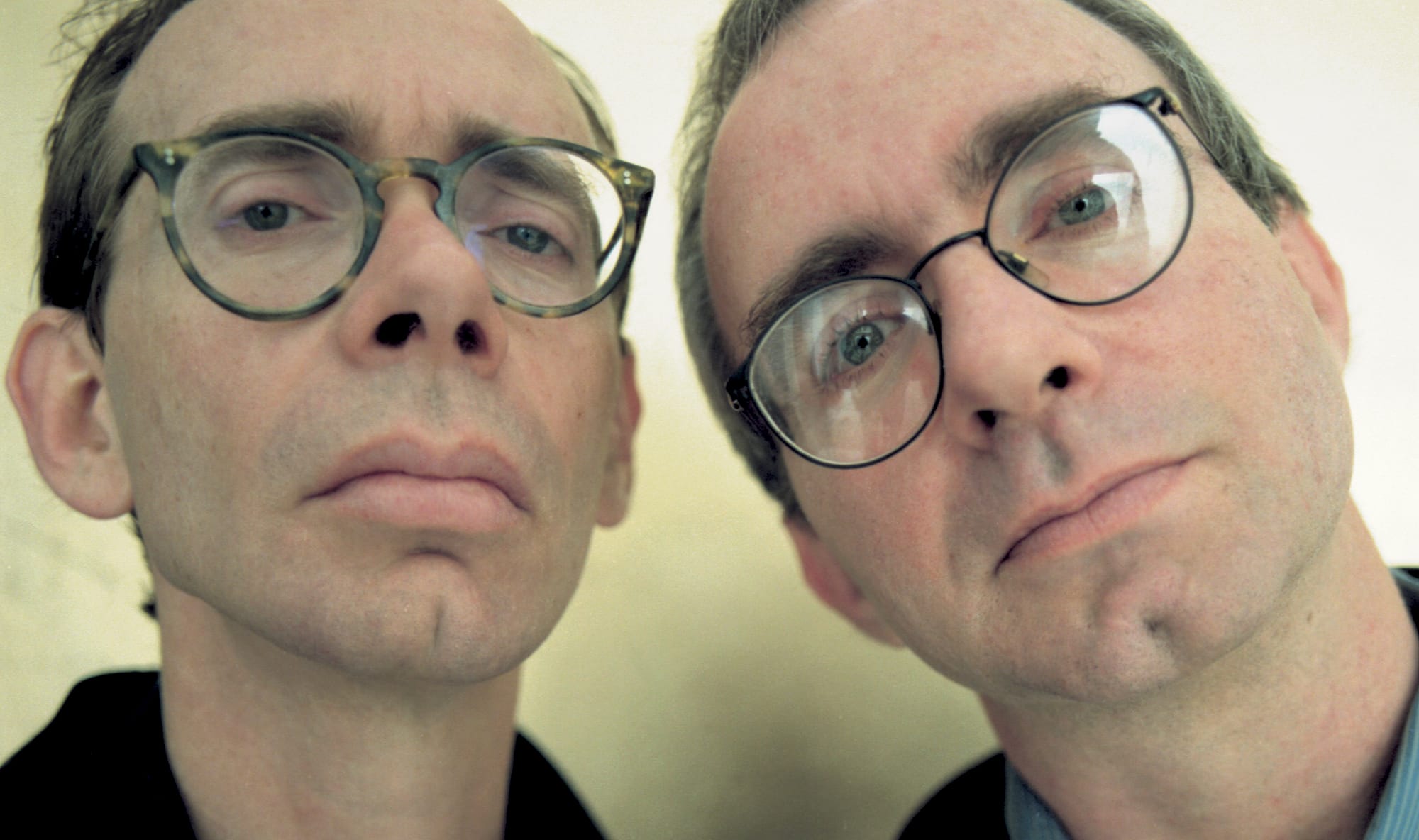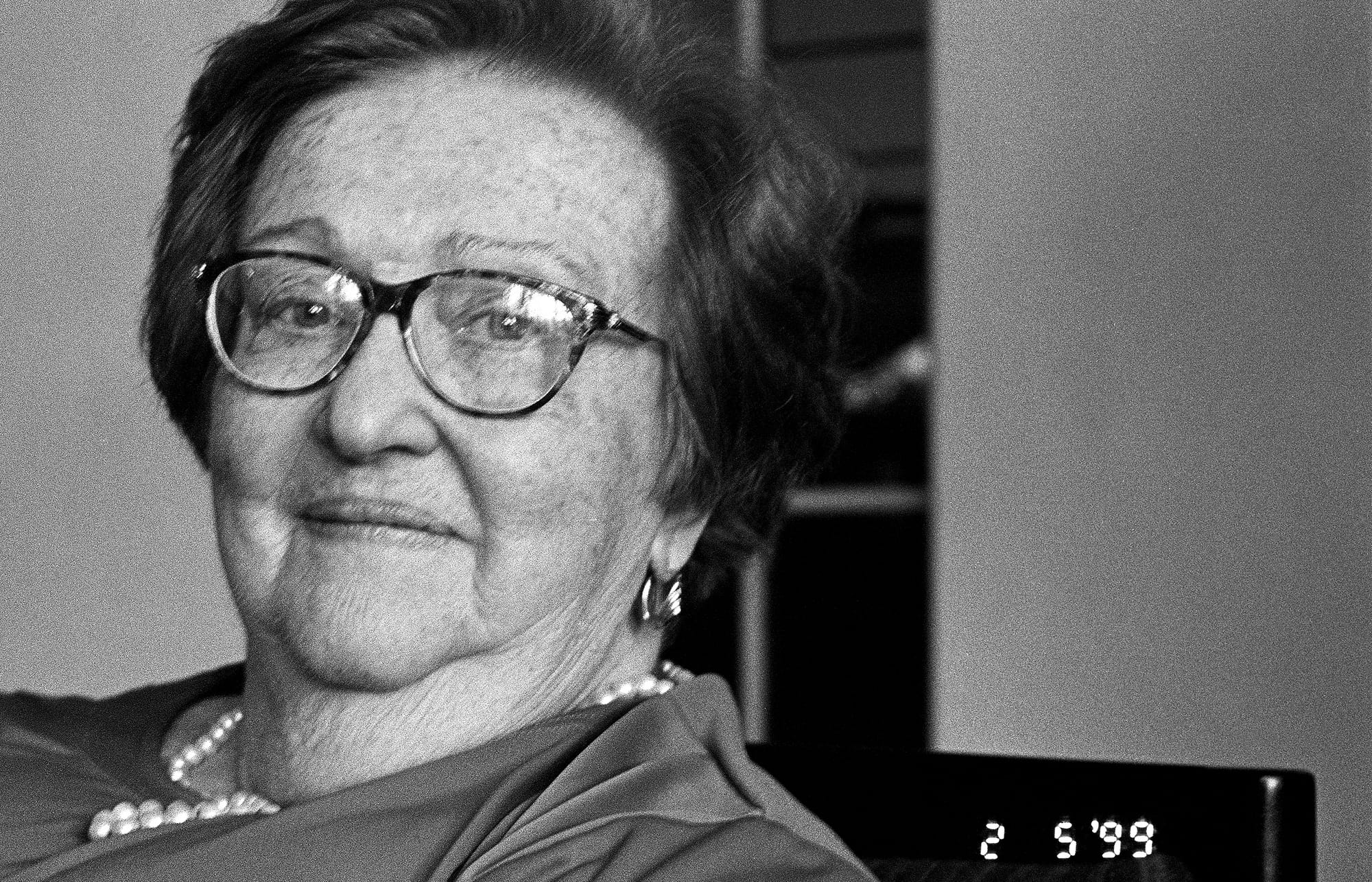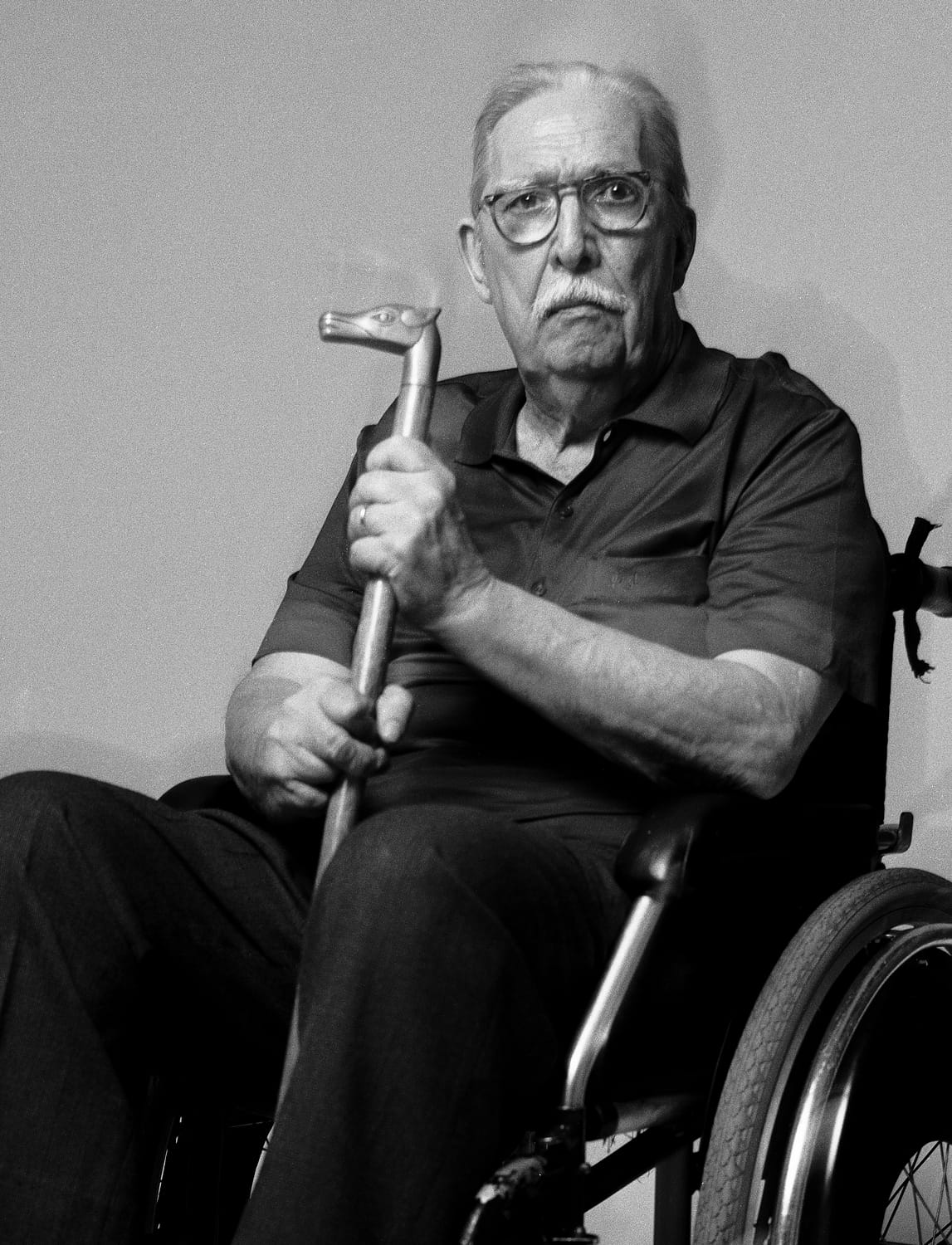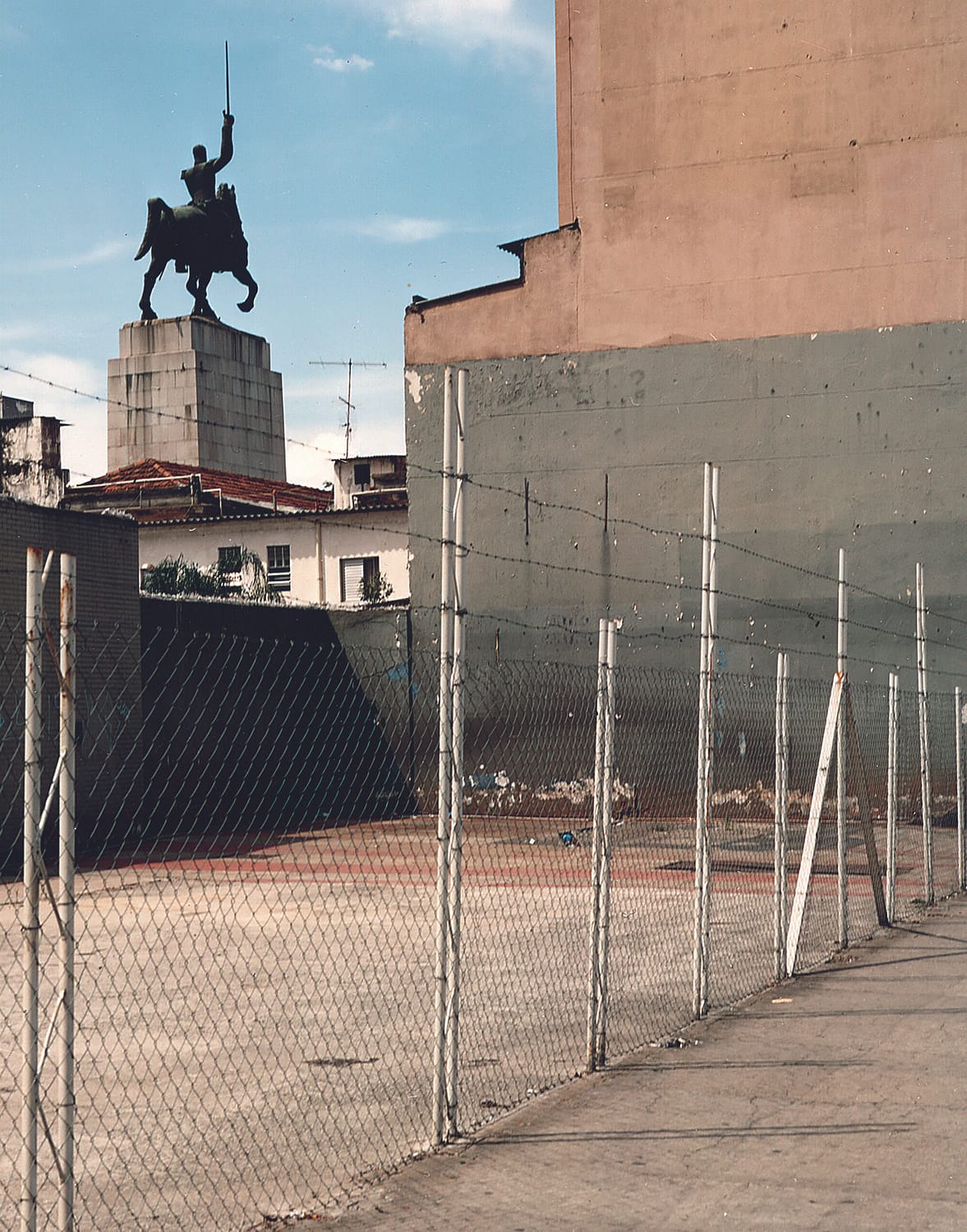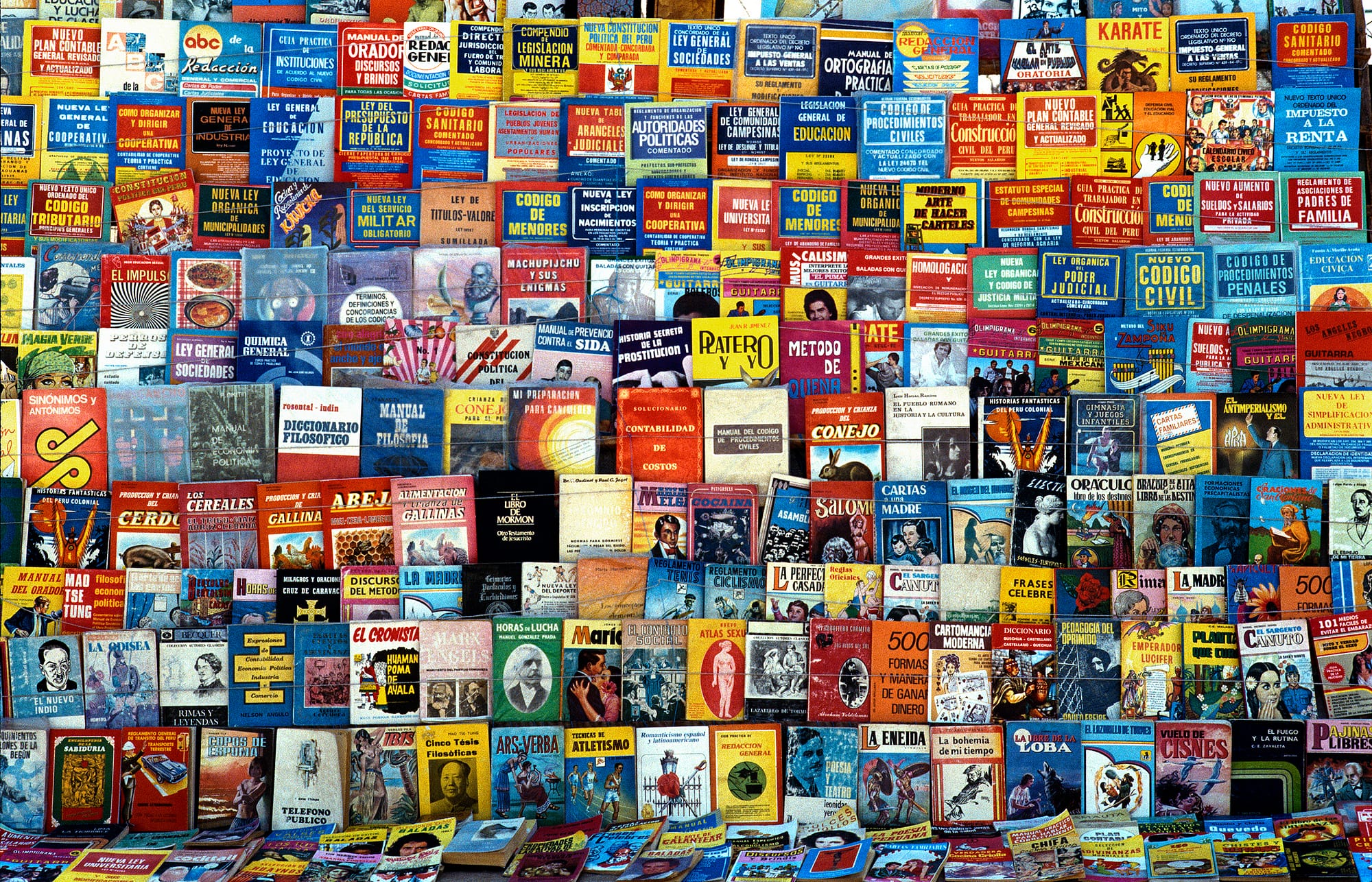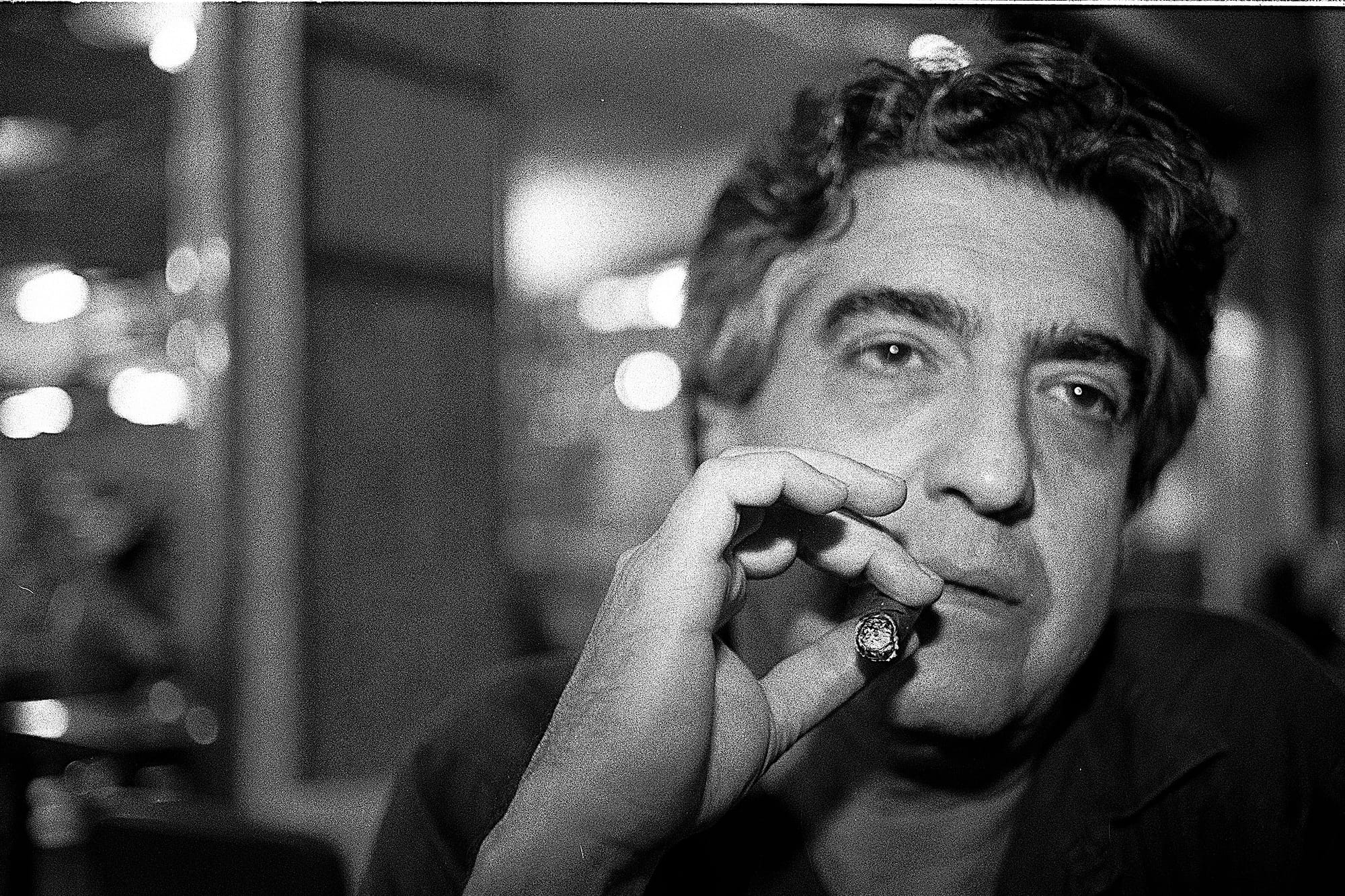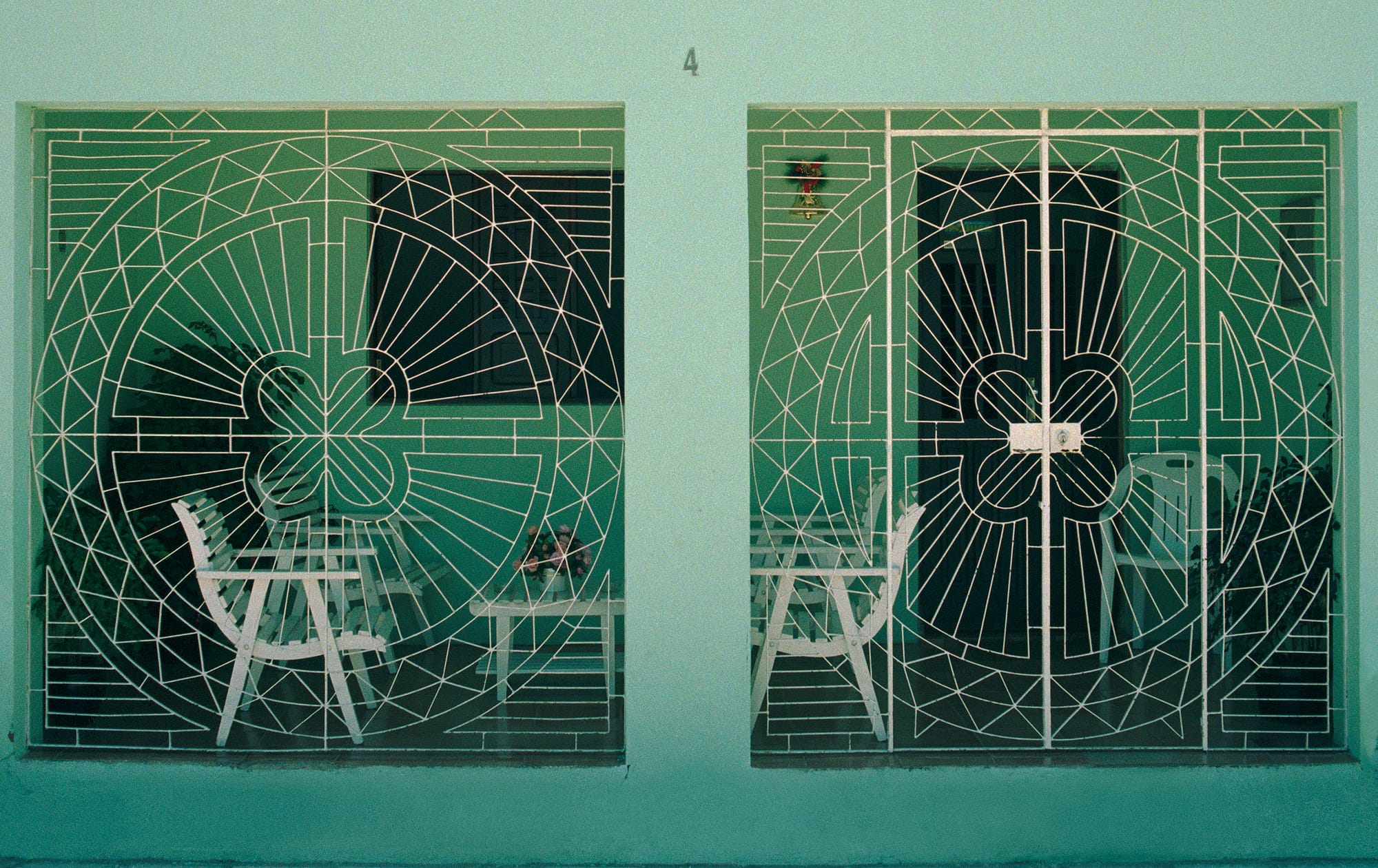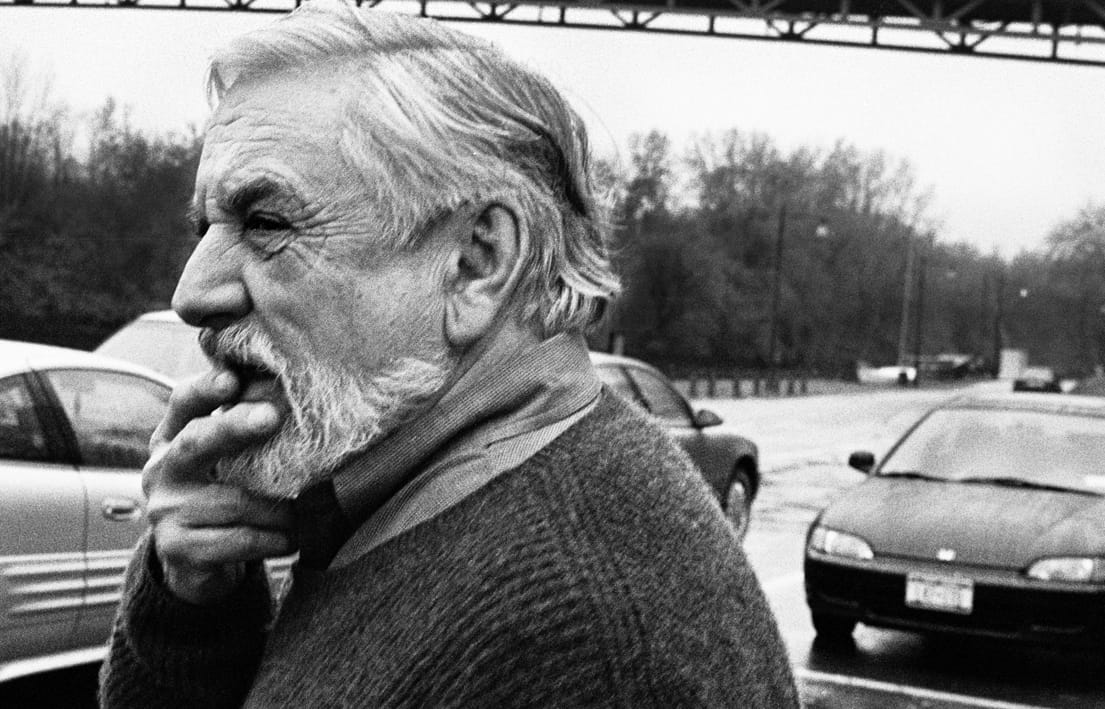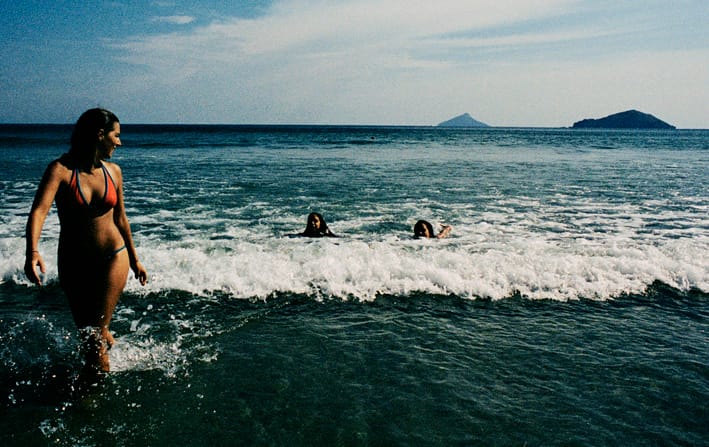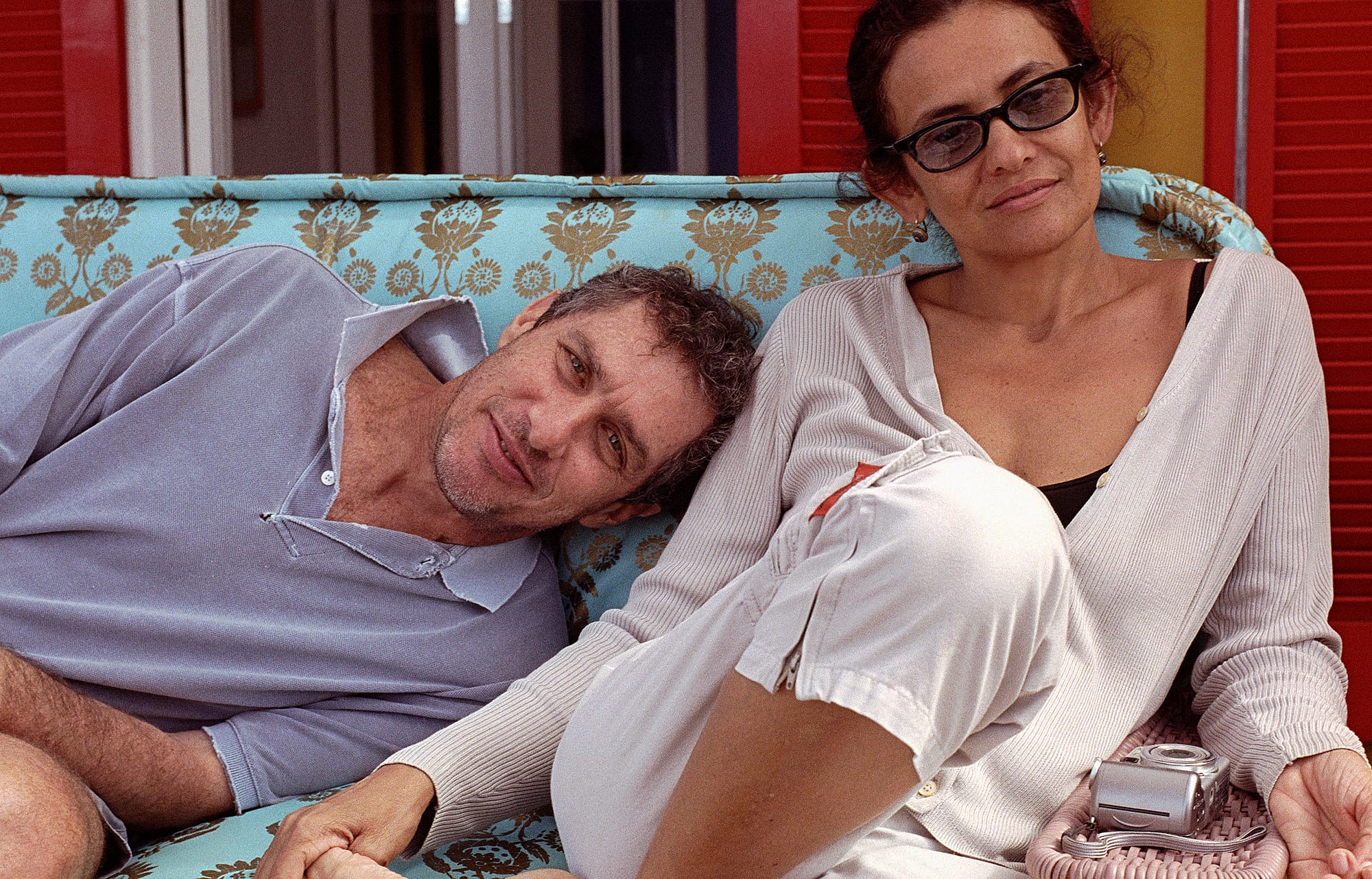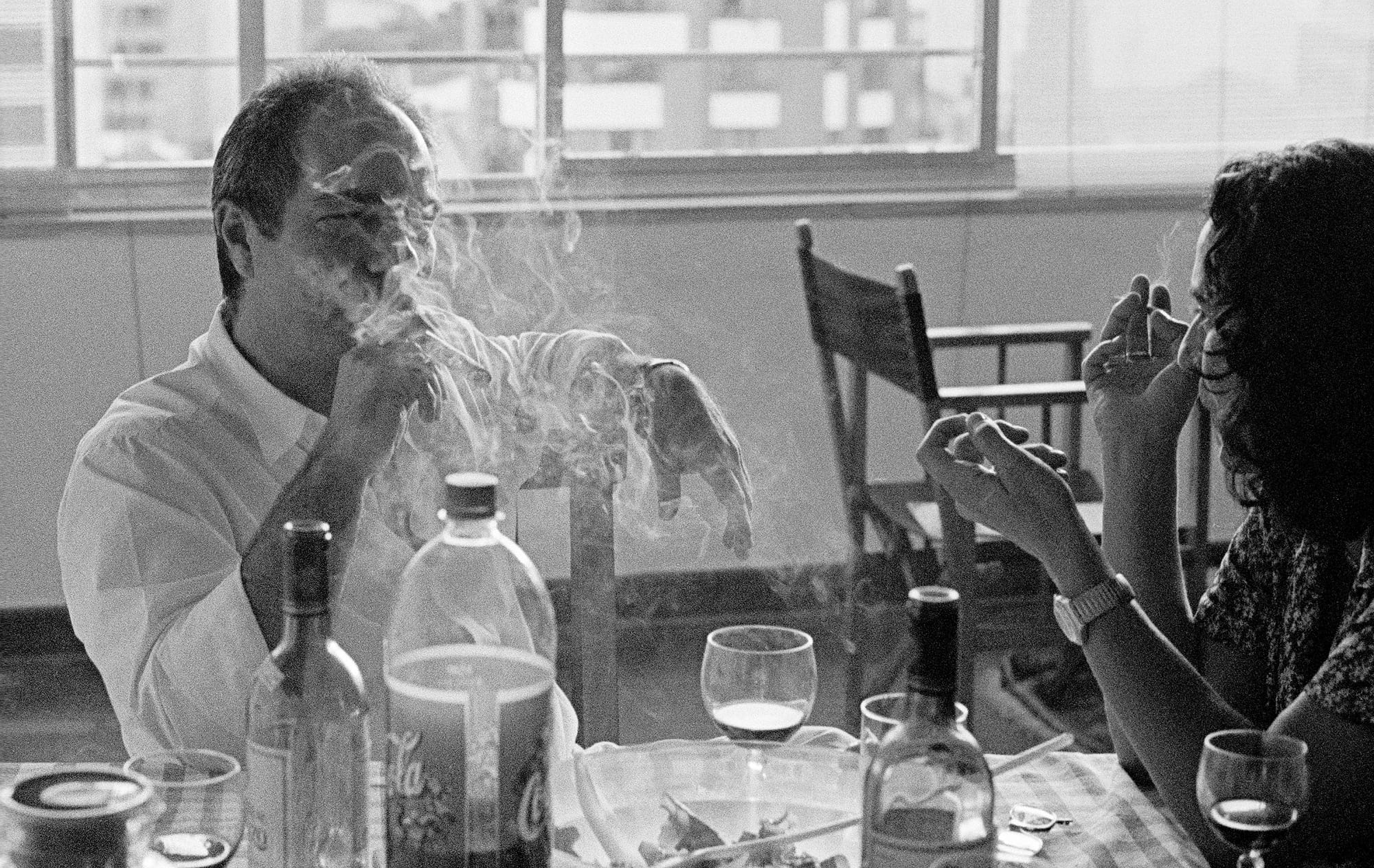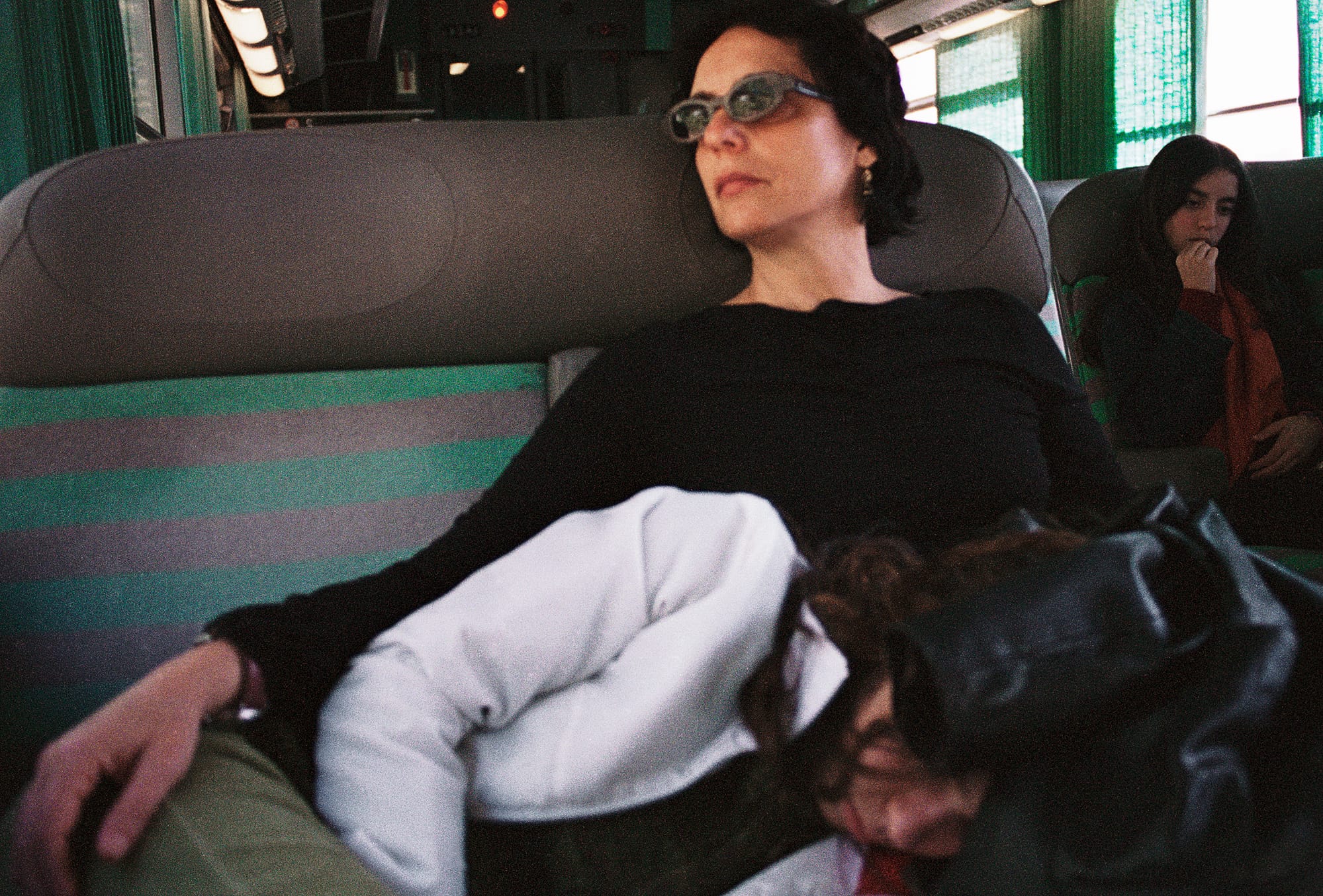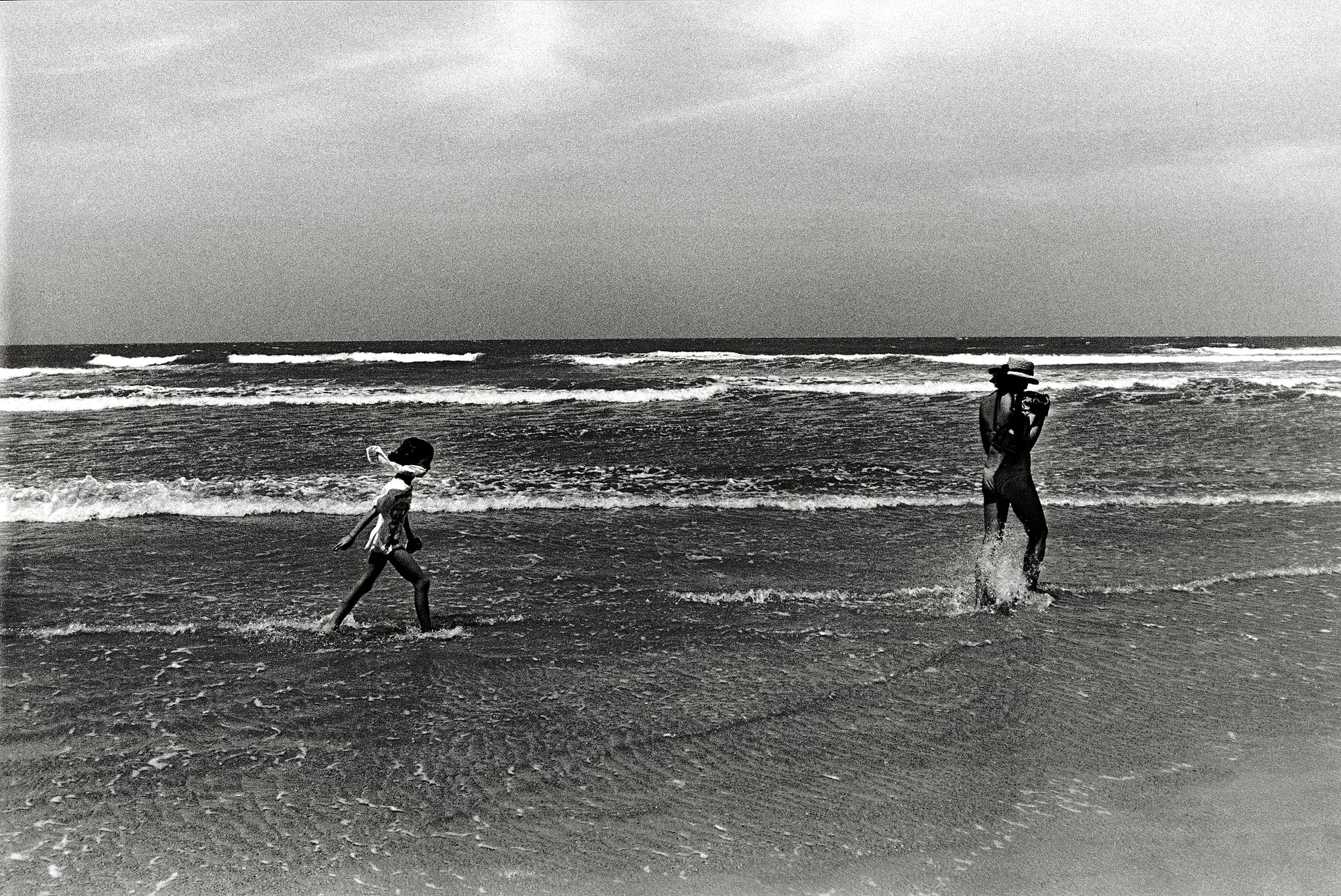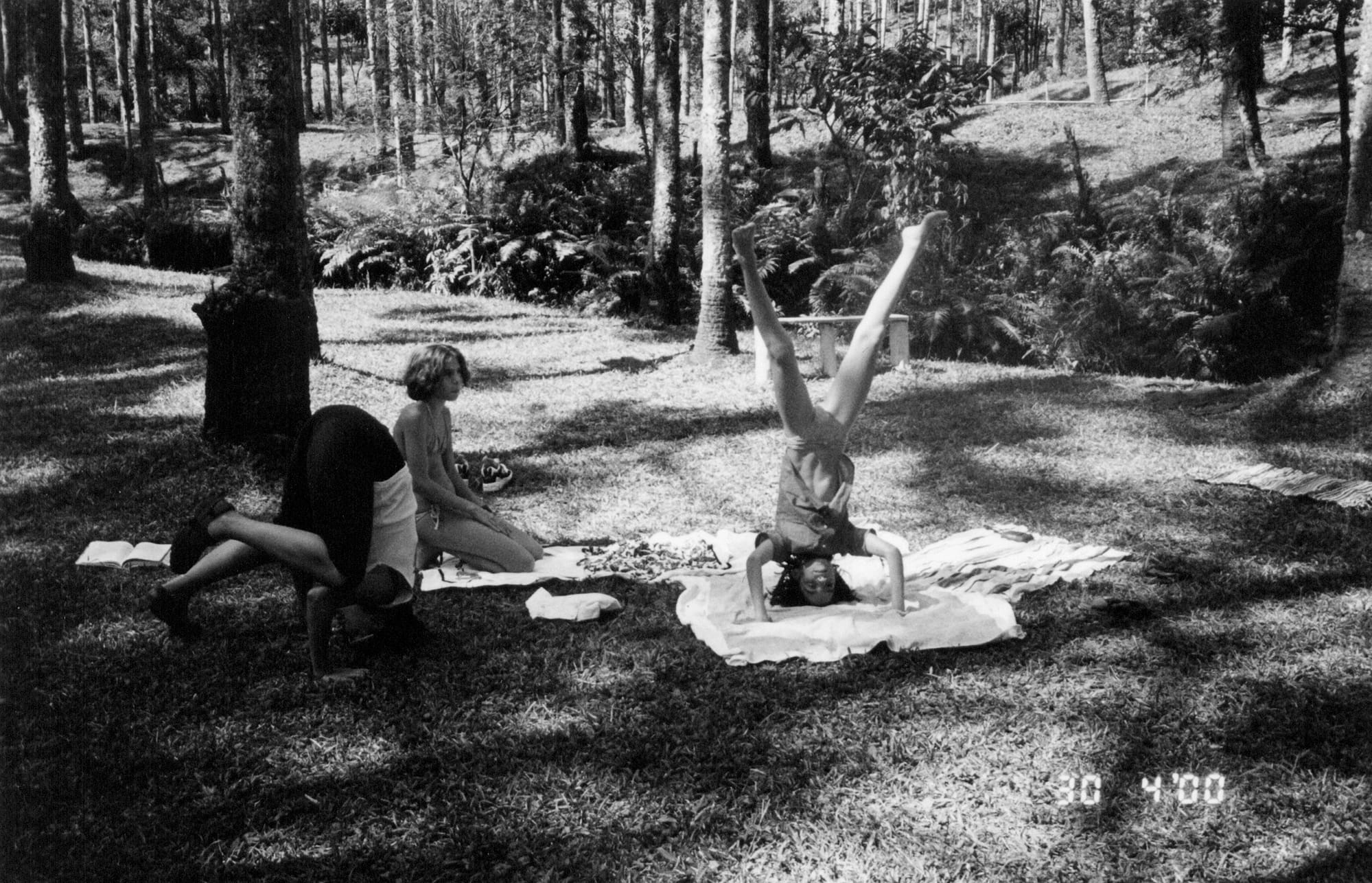ANTI-FAÇADE AND GOLDEN BINDING
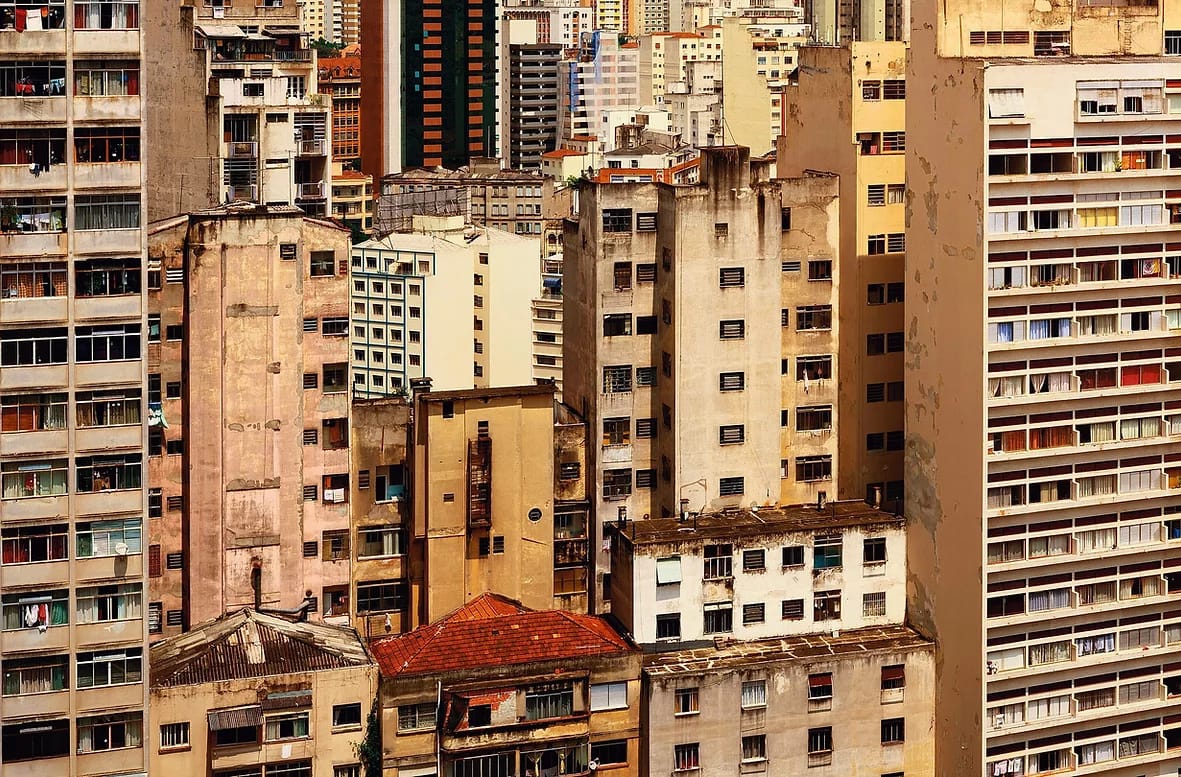

Ditch, without date
Azulejo do meu banheiro, sem data
Cinema Morocco, 1995
Pao de acucar 4
Carnaval, 1996
Vadim, Zé Celso e Marcelo, 1997
Cinema Ideal, 1999
Building Dorly, 1997
Pipe (from left to right): Laura, Renata, Monique, Fabiana, Silvia, Petra, Jaqueline, Ira, Deisi, Camila, Cheila, Poliana, Sabrina, Raquel, Eliana, Paula, Fabrícia and Reca; 2004
Pipe 2 (from left to right): Gisele, Alessandra, Juliana, Karina, Graziela, Jenifer, Mônica, Jakeline, Vanessa, Fernanda, Andrea, Simone, Bárbara, Cris, Lara, Regina, Fabiana and Daniela, 2004
Isabel, 2000
Fanny, 1999
Vadim, Fransérgio, Zé Celso and Marcelo, 1997
Mariza, 1989
Caroline, 2002
Luciana and self-portrait, 1998
Laura, 2004
Alexandre, 1998
Chica, 2003
Mariza, 1993
Mariza, 1993
Helena, 1999
isabelestrada
Boy, 1997
Sandra e Sandra, 1997
Campo do Estádio do Pacaembú, 1999
Mariza, Chica and Helena, 1998
Roberto, 1998
Isabel, 1997
Maria Helena, Bel, Marjorie, Dênio, Maurício, Xanna, Davi, Chica and Lucila, 1997
Pessach, 1997
From the balcony of my house, 1997
Mariza, 1999
Arnaldo, Marina and Suzana, 1999
Reinaldo, Xanna and Dênio, 1999
Isabel and Nina, 2001
Mariza, Marieta and Helena, 2002
Diva, 2004
Mariza, Tânia, Marjorie and Virgínia, 1994
Silvia and Alice, 2004
Jair, 1998
Paulo e João, 1995
Isabel, Paloma and Inês, 2001
Saul e Firma, 1996
Helena and Mariza, 1999
Tenorio, 1996
Arto and Duncan, 1997
Maria, 1999
Geraldo de Barros, 1998
Caxias Duque, 2003
Used bookstore, 1989
Gilberto Felisberto, 1997
Facade, 1998
Otto Stupakoff, 2002
Chica, Isabel and Isa, 2003
End of party, 2004
Leo and Chica, 2004
Pedro and Solange, 2004
André and Claudia, 1999
Mariza, 1998
Isabel and Mariza, 1999
Mariza, 1999
Léa, Helena and Isabel, 2000
Anti-façade and Golden Binding: fields of silence in the madness of the imagination.
After nearly ten years off the visual arts exhibition circuit, the photographer Bob Wolfenson surprises us with two photo-essays – Anti-façade and Golden Binding – which, presented together, awaken reflection on our relationship with the city and, with a certain distance, inspire a nostalgic revision of those photo-albums long-forgotten in the corners of memory. In these projects he shows himself to possess the capacity to fulfil the artist’s role of instigating his audience, presenting us with a new perspective, a fresh look at São Paulo and at our own lives, replete with scenes capable of provoking uncomfortable feelings in the face of the obvious. What we have here is the exhibition of a portrait of our complex interiority in which the identification of remembrance with aesthetic emotion is evoked towards the recuperation of a lived experience.
This explicit demonstration of superimposing a mysterious interior order upon the world, clearly present in the photographs selected here, shows that, despite the chaos that has stemmed from a lack of planning of the urban space and the irresistible improbability of control over the banalities of life, the photographer finds true extracts of purity and harmony in the photographic record of its forms, as if looking to (re)order its desires, balance the senses and (re)encounter its history. The images bolt from memory, as if they were distant flashes of the contemporary fever for real time, to impose themselves as visual fragments materializing as an uneasy manifesto of the difficulty of human existence.
What we can catch in these two essays, at once so different and yet umbilically connected, is the presence of a common battlefield, one of revelations, disagreements and confessions. Bob Wolfenson chooses to walk a tightrope that simultaneously challenges and moves us, seeking inside and out the confined memory of a remote time, fields of silence that allow the observers to involve themselves in each image as if it were a veritable adventure, one which also implies, as in cinema, an incredible experimental duration.
Anti-façade and Golden Binding are authored aesthetic experiments in which absolute space in relation with idealized time legitimises the nostalgia man has for himself, a nostalgia for his history and passage through the garden of ephemeral delights. The almost gloomy light that illuminates the city of São Paulo will contrast with the different lights of everyday snapshots. The creative geometry that leaps up at the eyes, the result of the superimposition of São Paulo’s various styles of building, differentiates itself from the imperfect composition of moments of intimate luminous proofs. In short, the photographer accentuates the dissonance between the excessively technical and the simplicity of a photography almost void of pretensions, creating a possible strategy that reveals the calm, almost natural passing of the transition from public to intimate space.
What occurs is the contrasting of the monumentality and repetition of public space with privacy: the far with the near, outside with inside, the grandiose with the small, exclusion with inclusion, anonymity with the immediately recognizable. This confrontation of ideas, this juxtaposition of concepts, is the touchstone of these so different and yet so similar pieces of work. They are possibilities that have already been used by other artists, who, at some stage in their careers, have searched for the references of a memory forgotten and abandoned in the hustle and bustle of daily life. The city and family as model and reference. Model, that is, in virtue of proximity, and reference, like the imprint of instants captured for all eternity. These are portraits of a happy time which passes all too quickly and whose existence the photograph in some form tries to ensure in the plenitude of the image.
Briefly put, these photo-essays evoke places like indicators of passing time. Anti-façade shows that the urban landscape is inaccessible to the mechanized and speedy passer-by, who does not look, does not observe, does not concretise the experience of relating with the surrounding space and its grandiose scale. Golden Binding privileges the intimate visual story apprehended in ambiguity, in the attempt to organize the successive movements – leisure, liberty, encounters, remembrances – that denote a plurality sensitive to pleasing moments. In fact, in this work Bob Wolfenson perceives space and deals with it visually as if he were a spectator watching the fantastic show of life. He establishes a direct relation between taking in the landscape and registering the scene, aware that this attitude of momentary rarity glimpses the fact that melancholy and loneliness are expressed as the overcoming of individuality. There is apparently no poetry in this, but when the spectator embarks on the long journey of visual reading in an attempt to understand this conjunct of ideas, exhibited with such singularity and competence, one can find a certain lyricism in the interweaving of courses opening up pathways down which we lose ourselves in the madness of imagination.
MAGAZINE S/Nº

